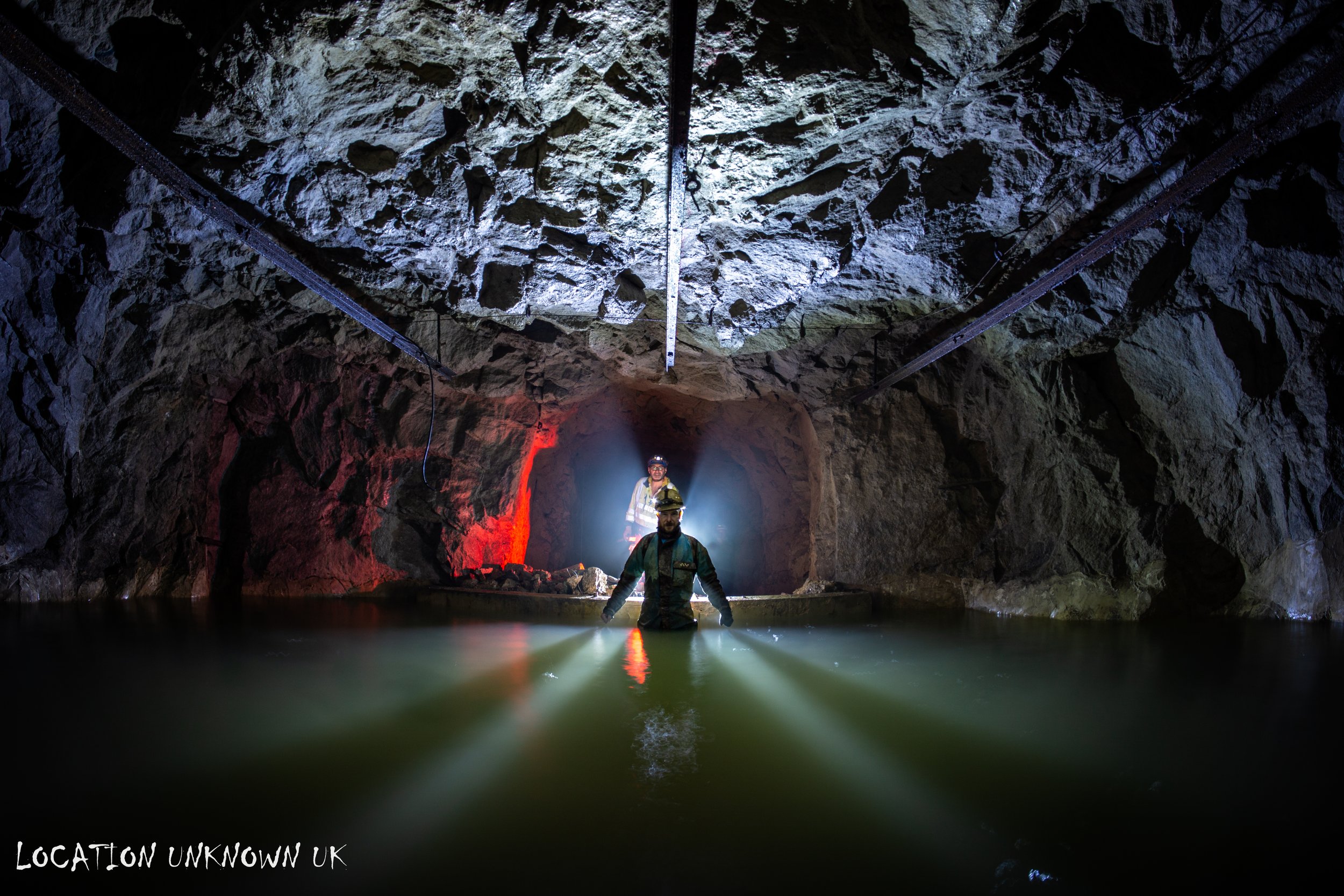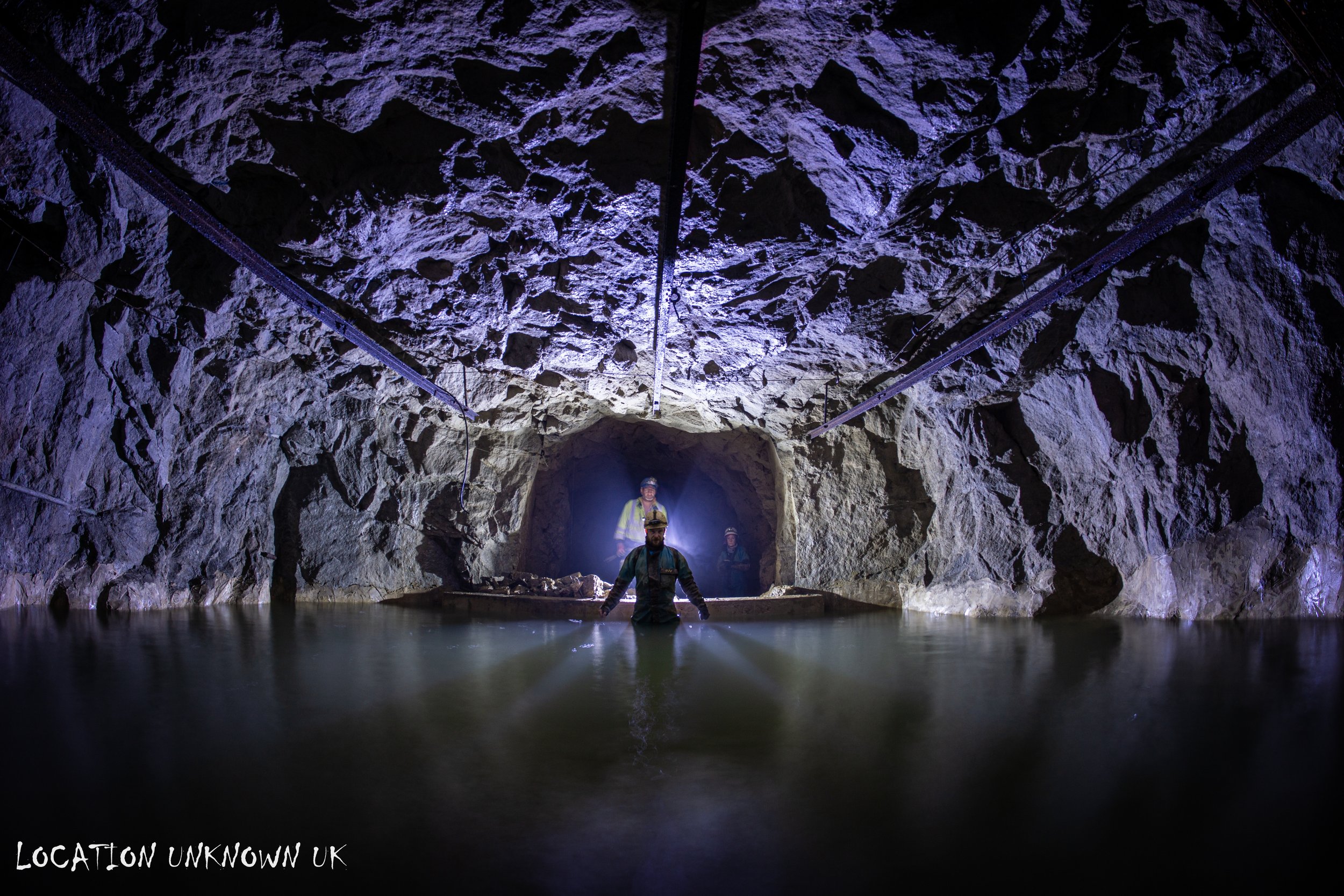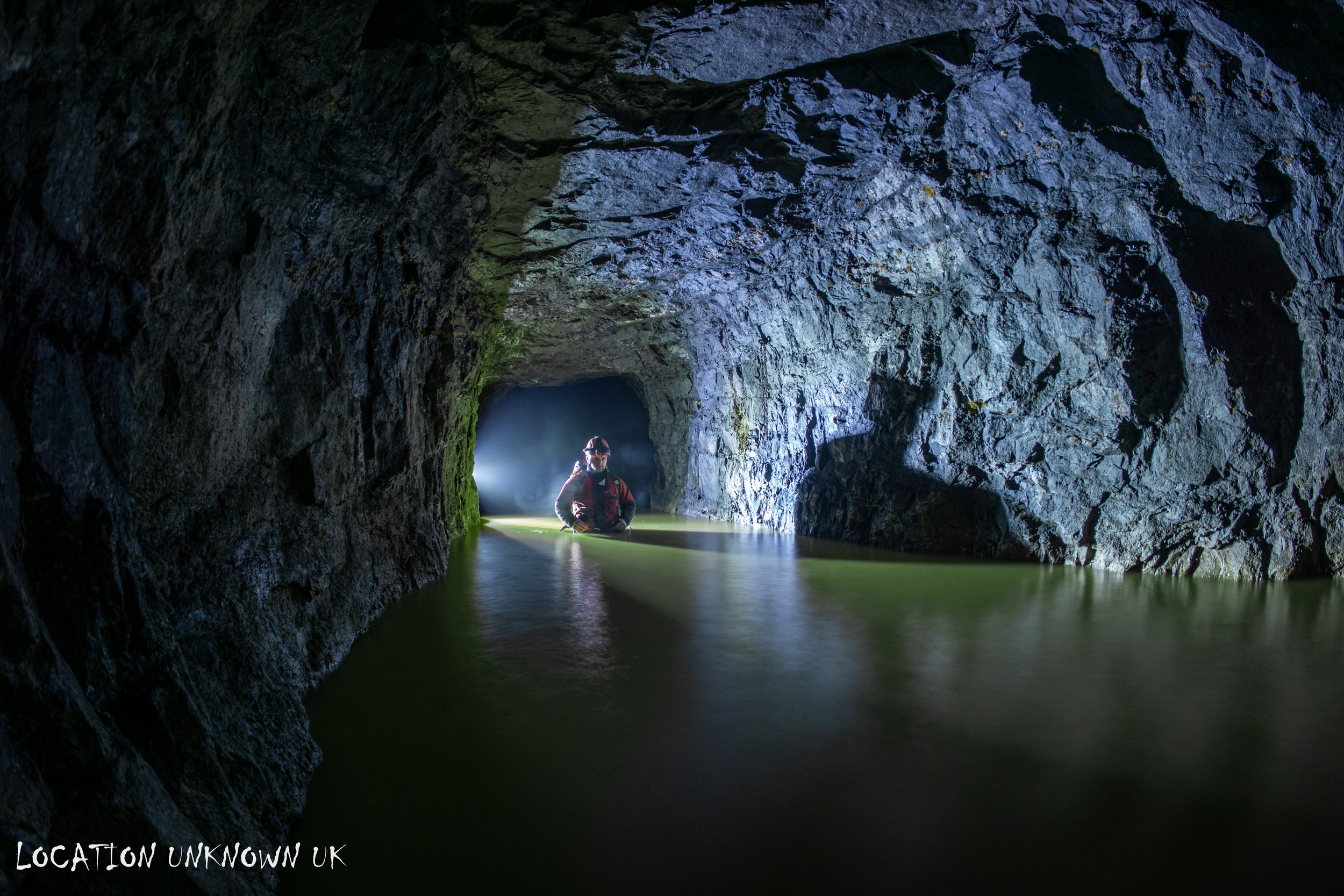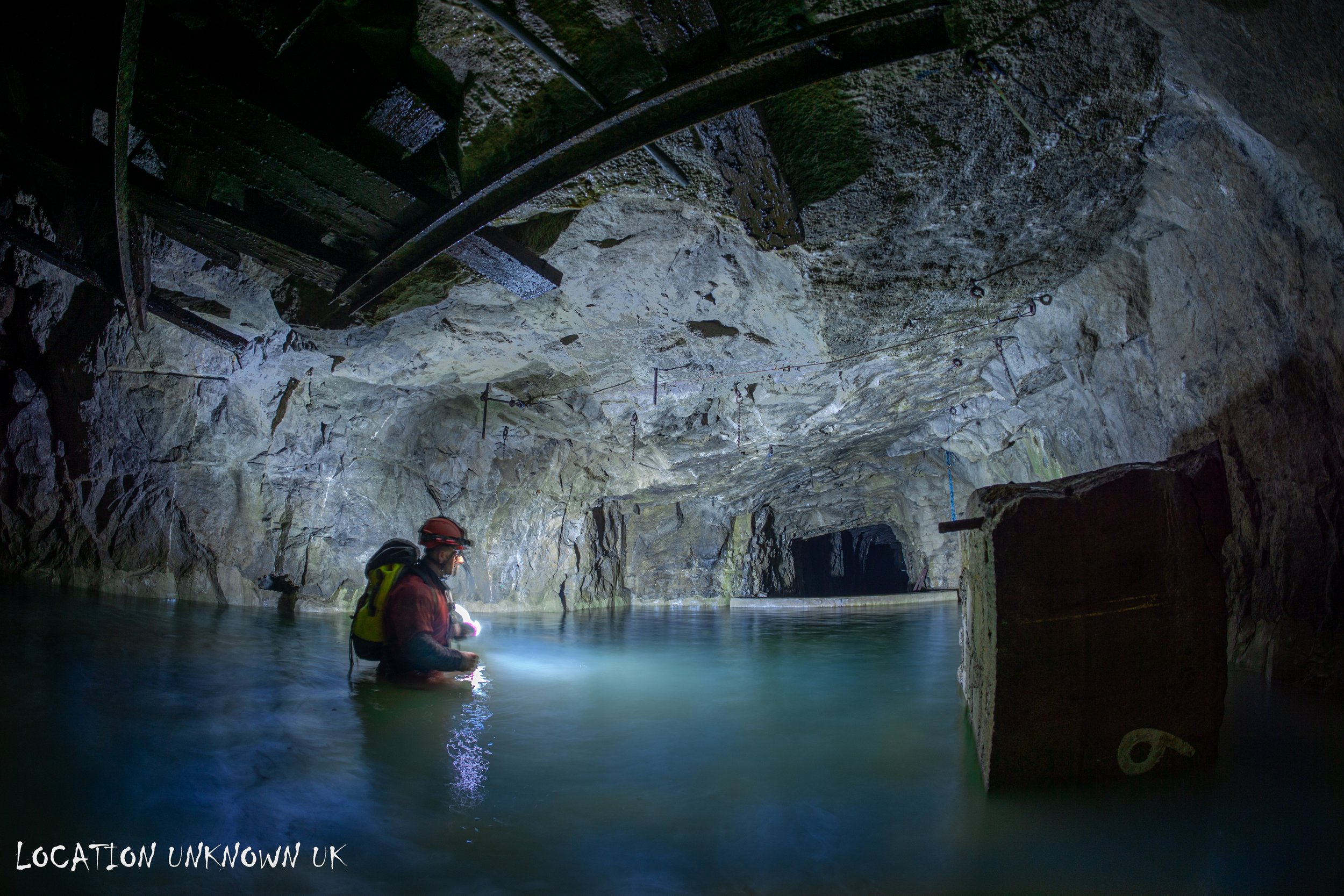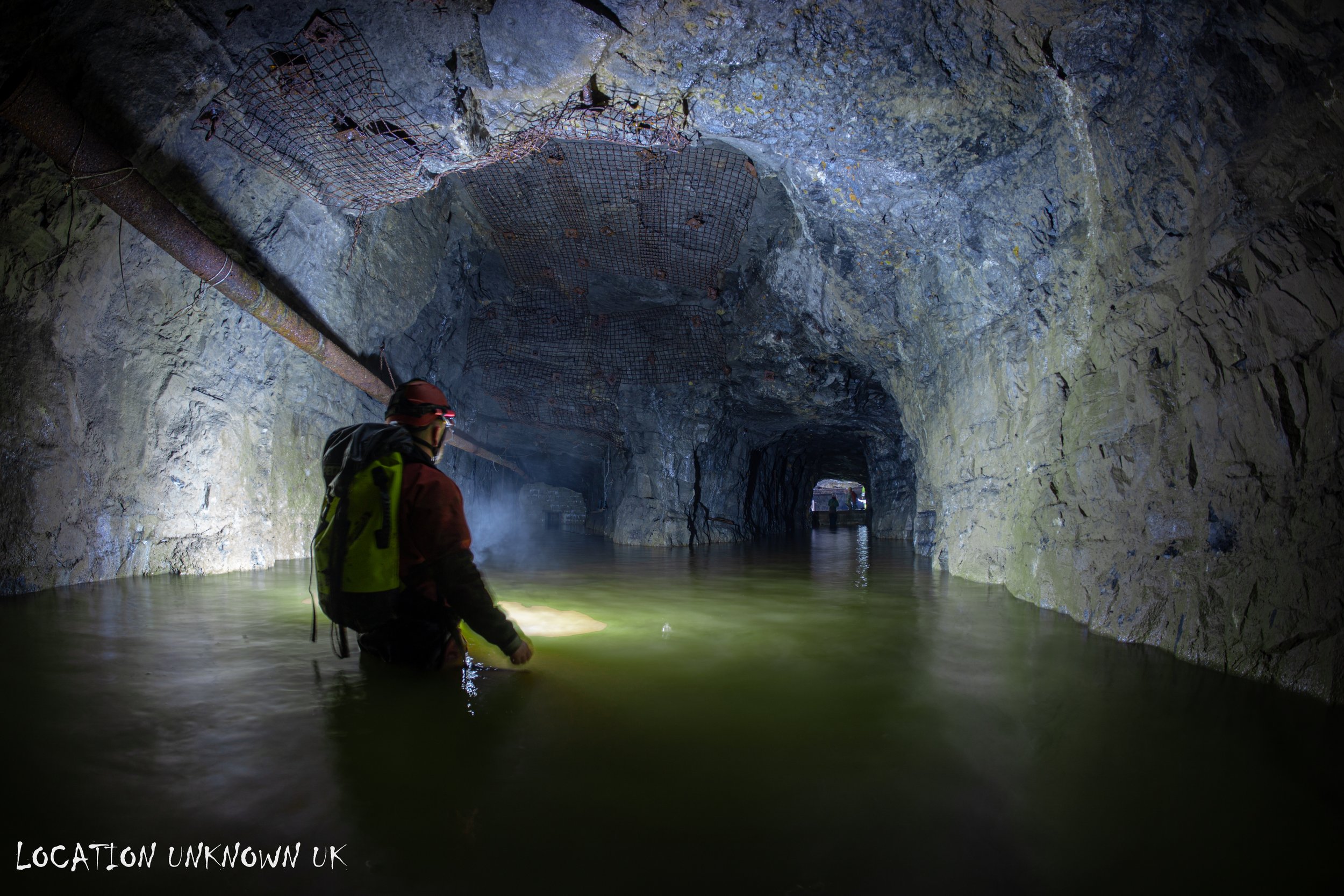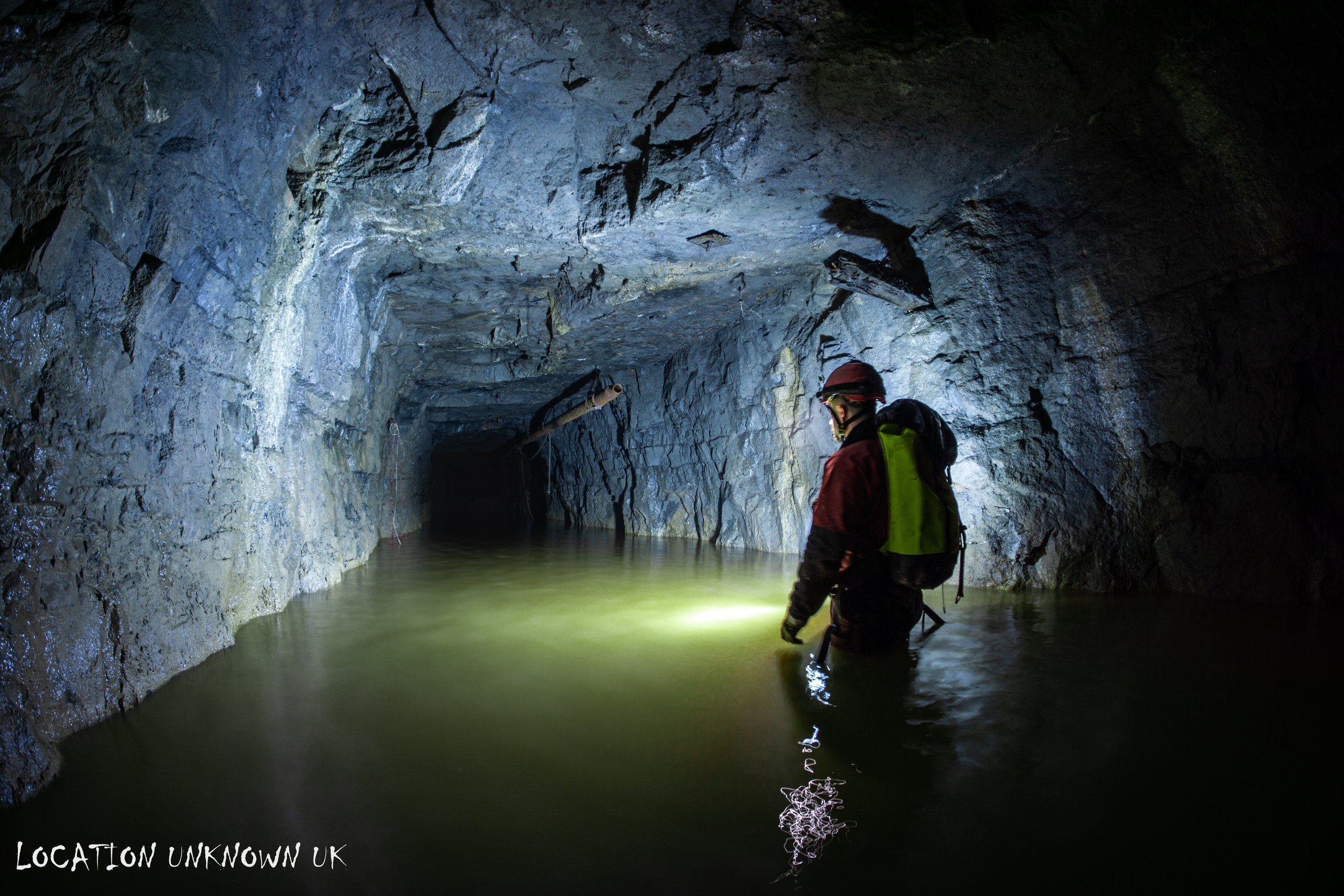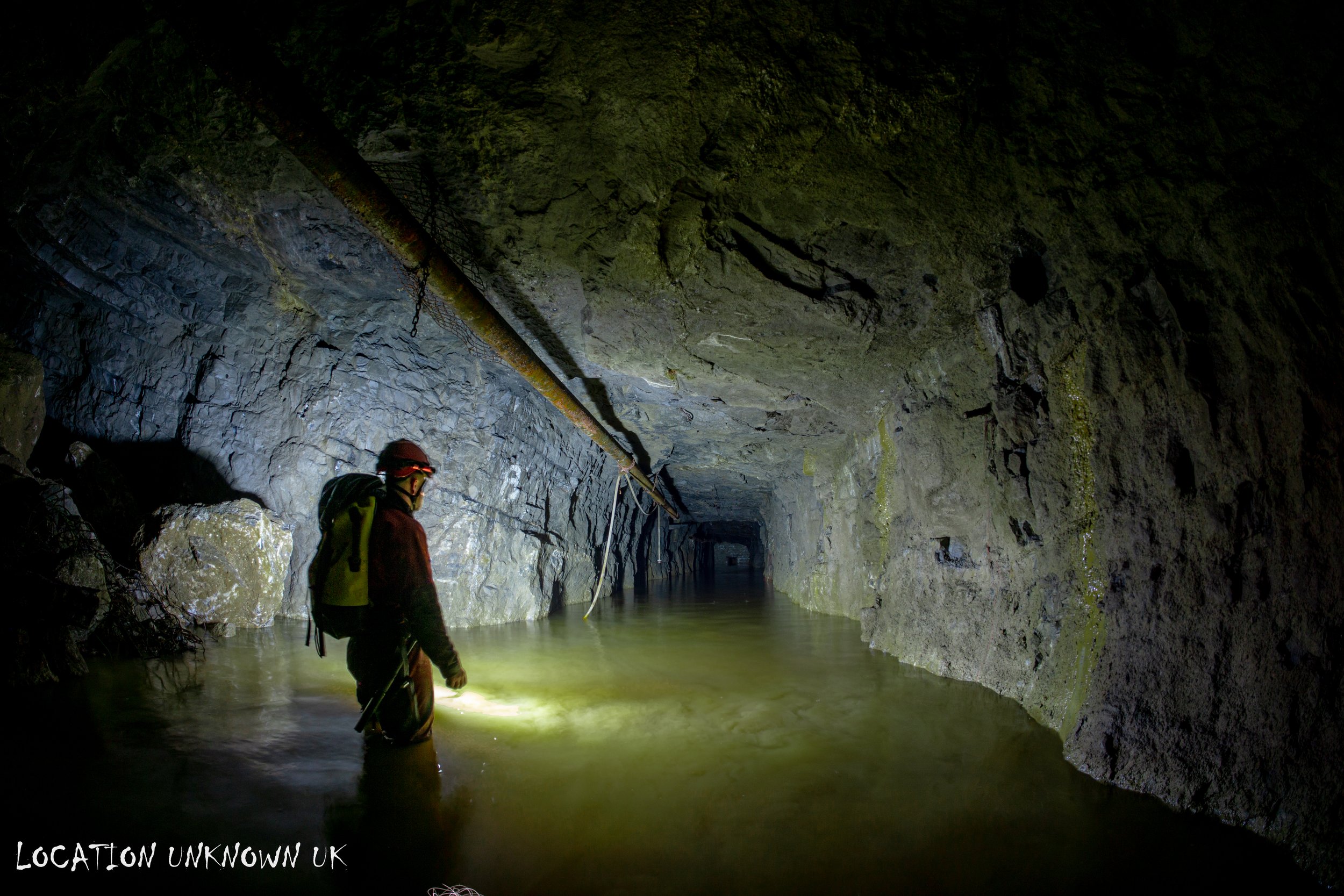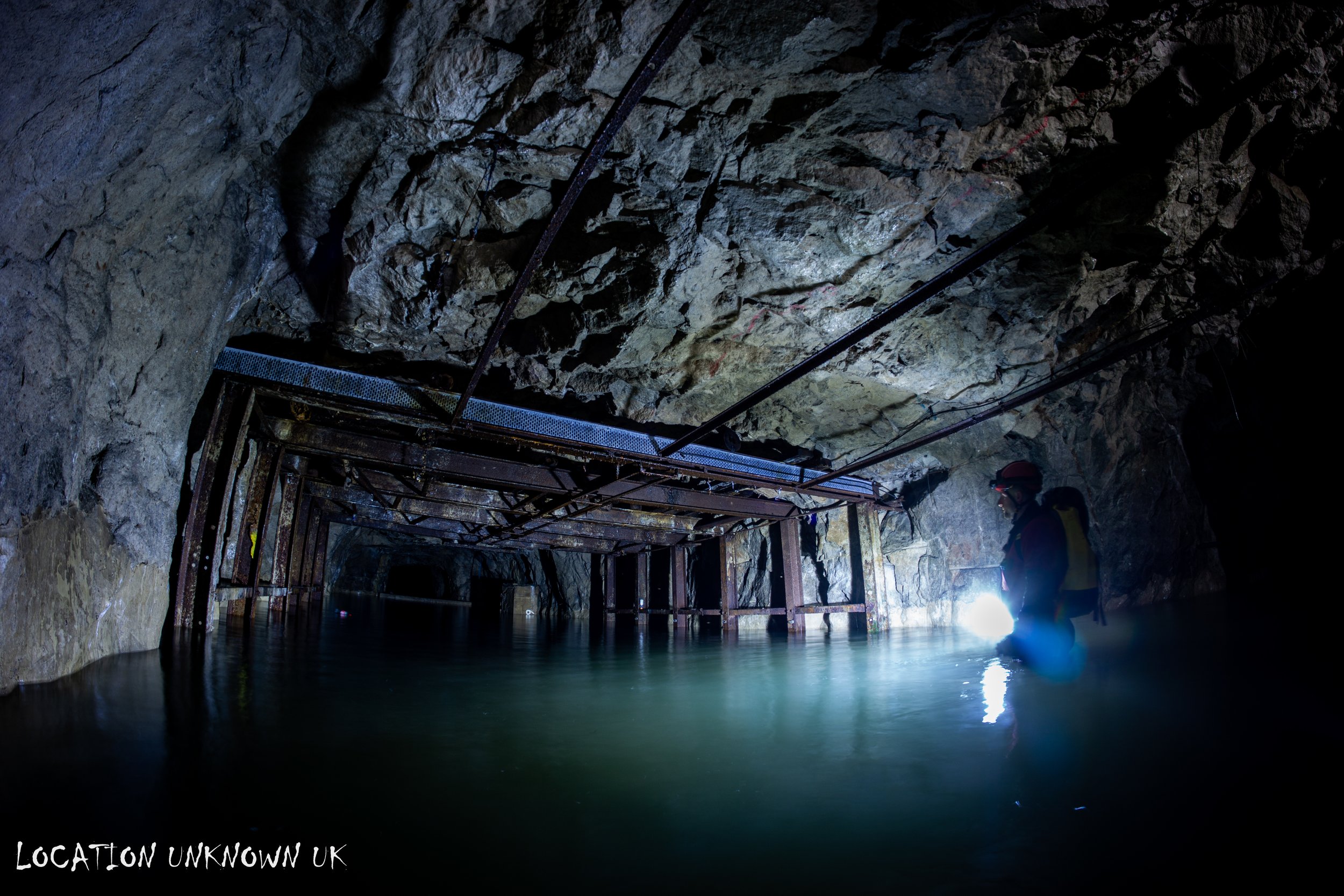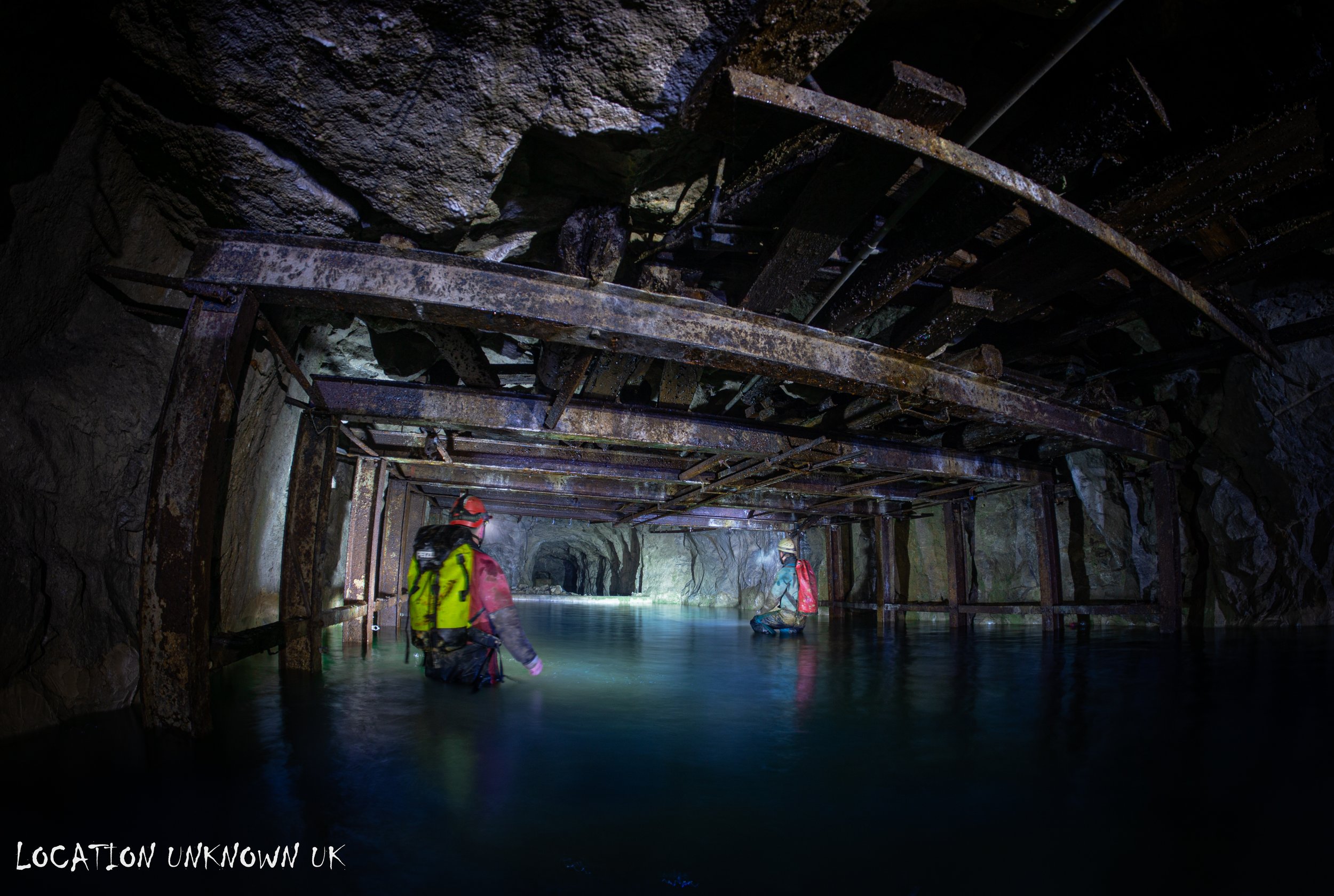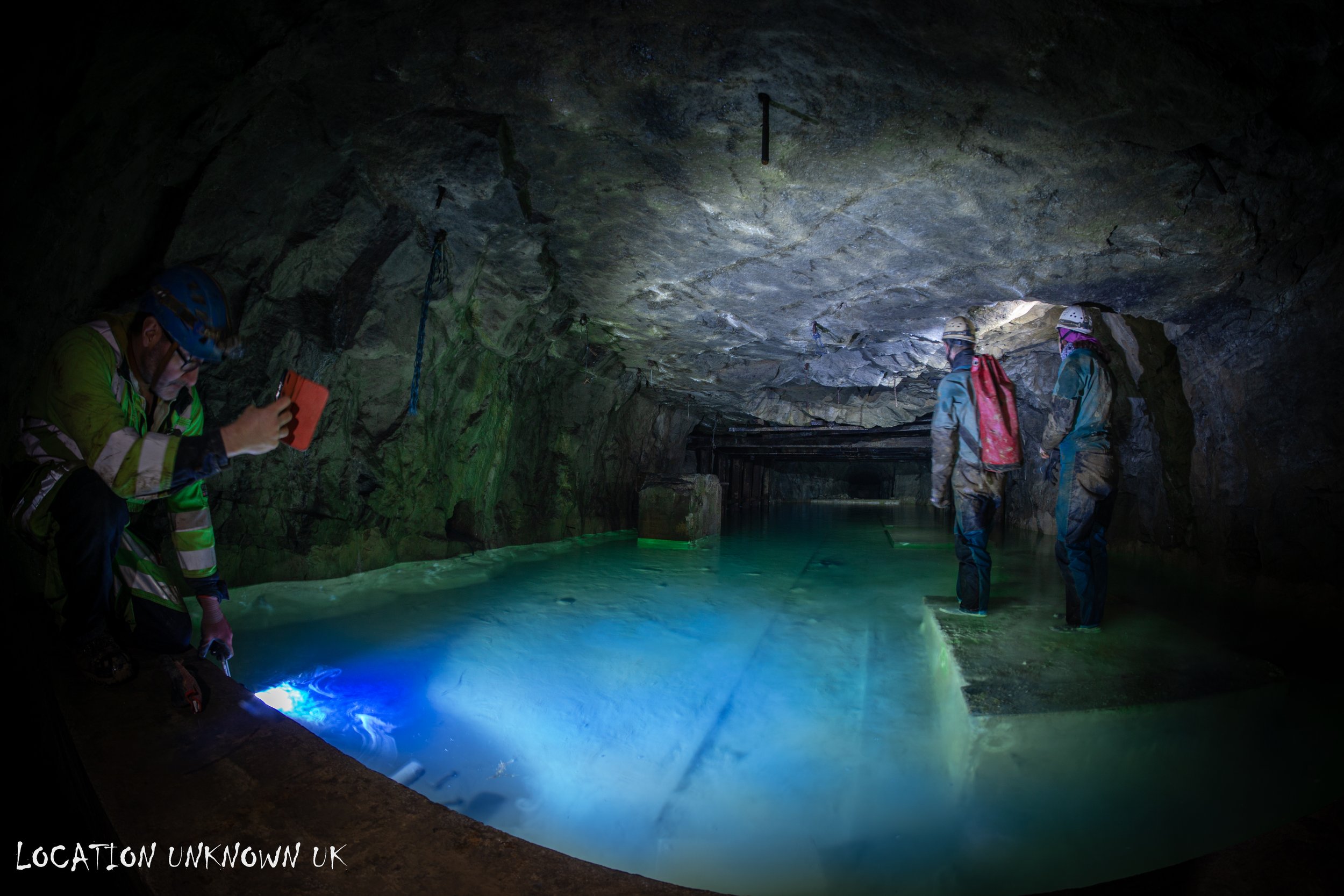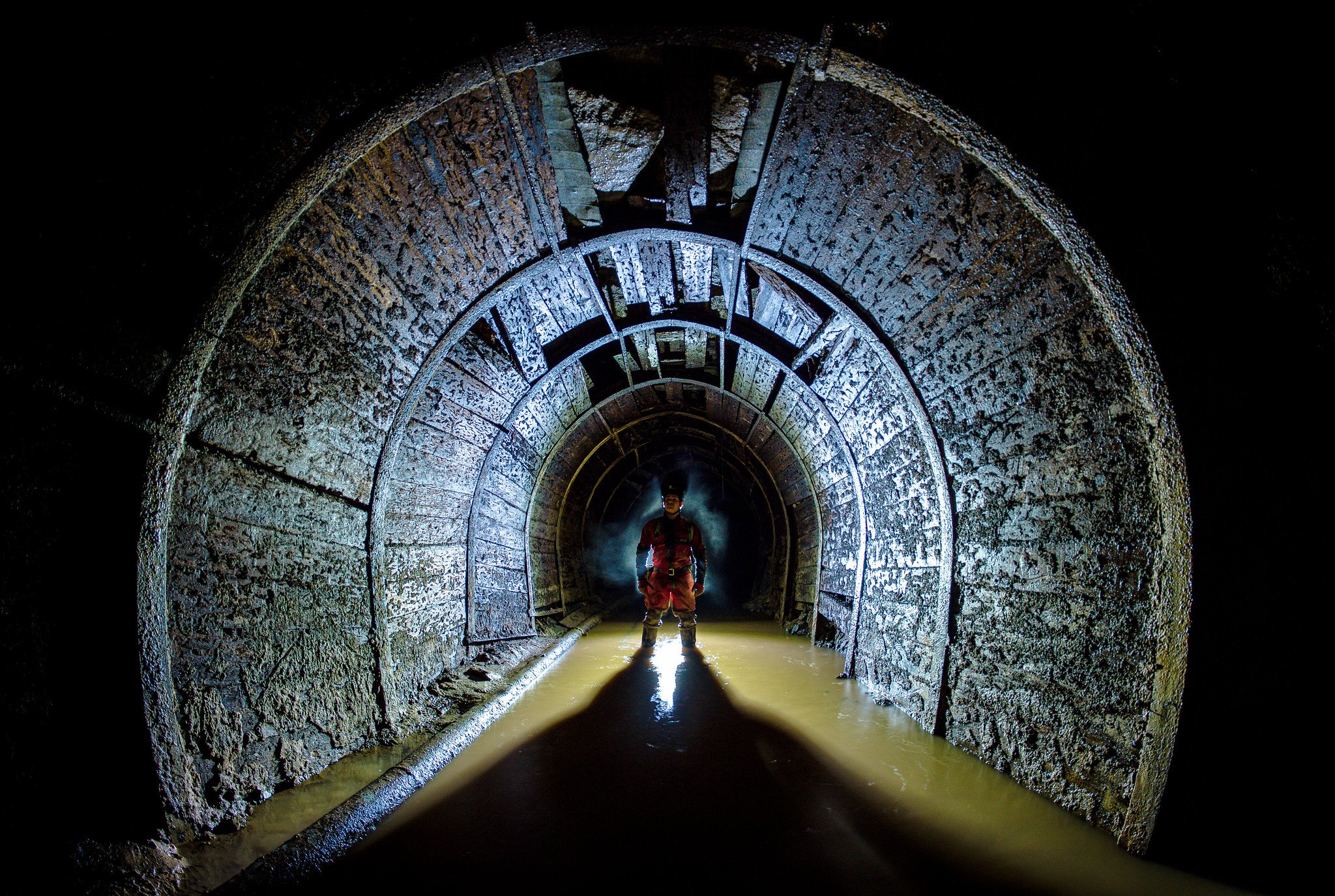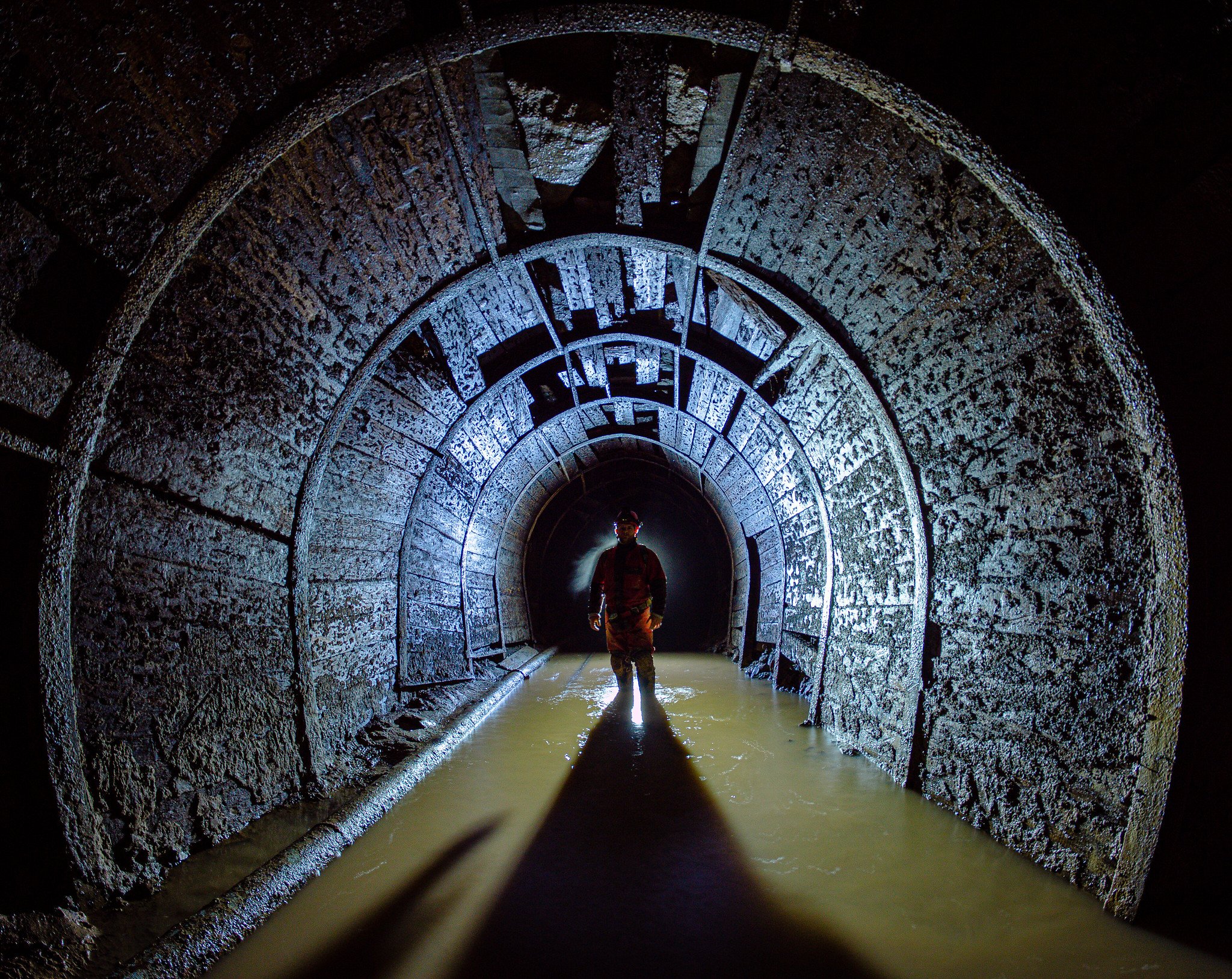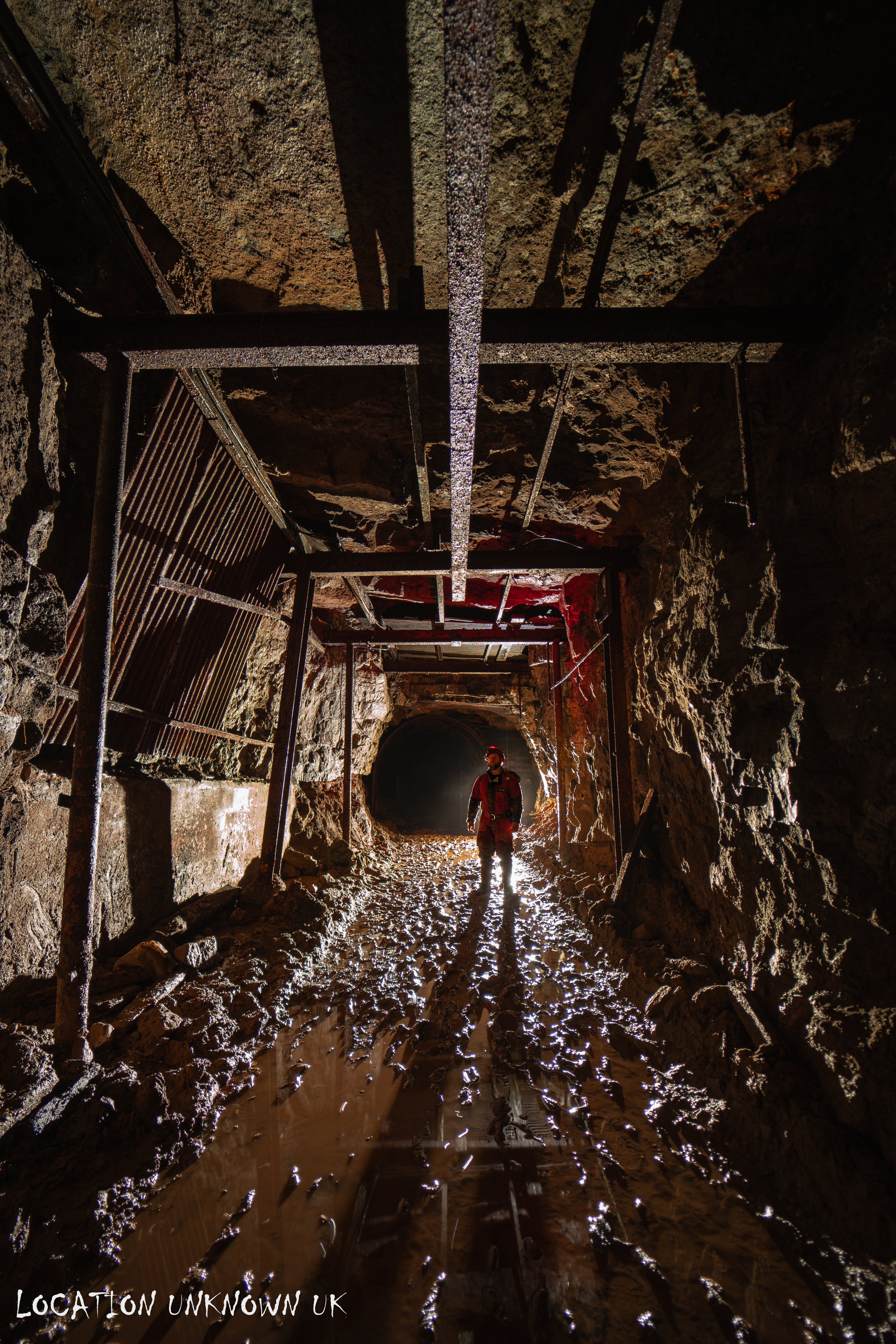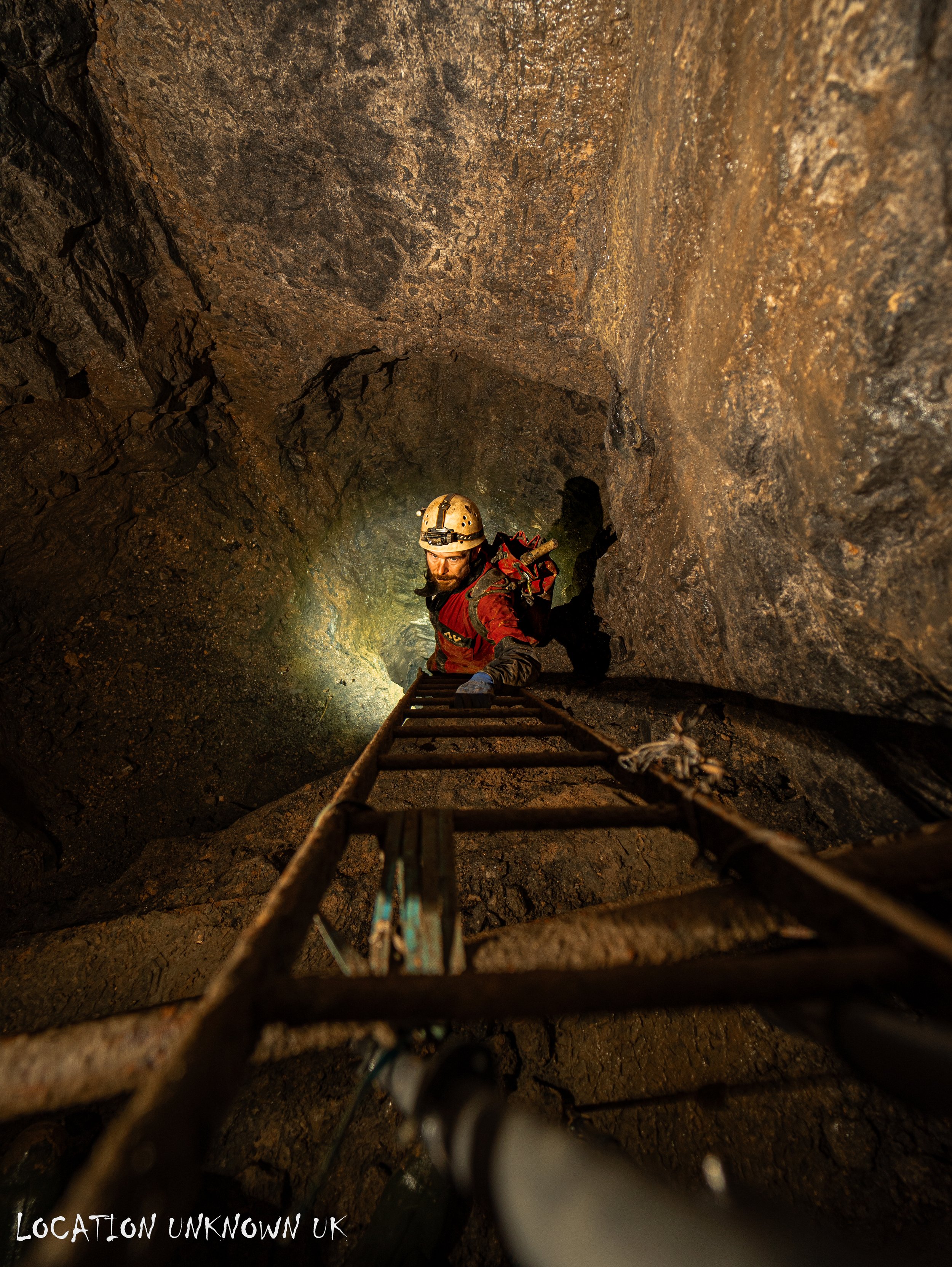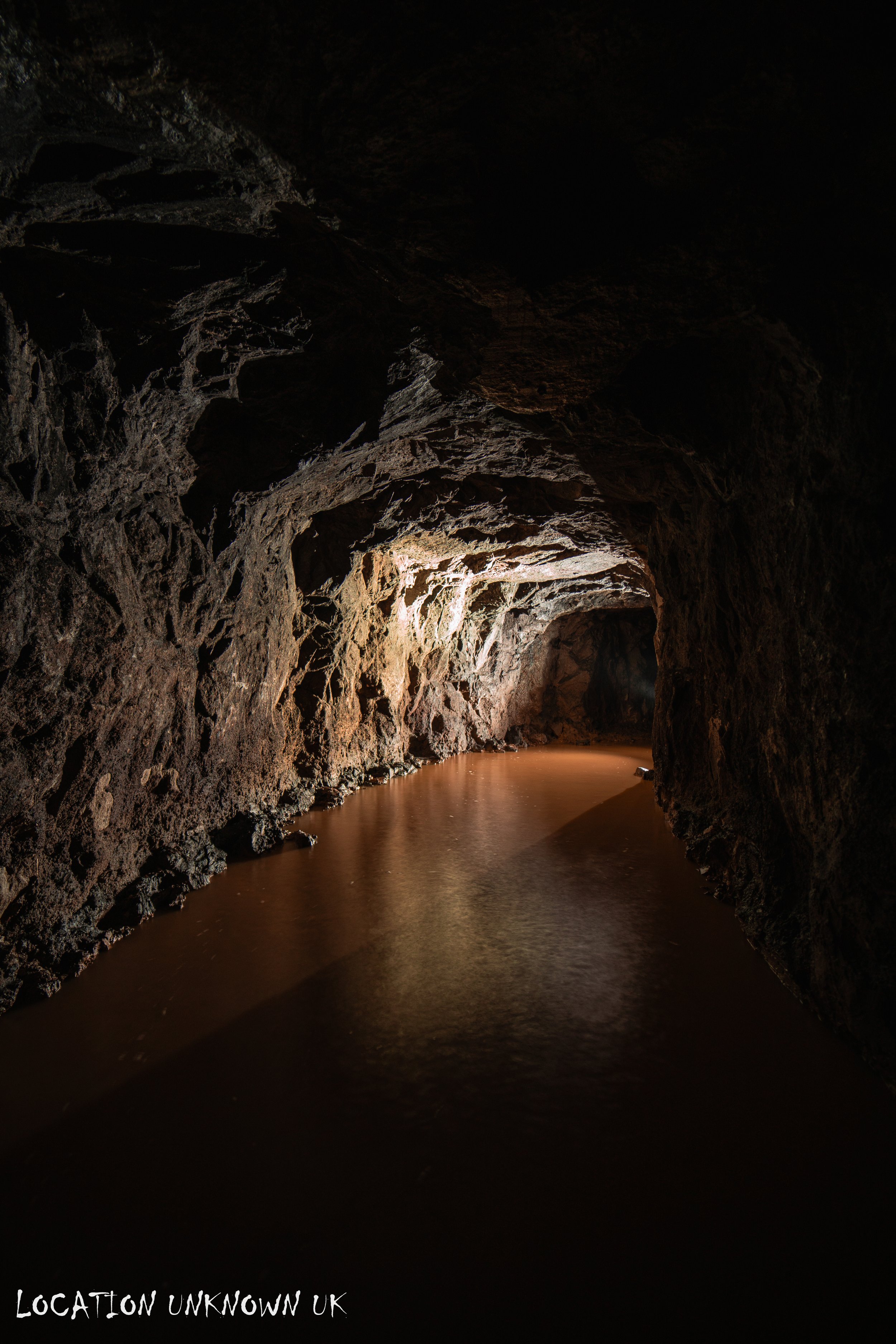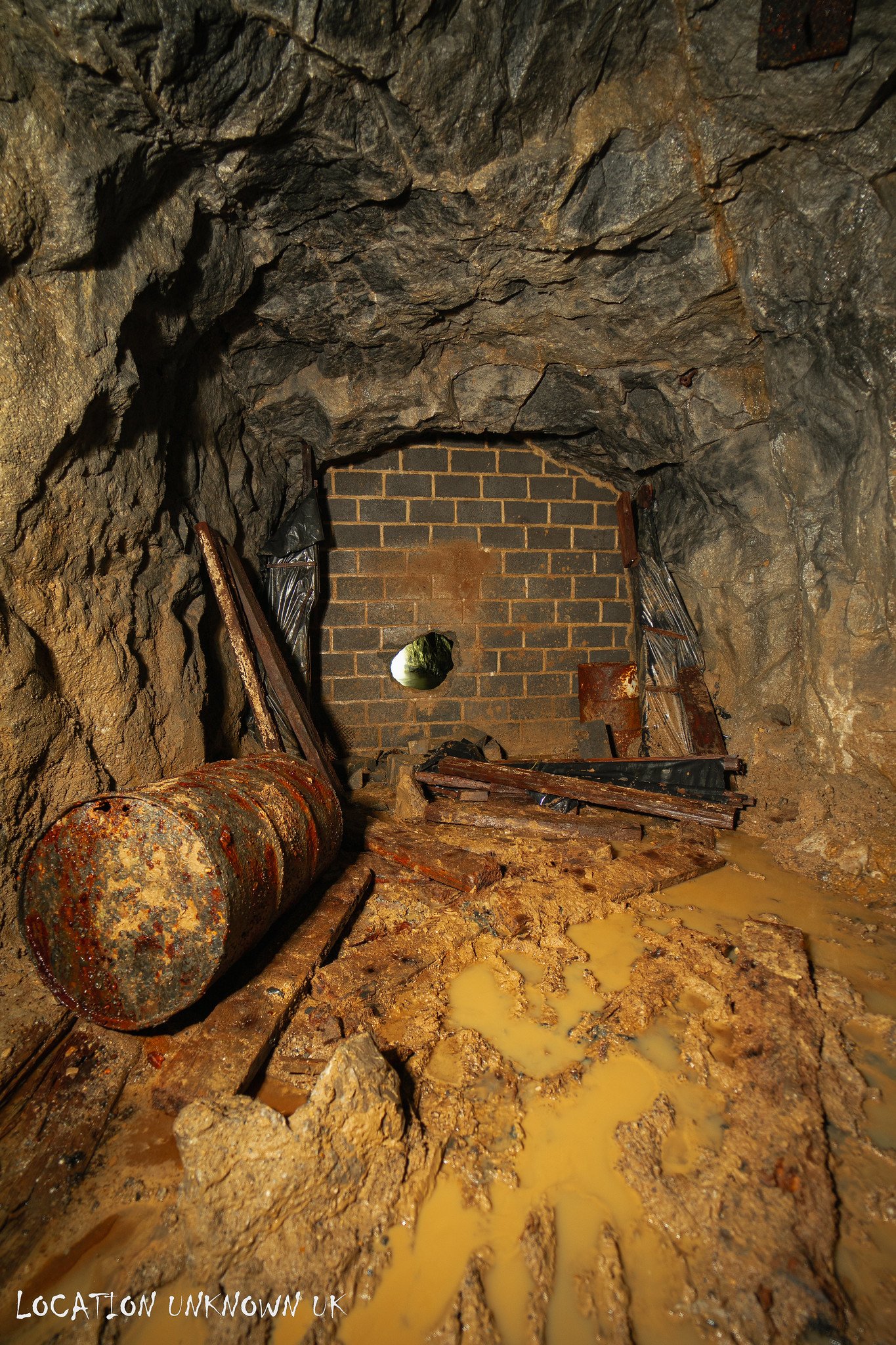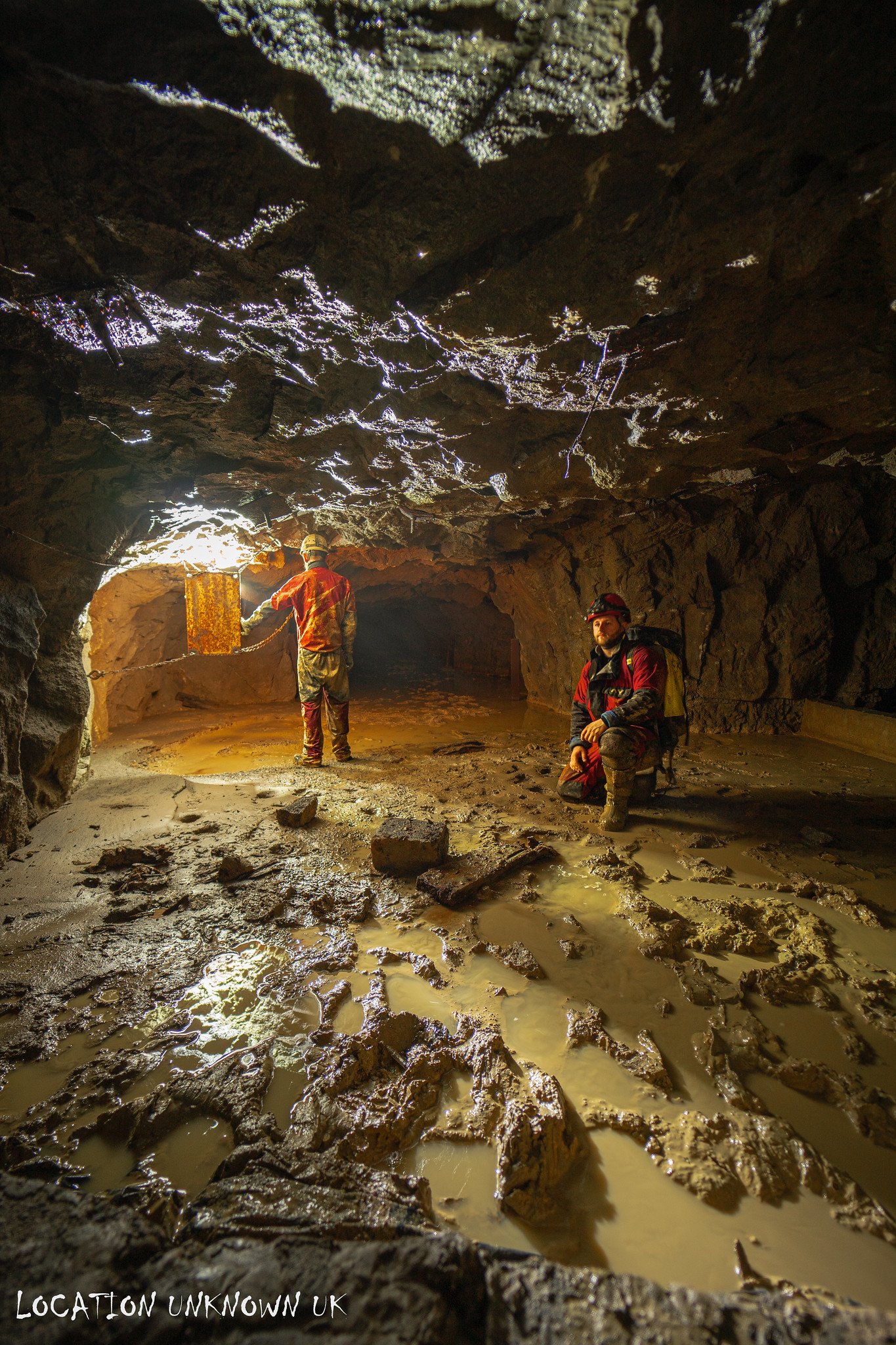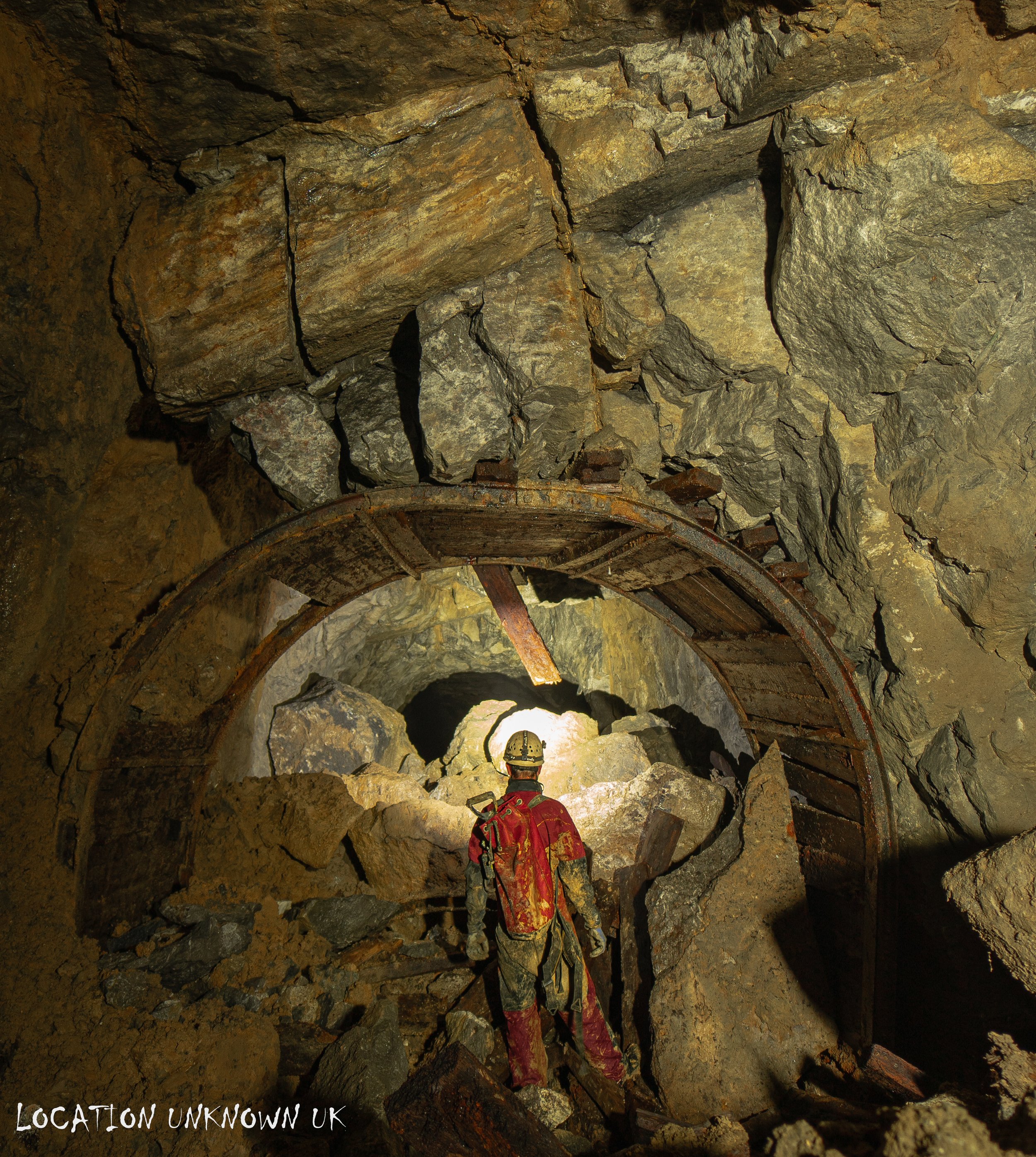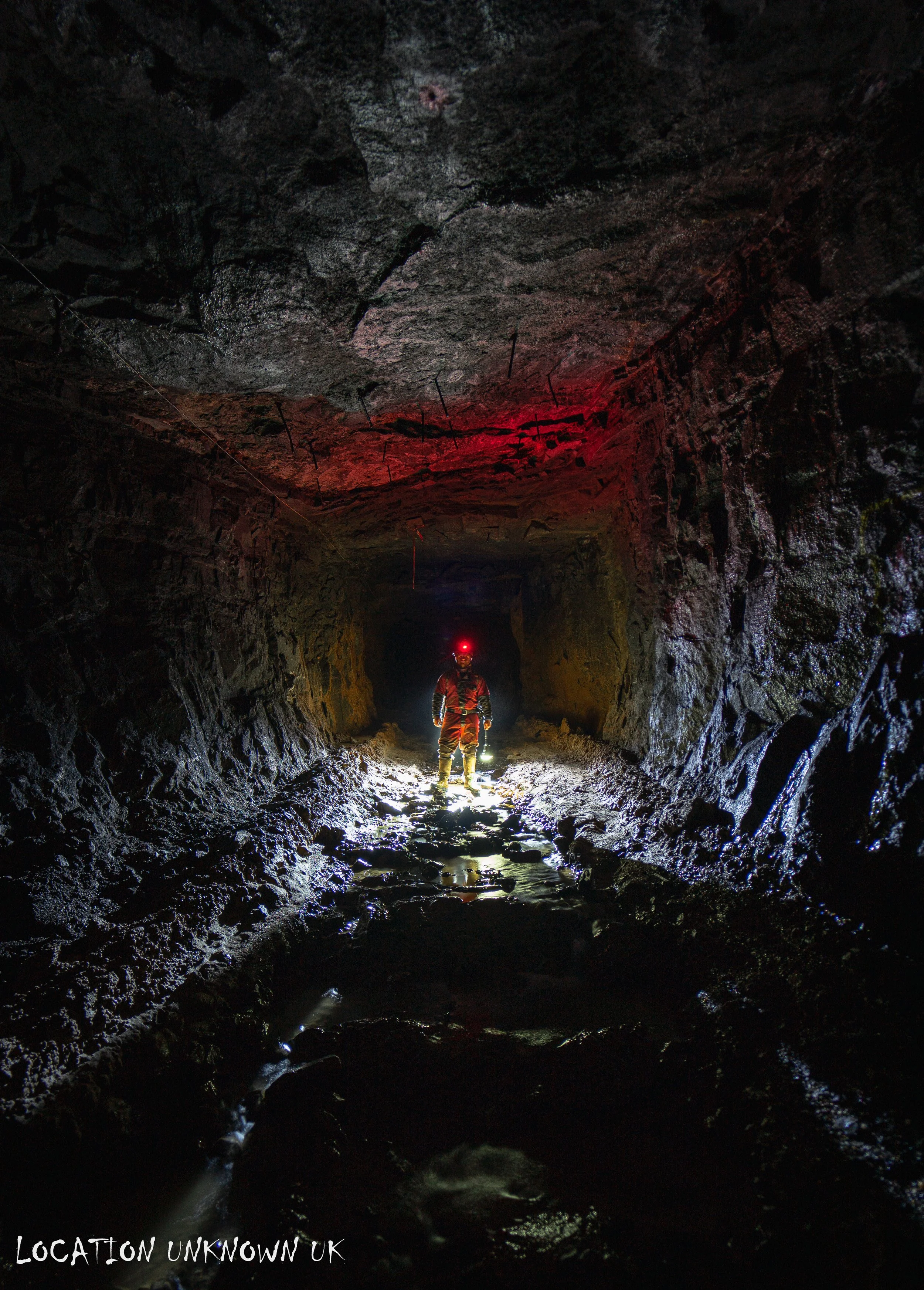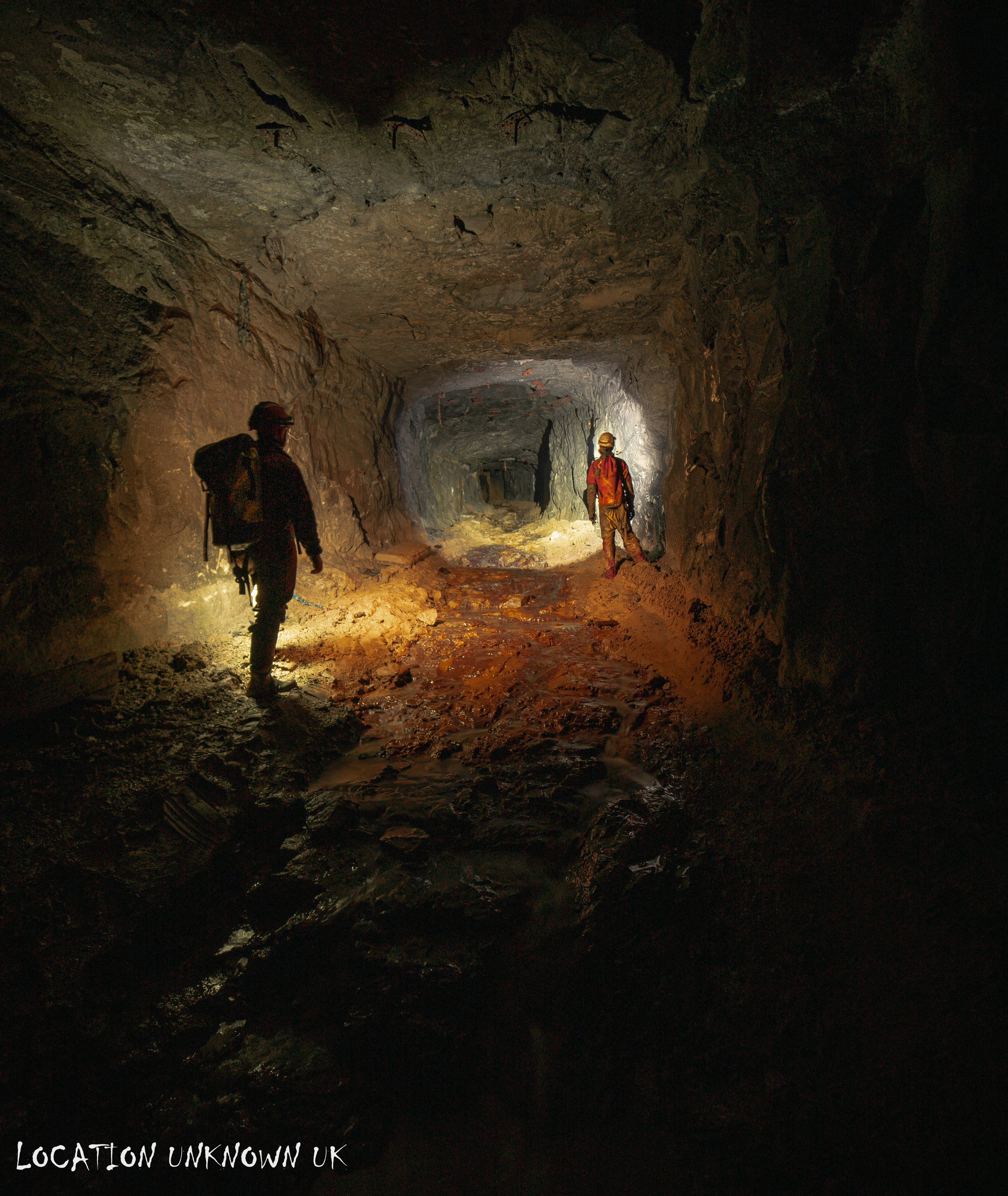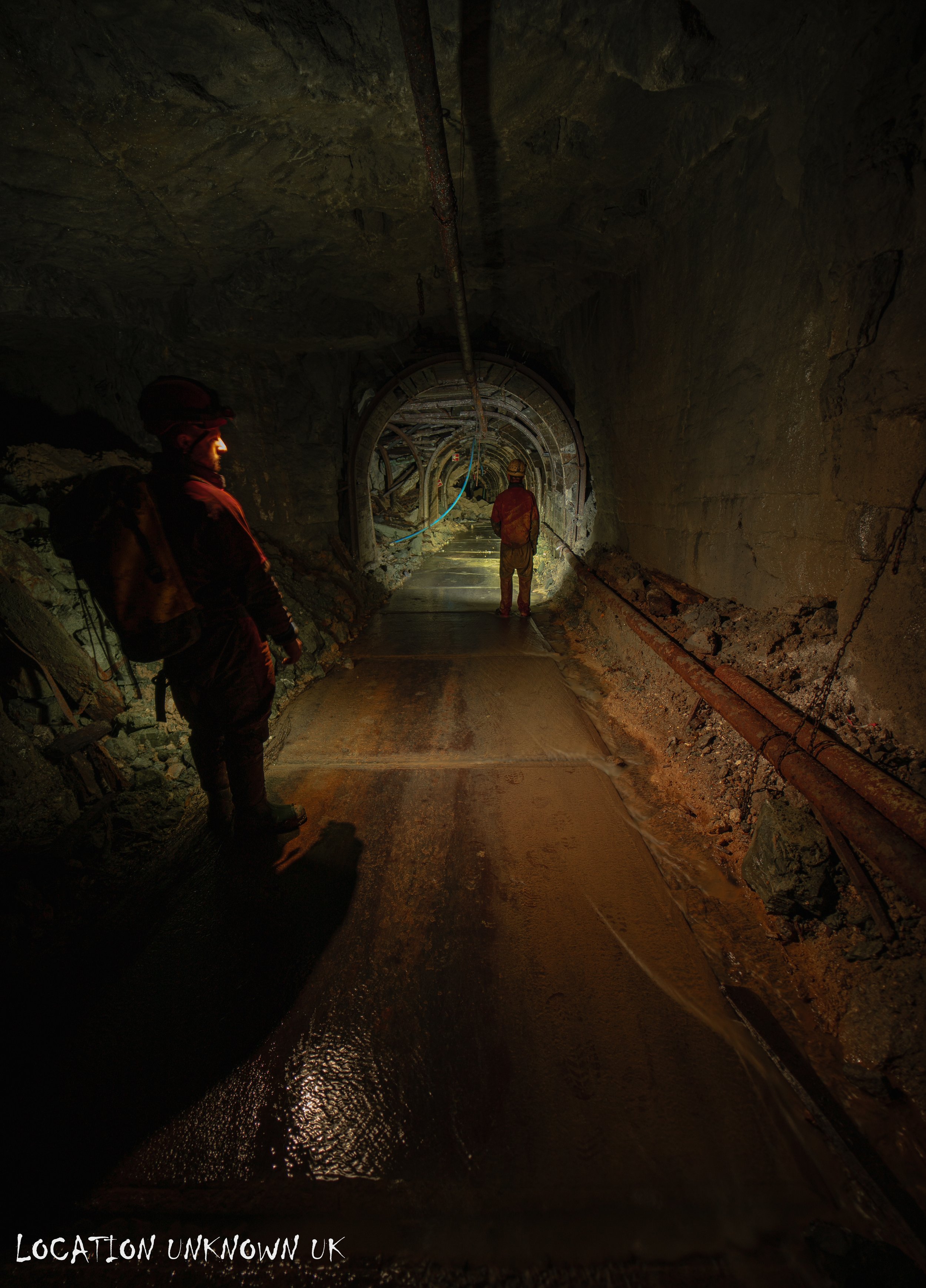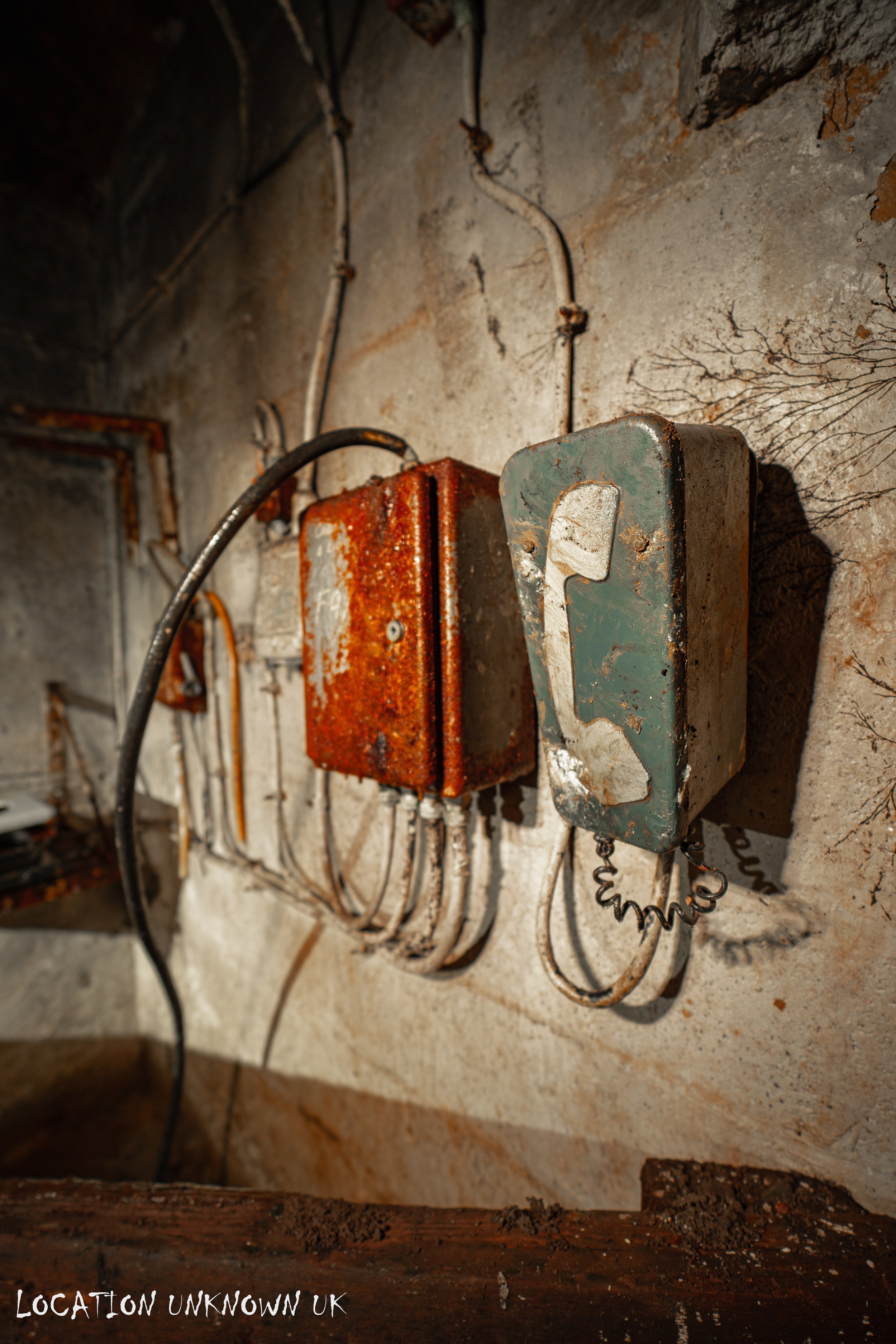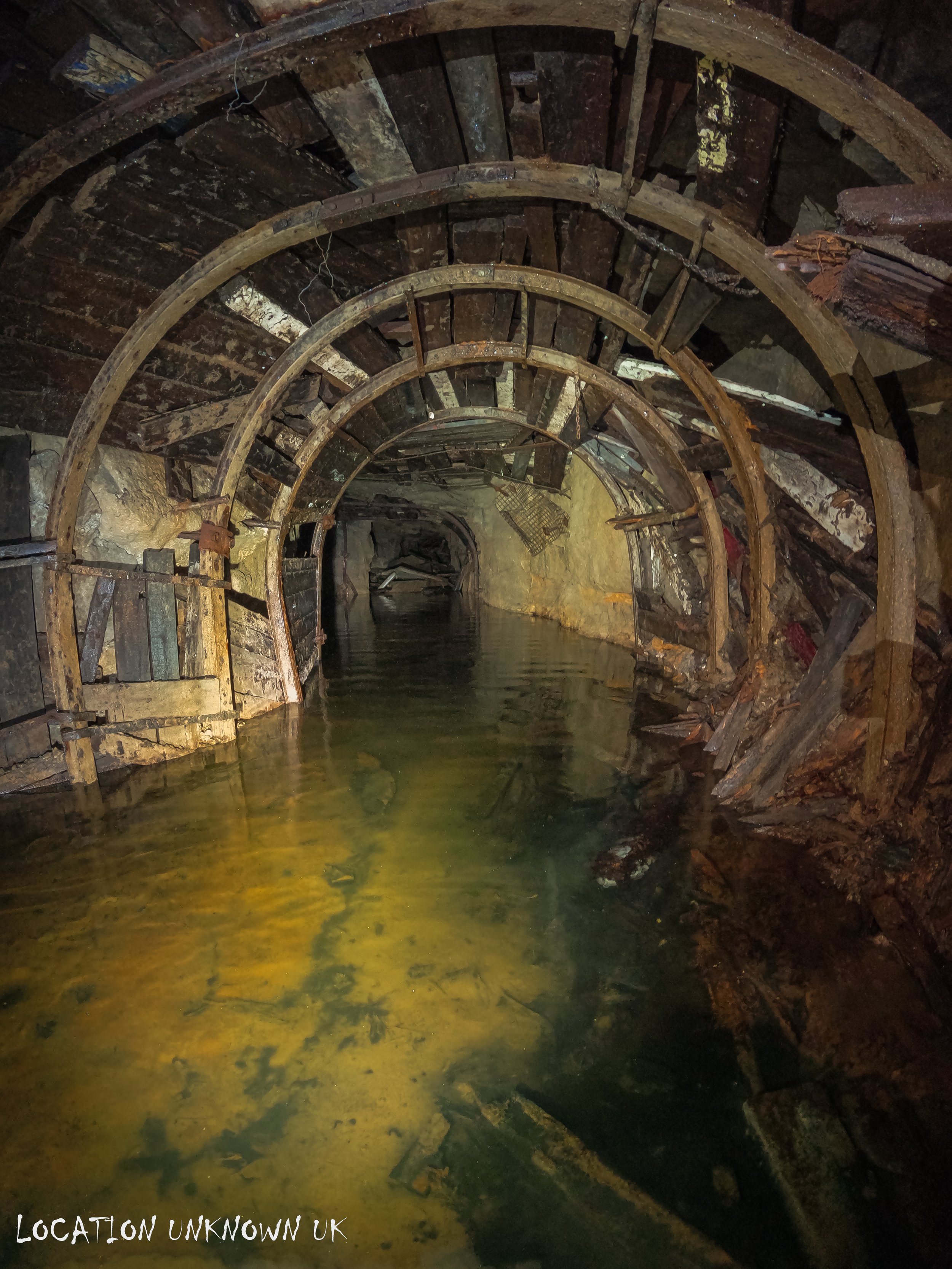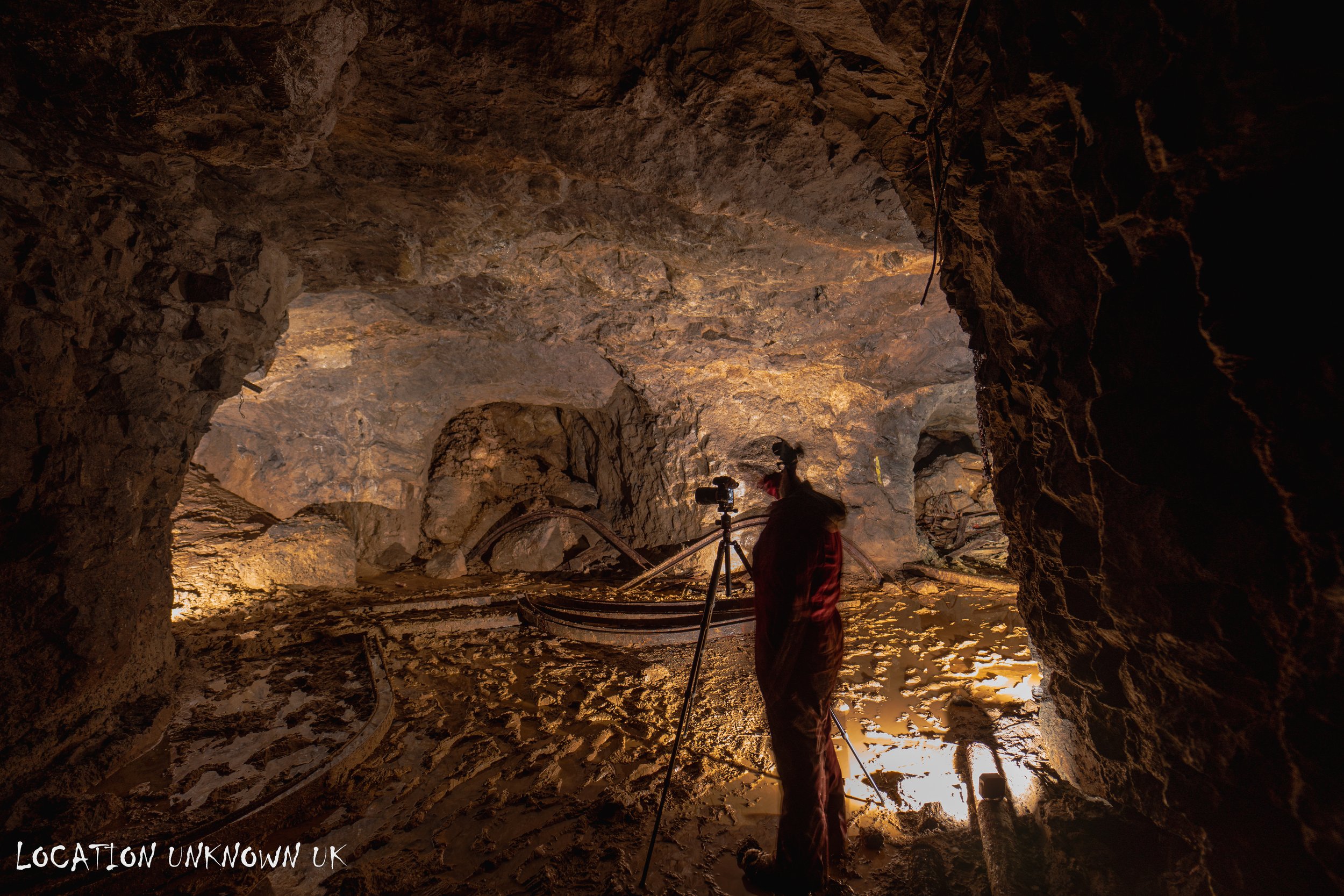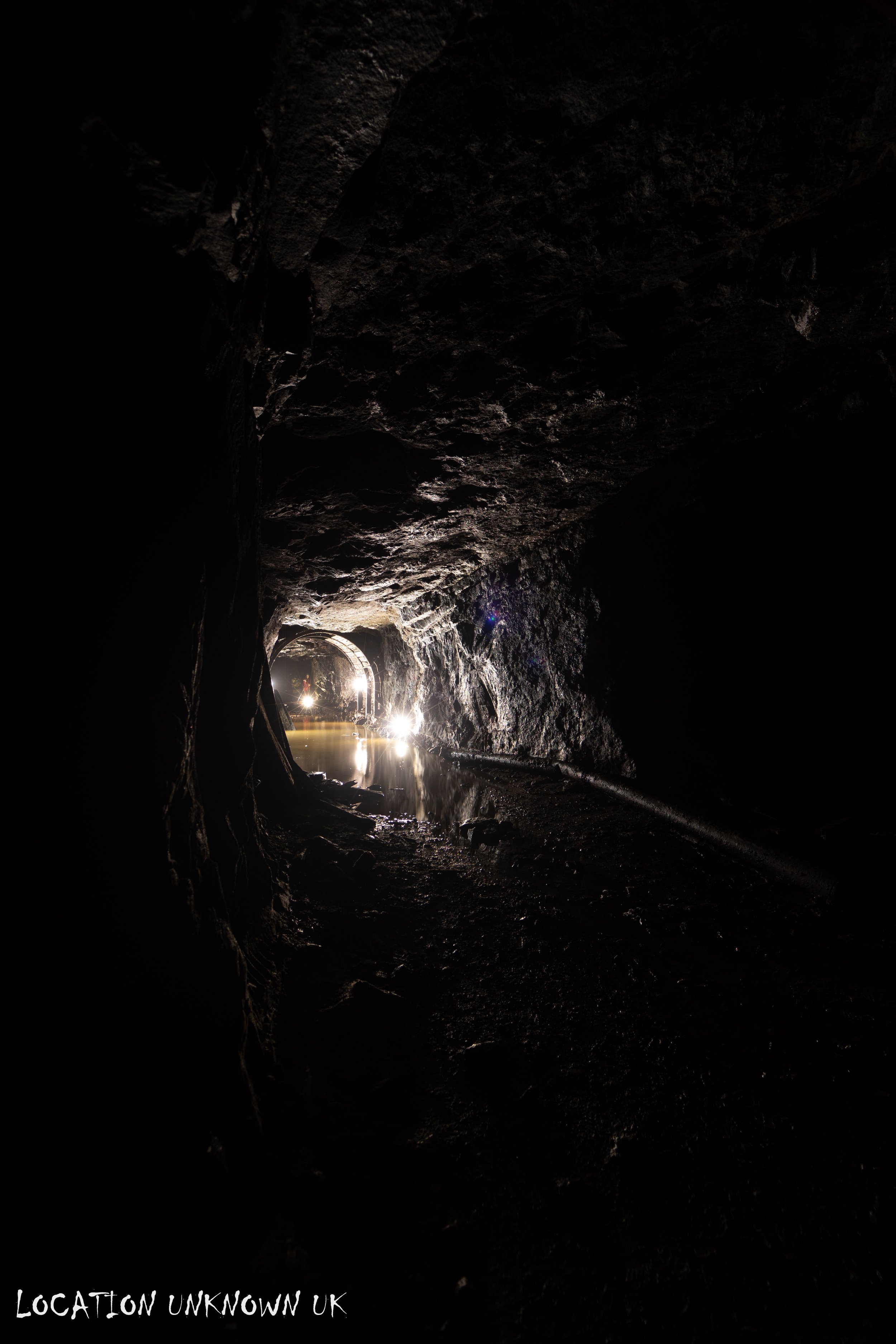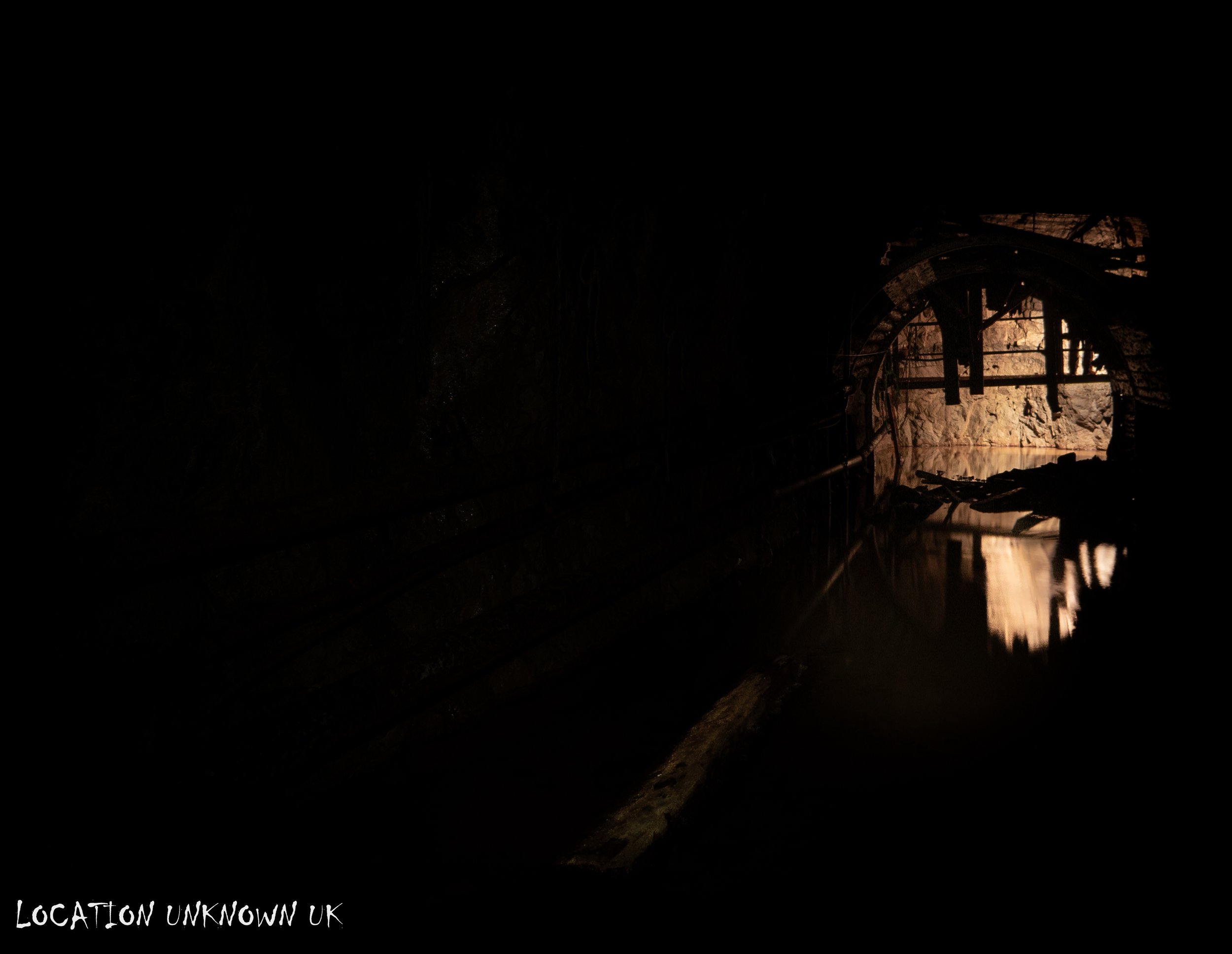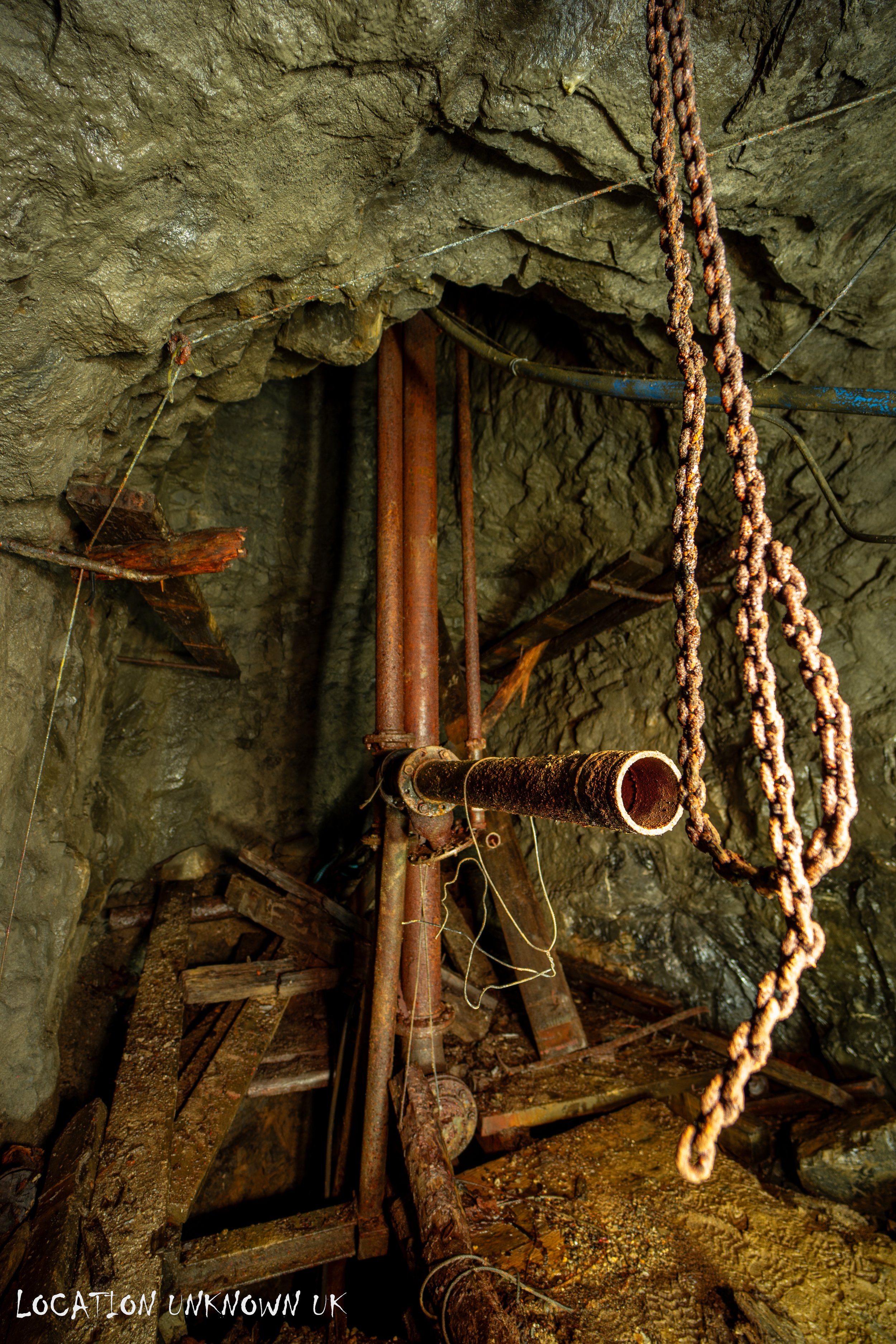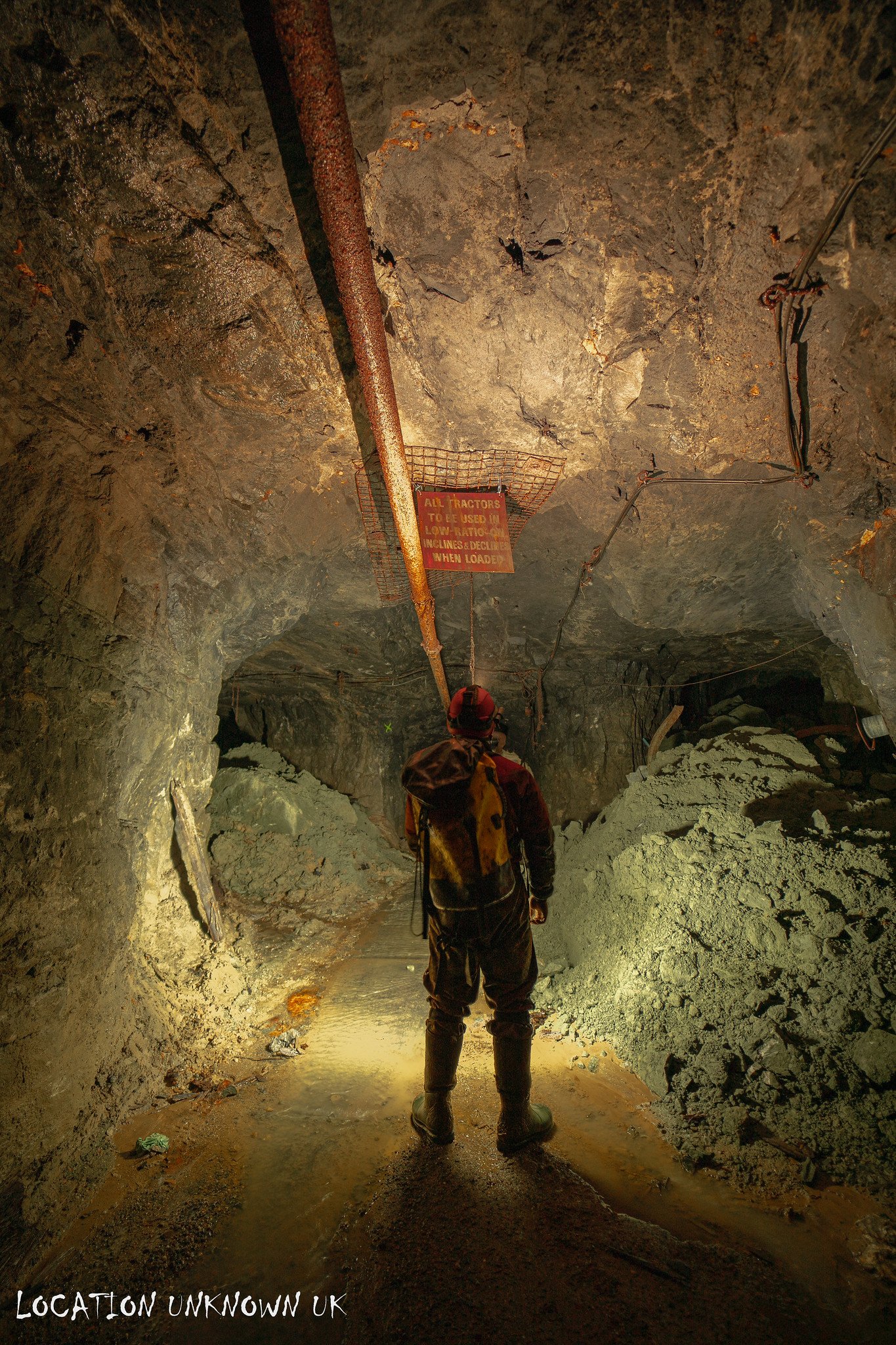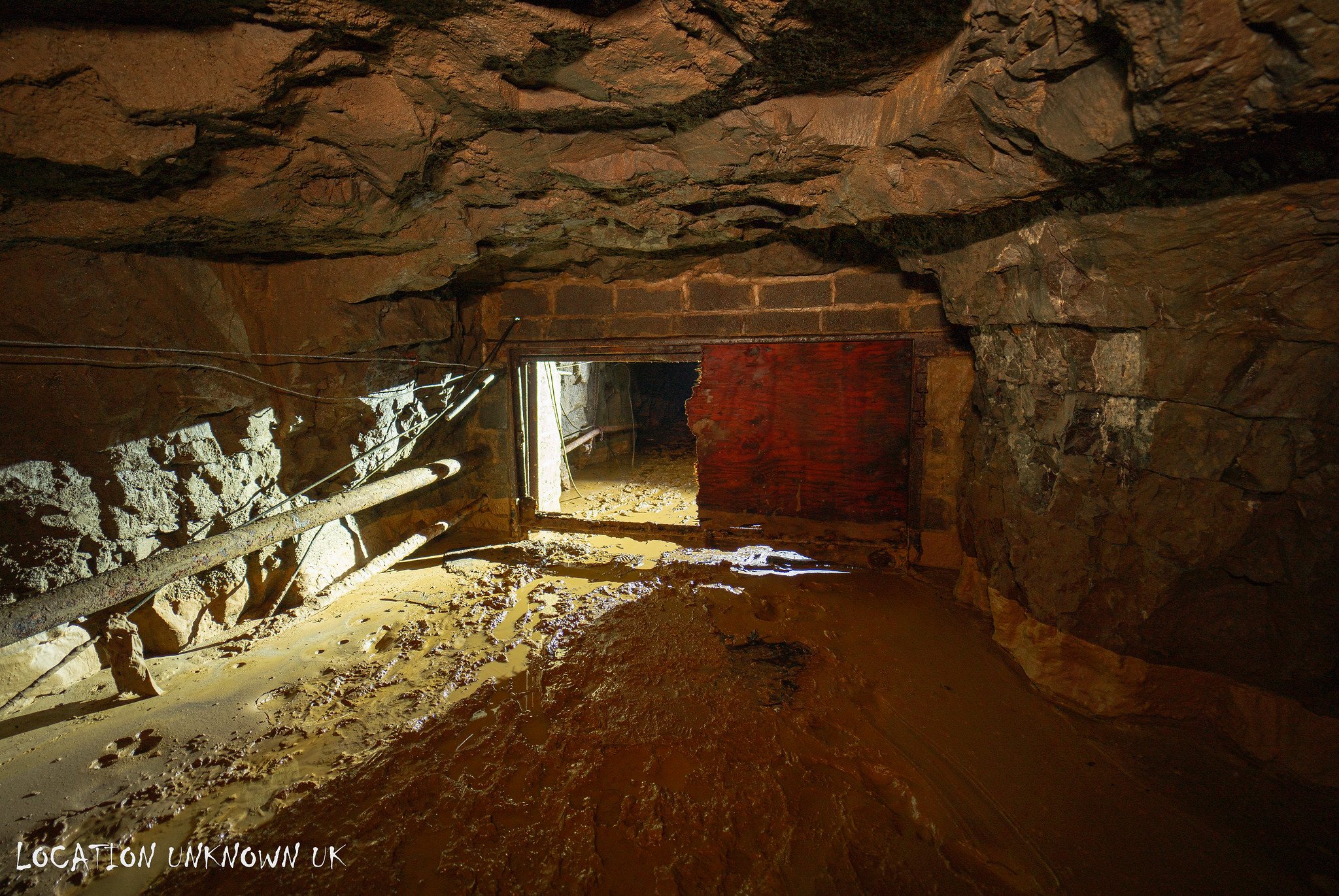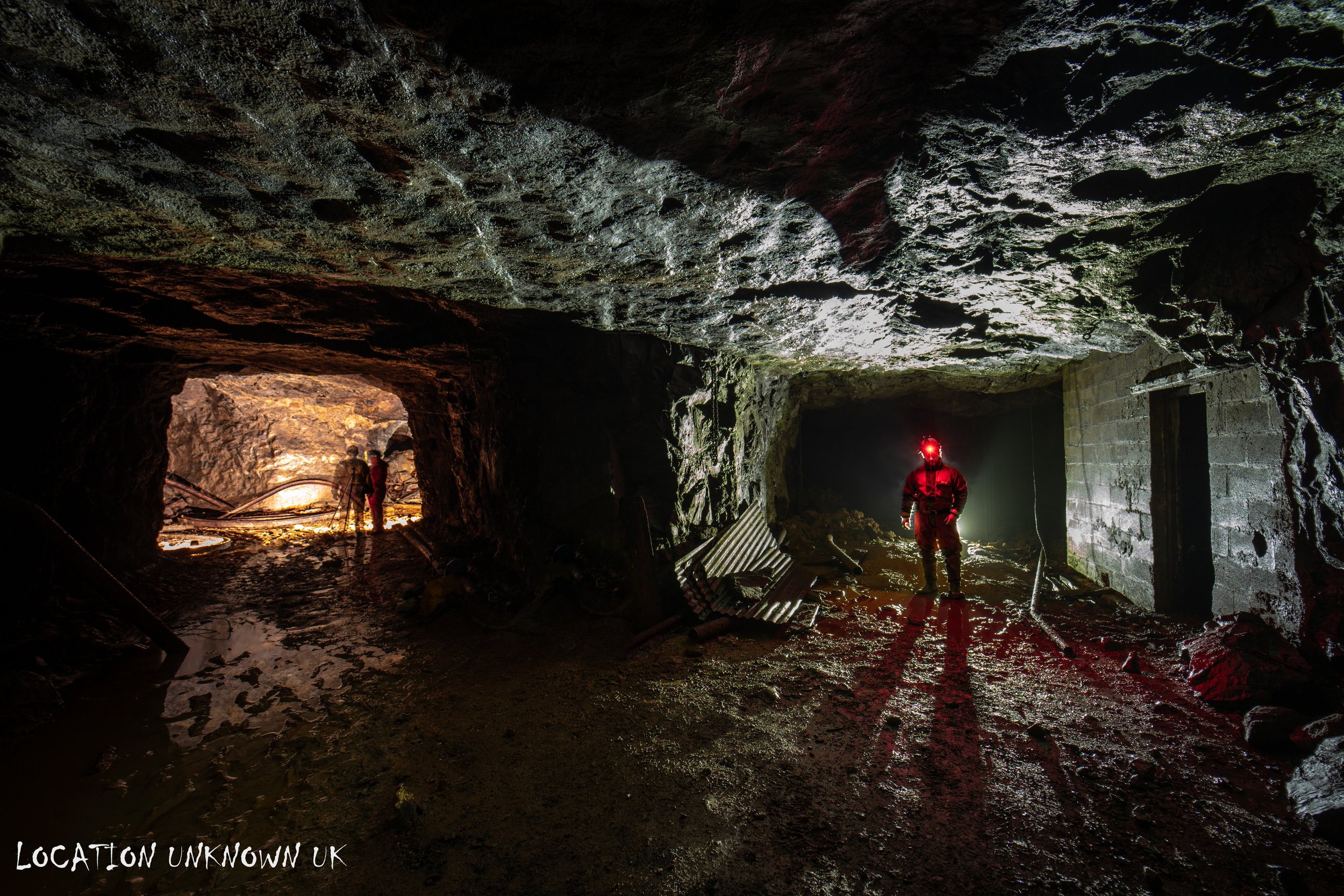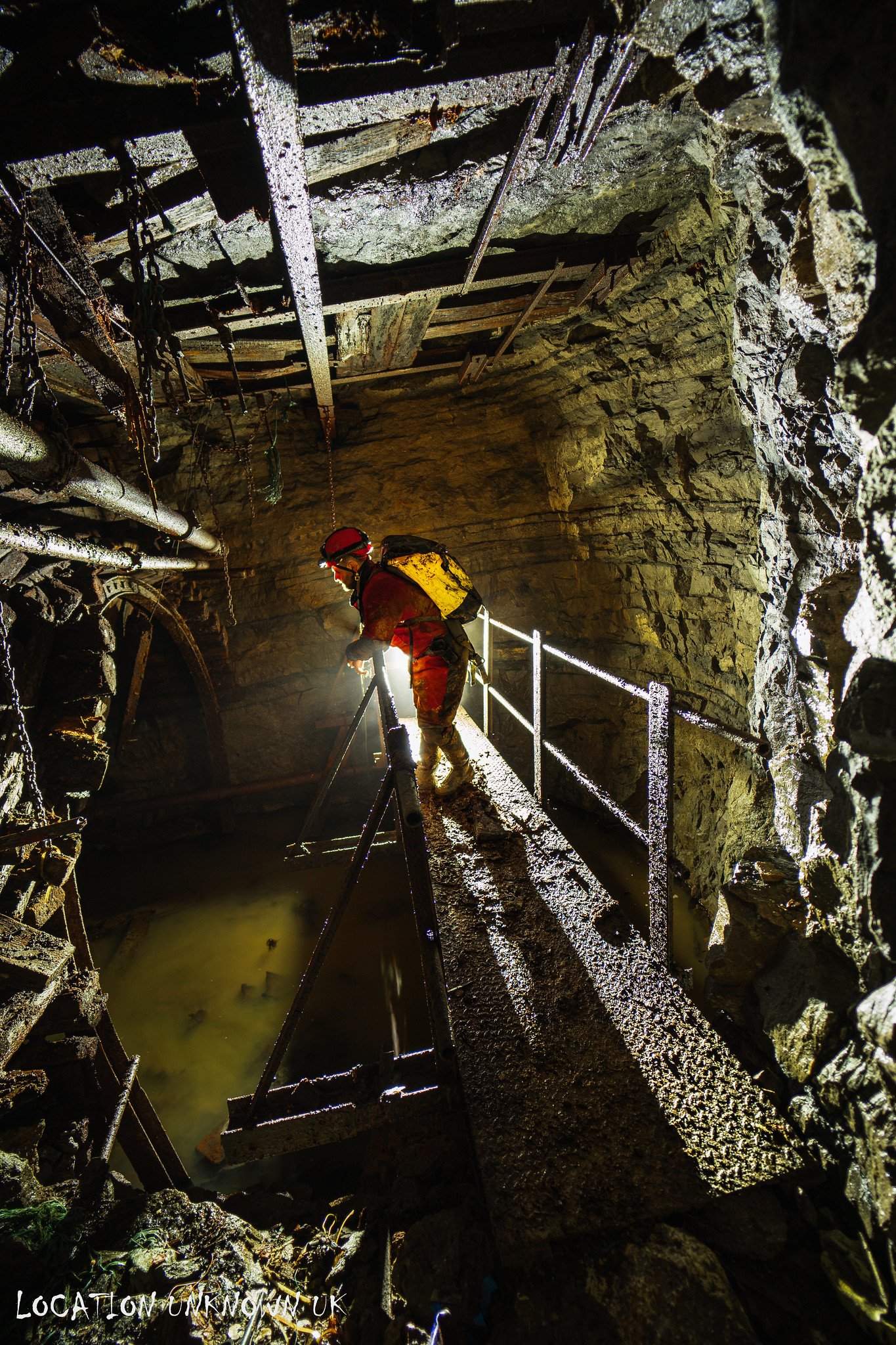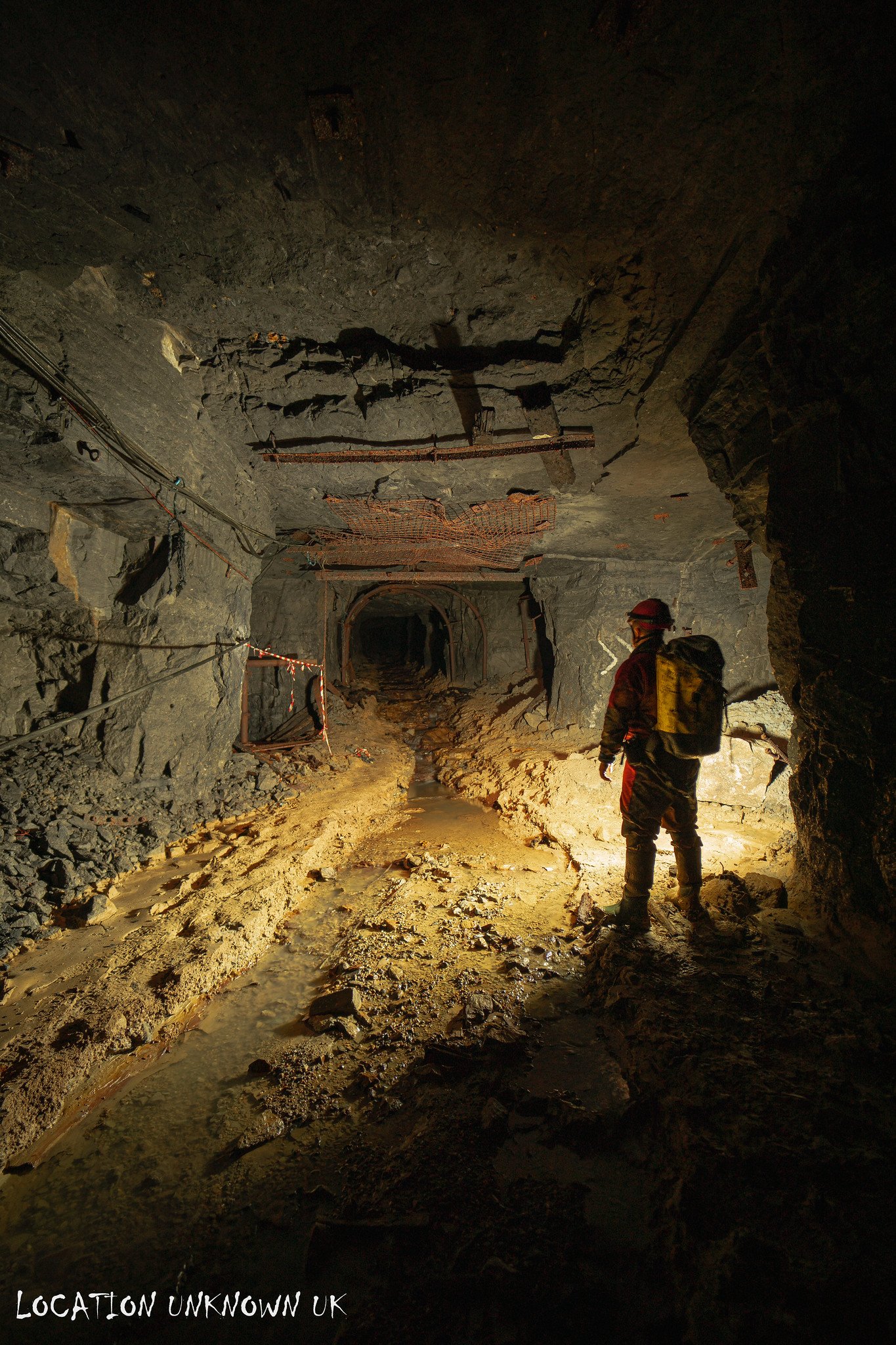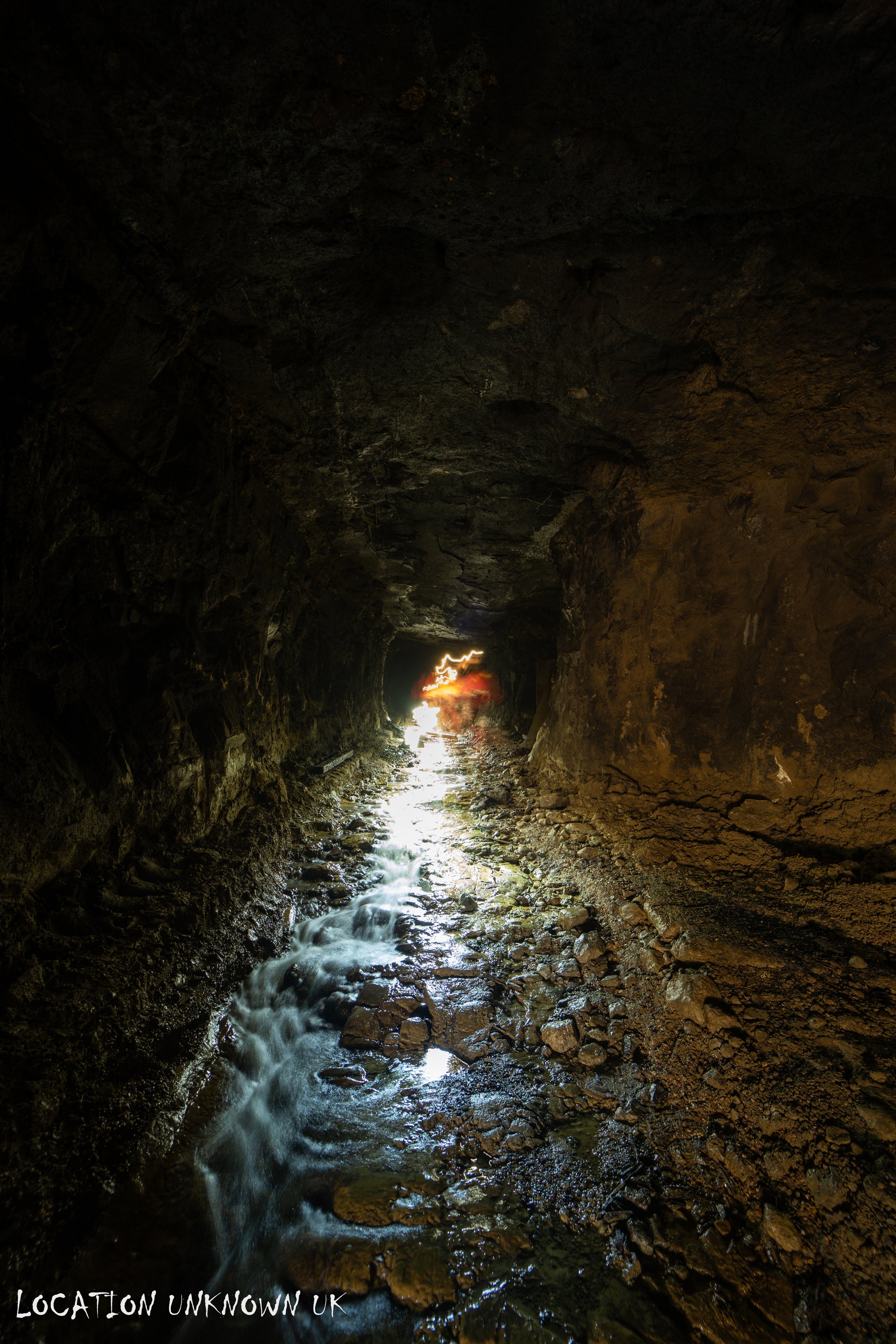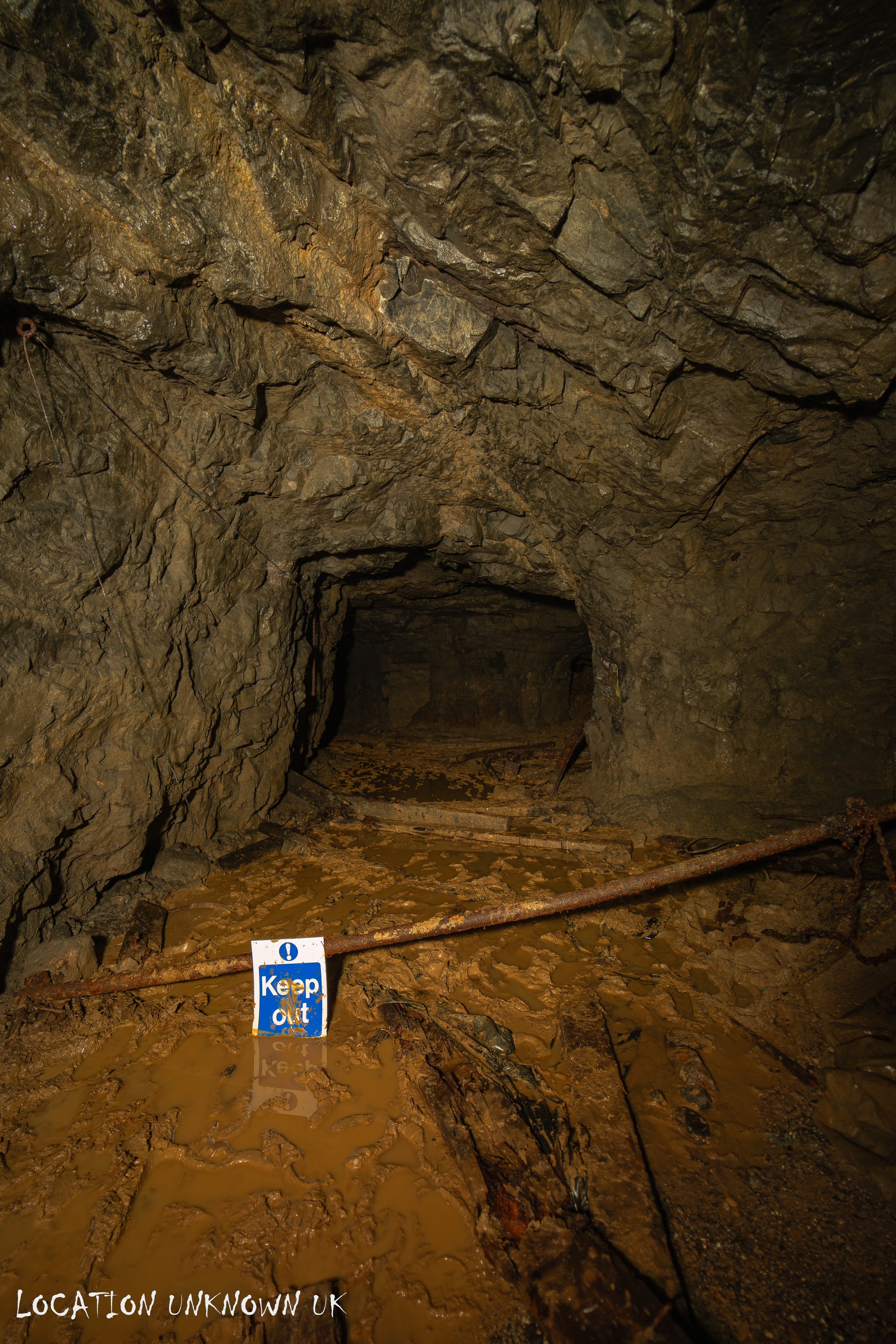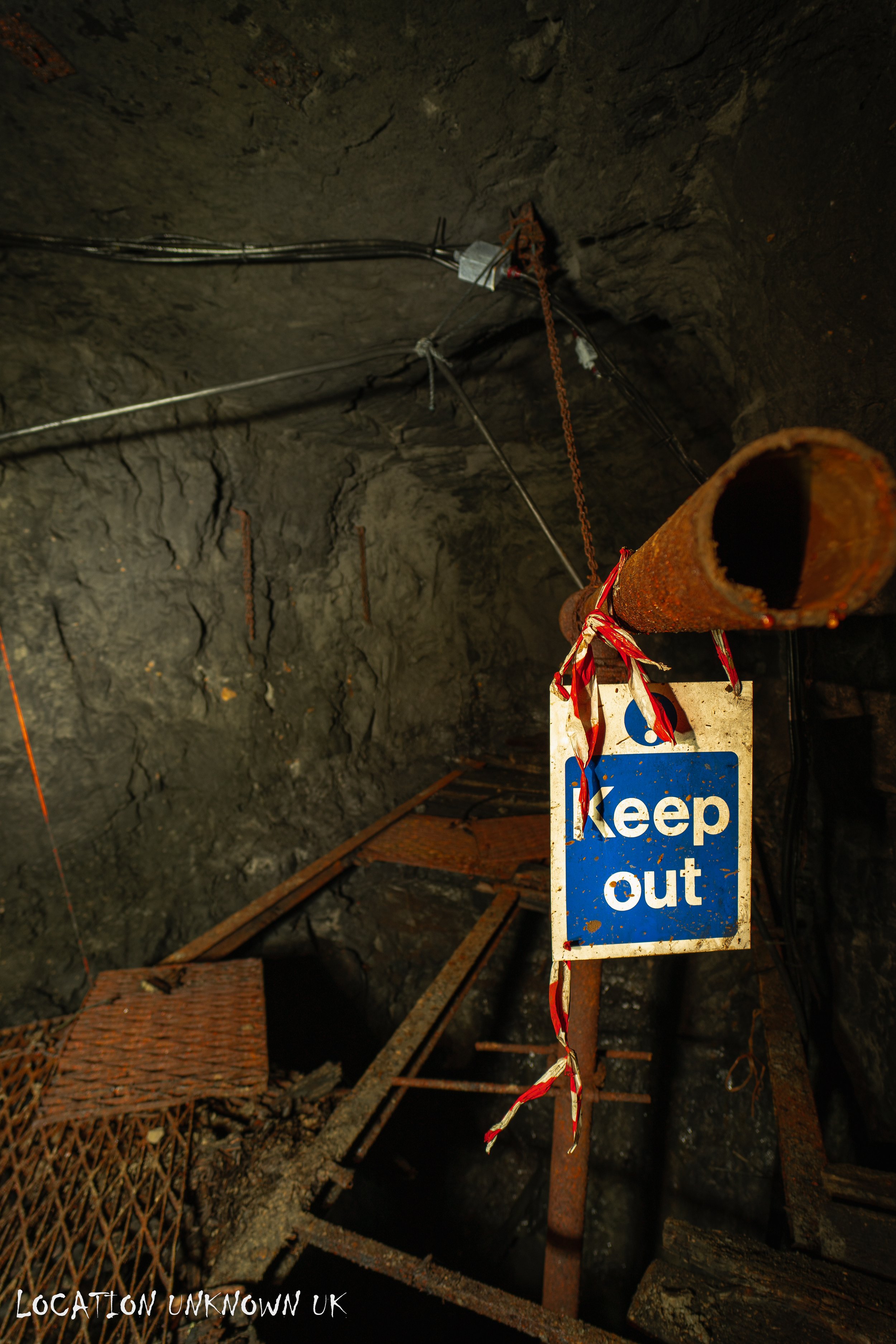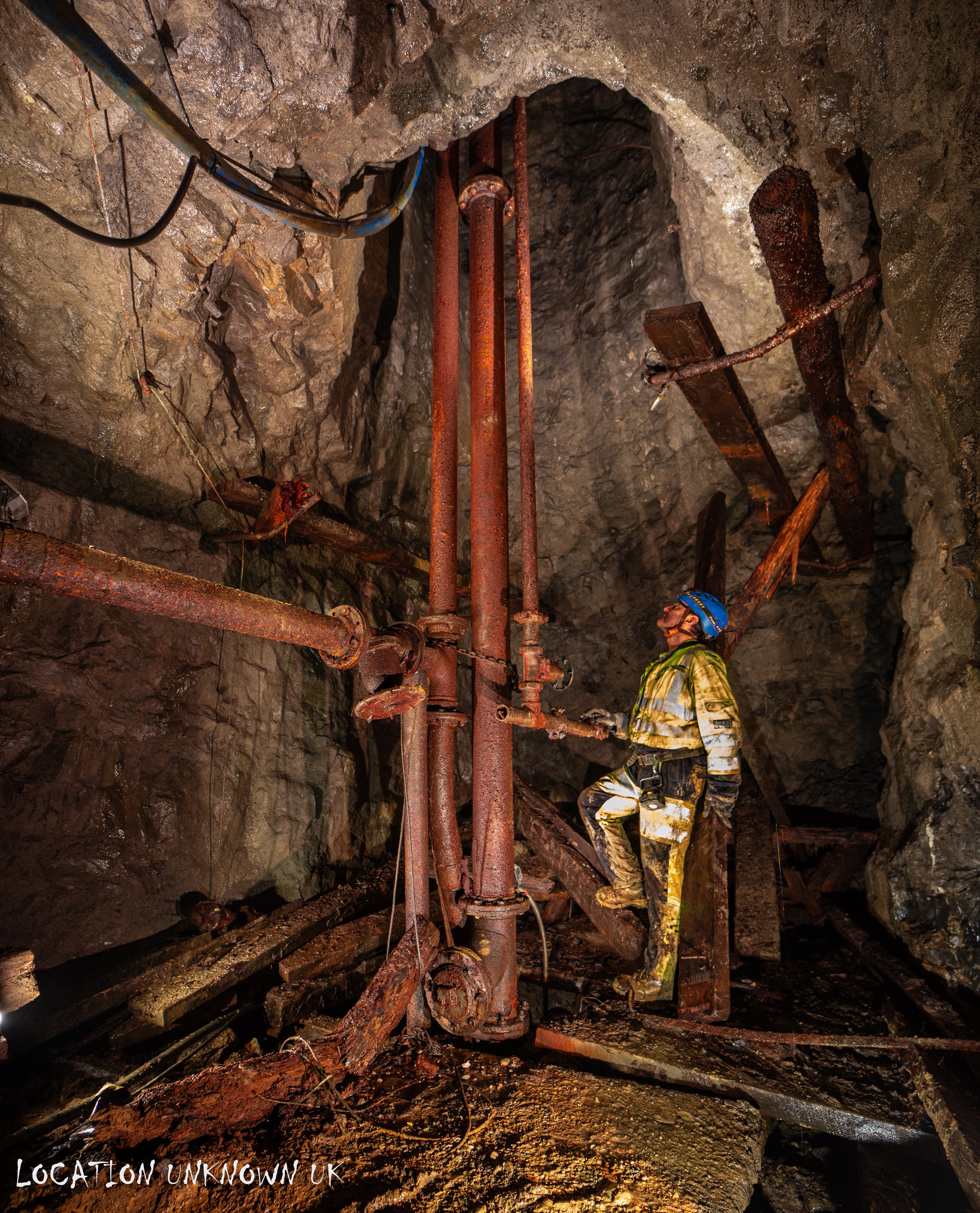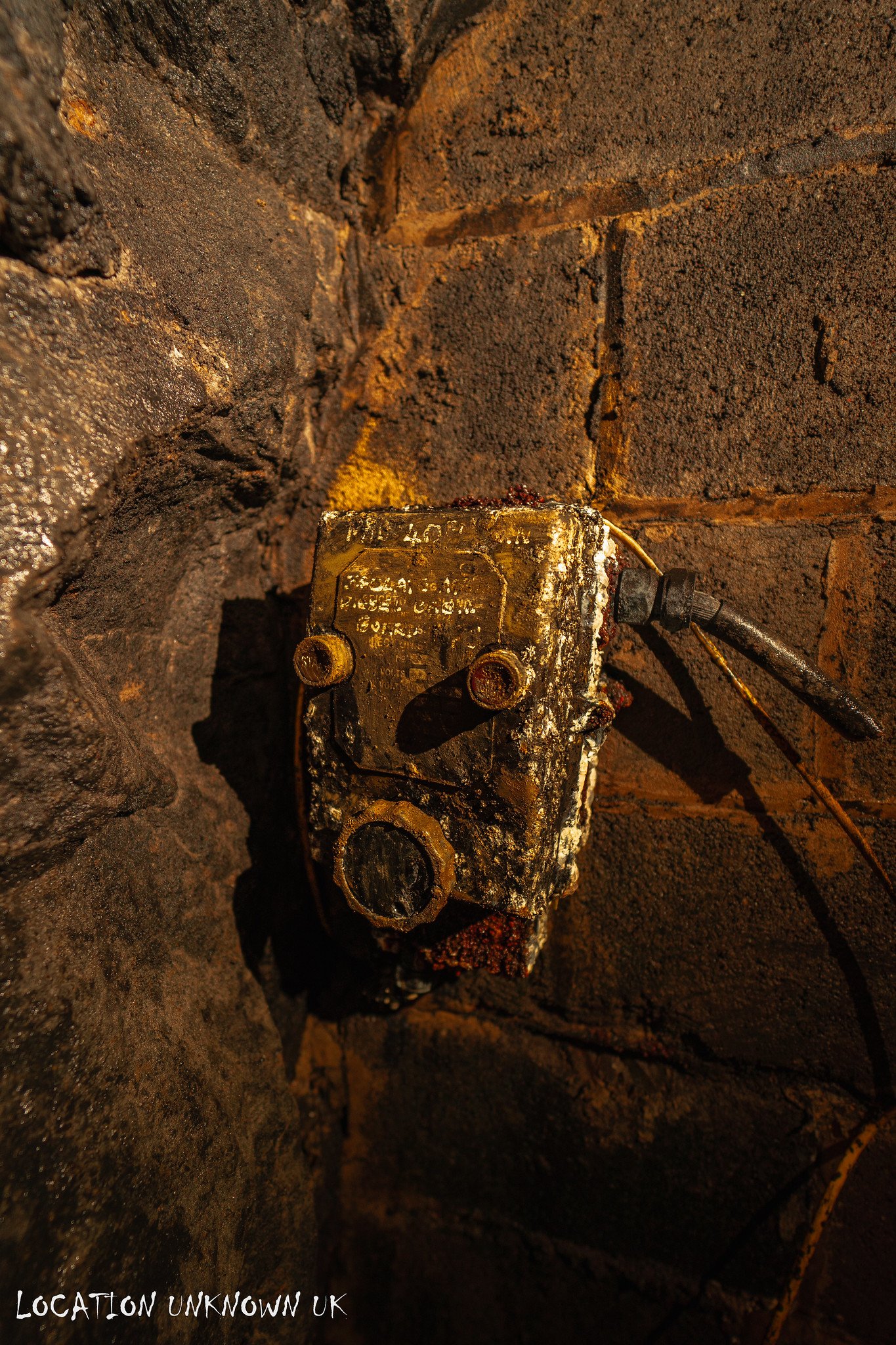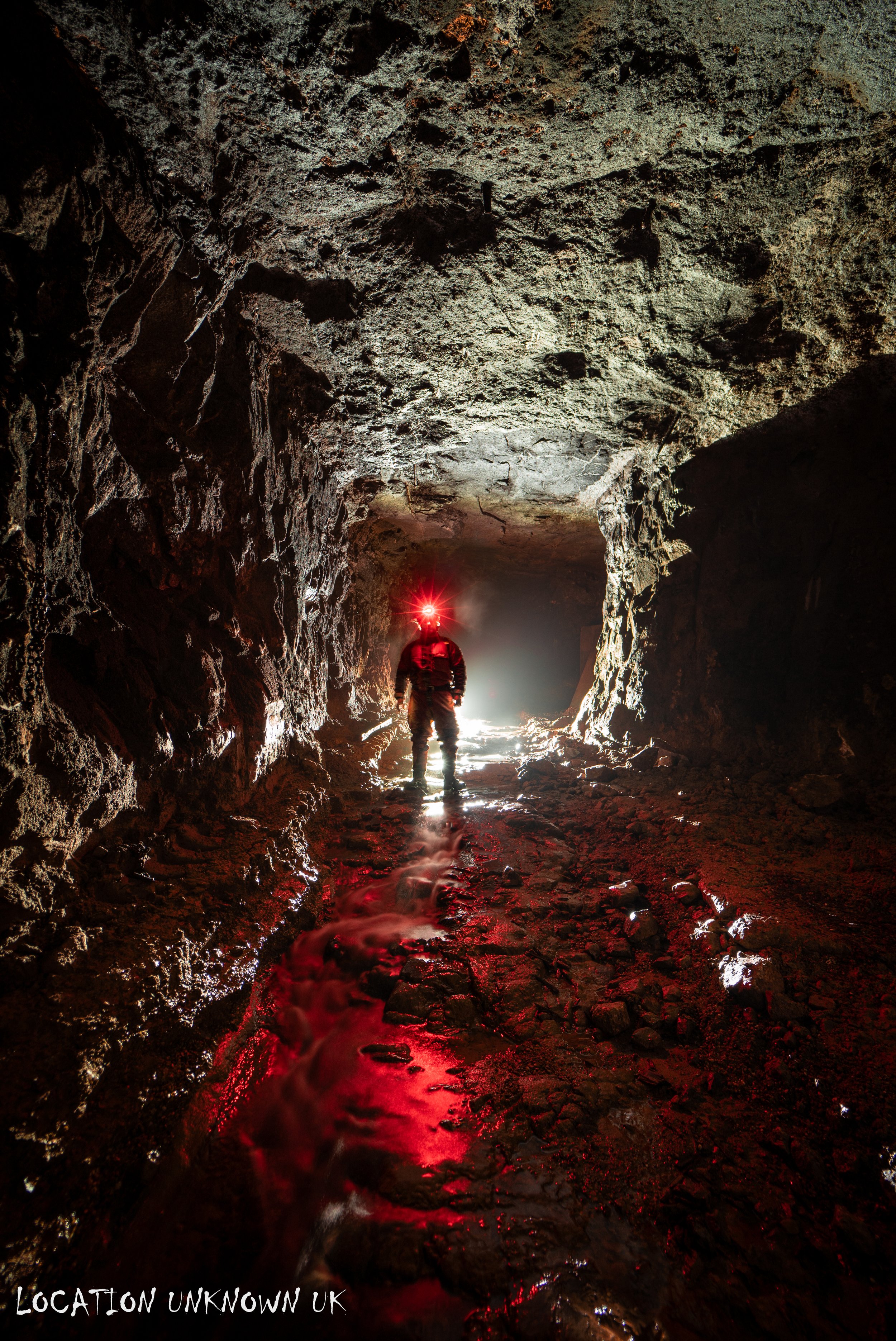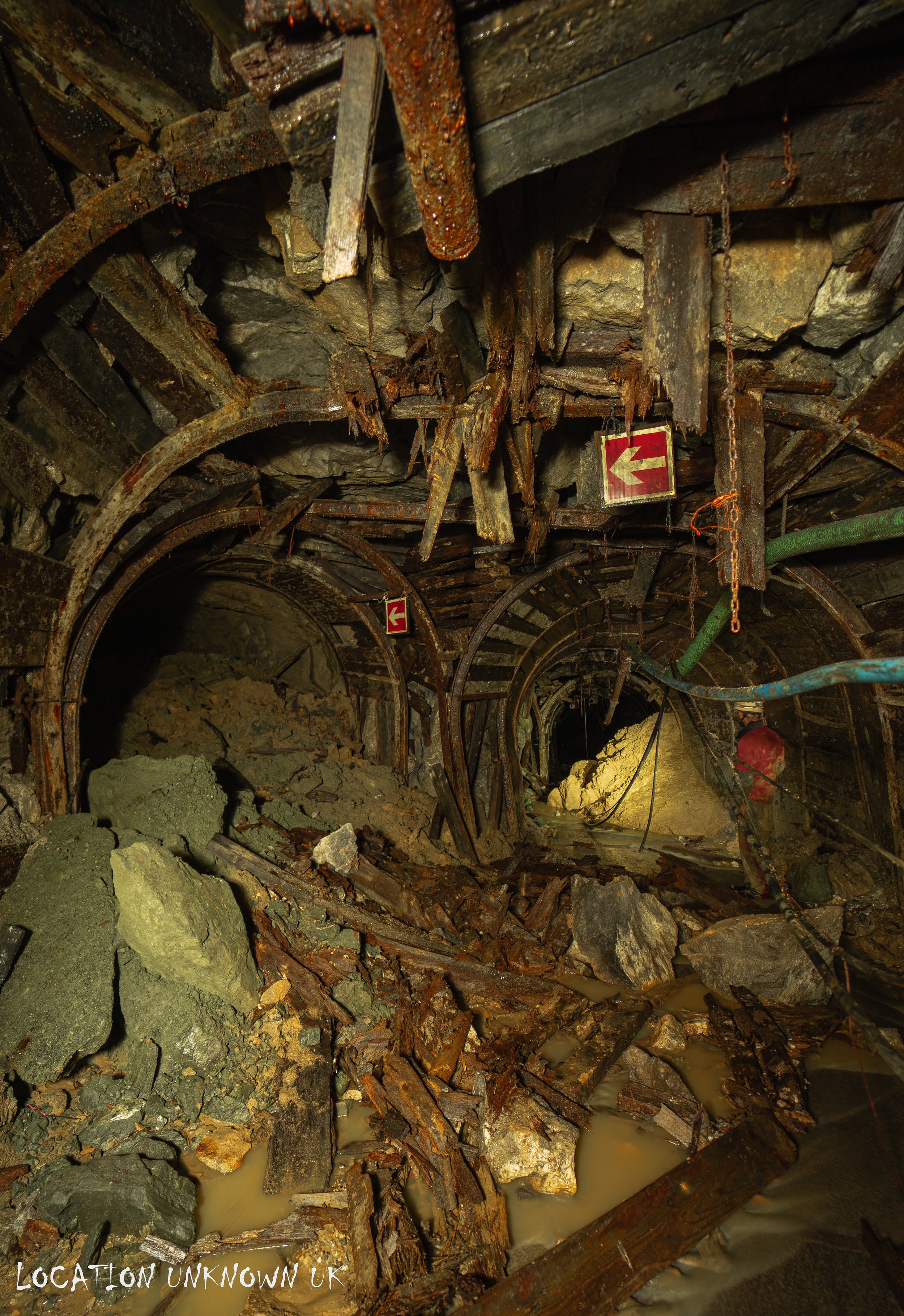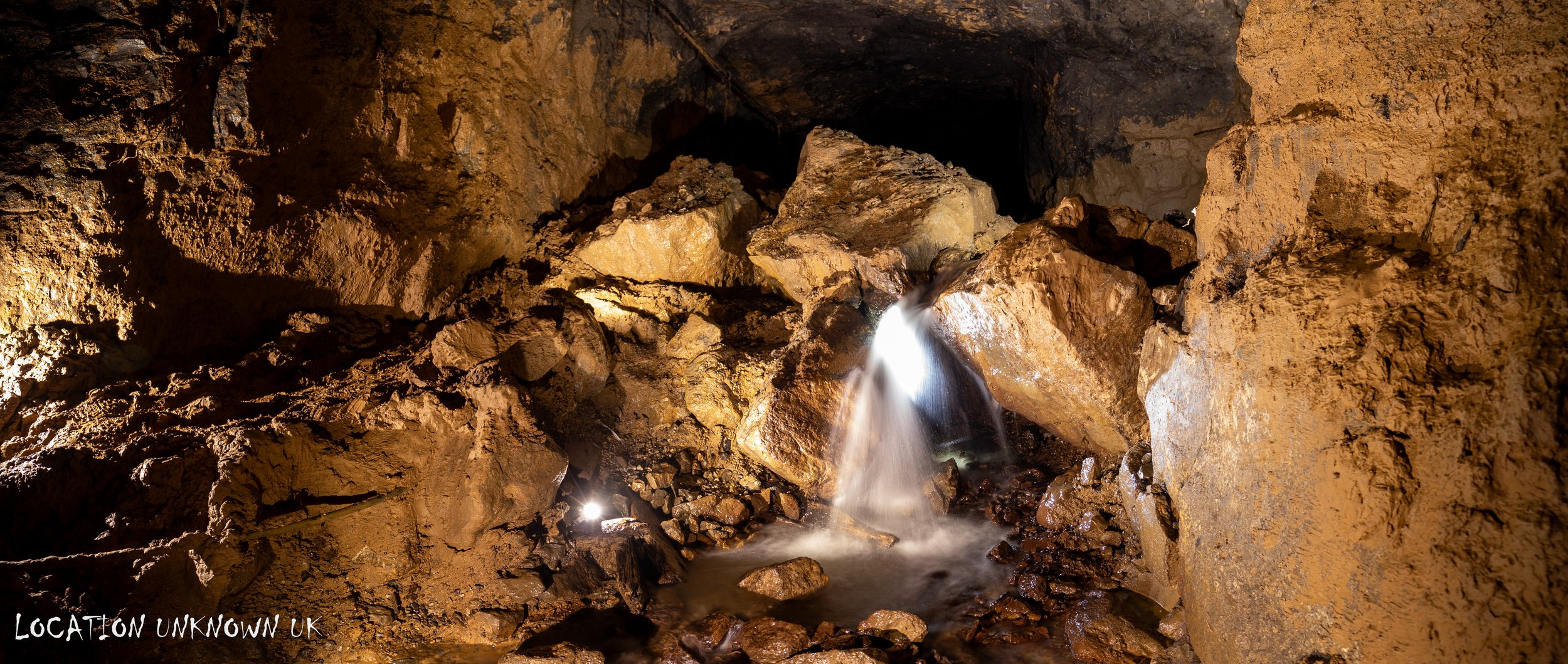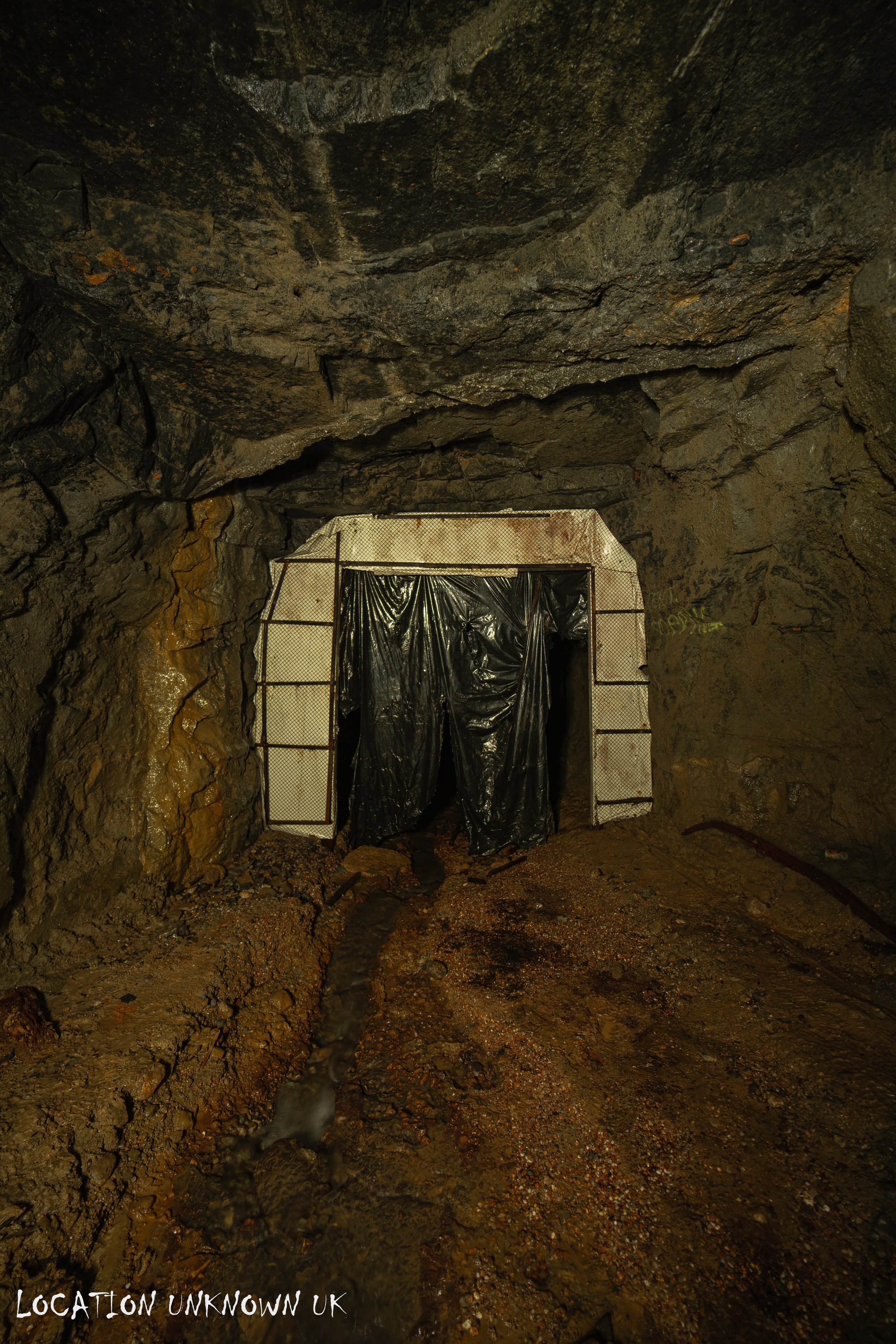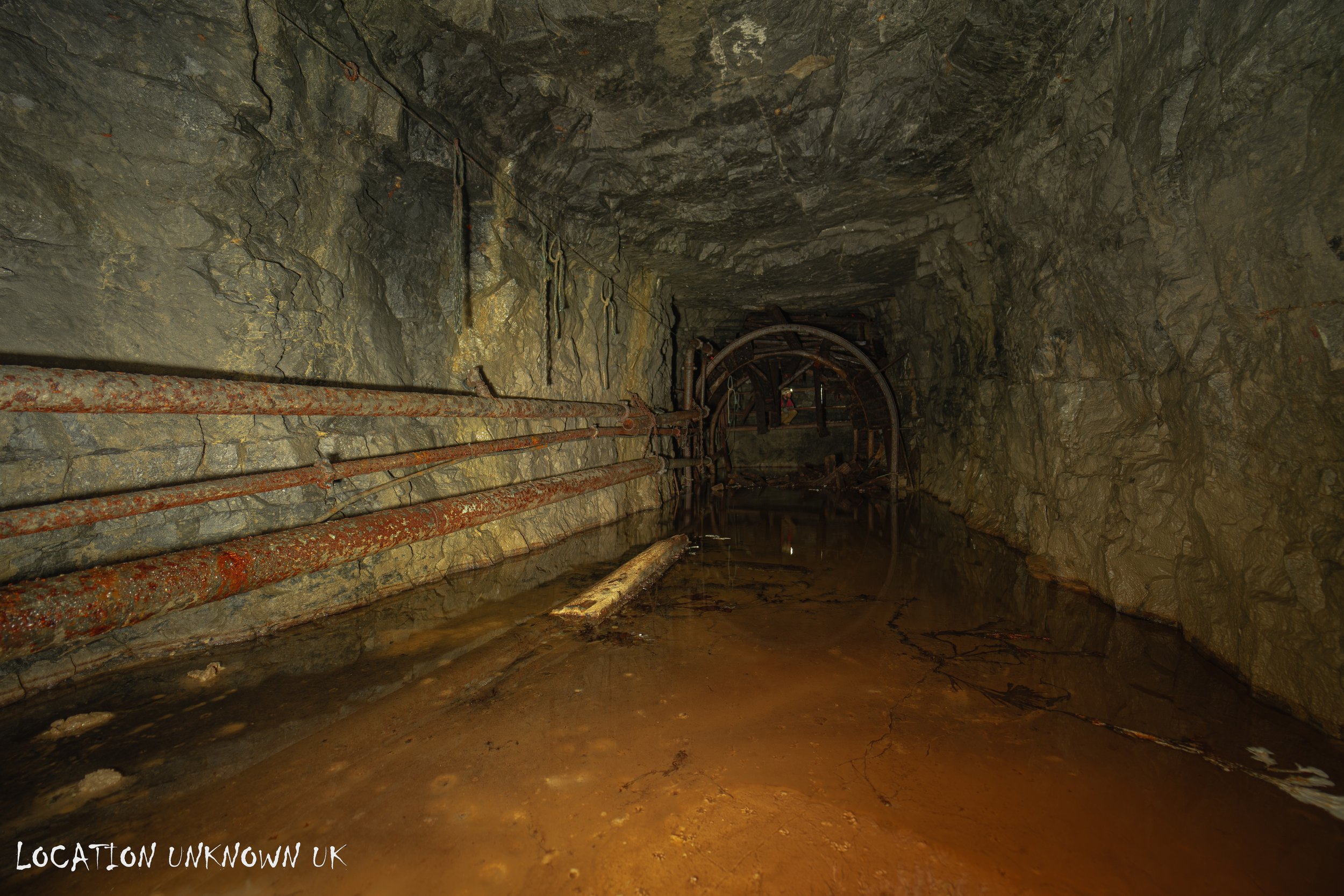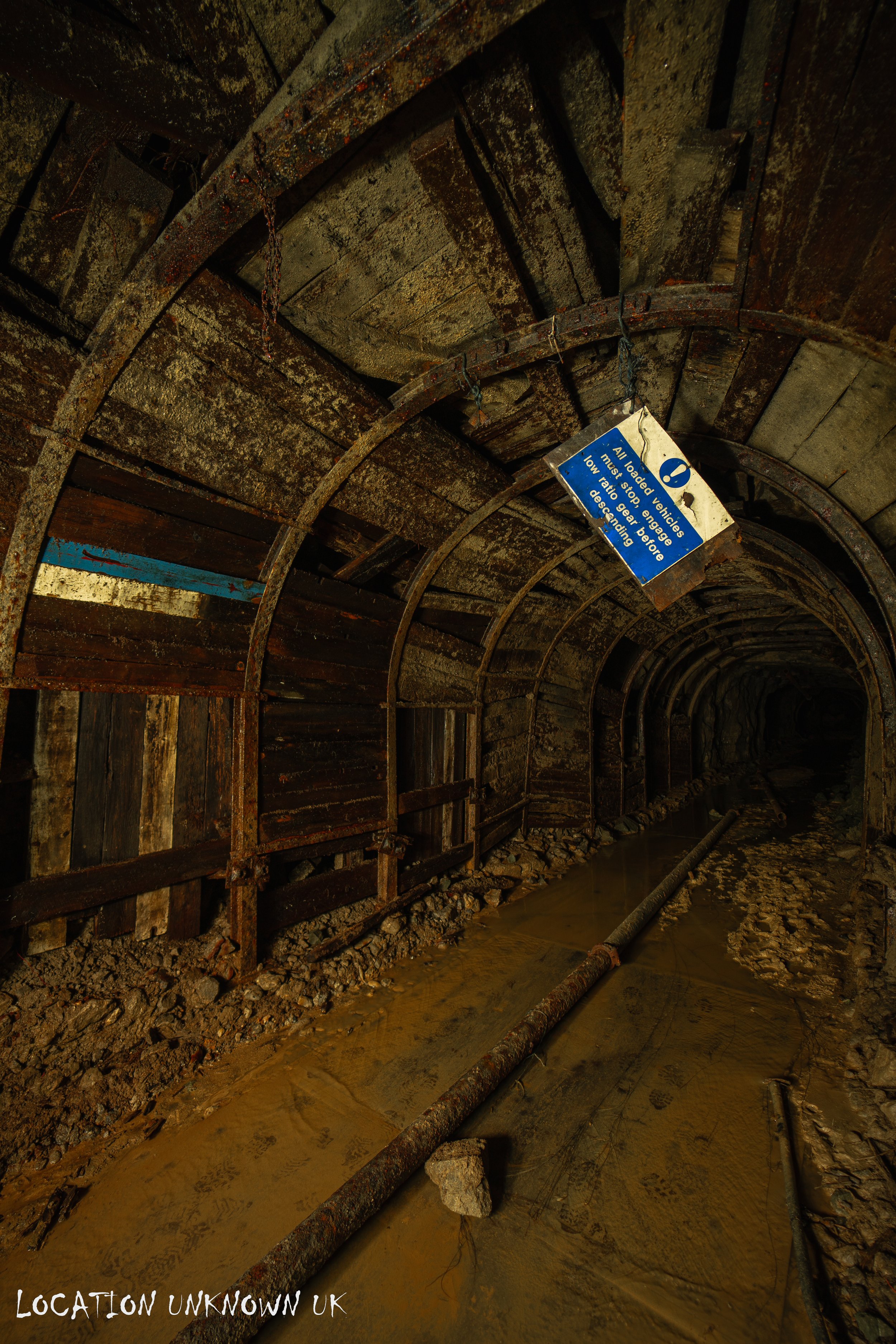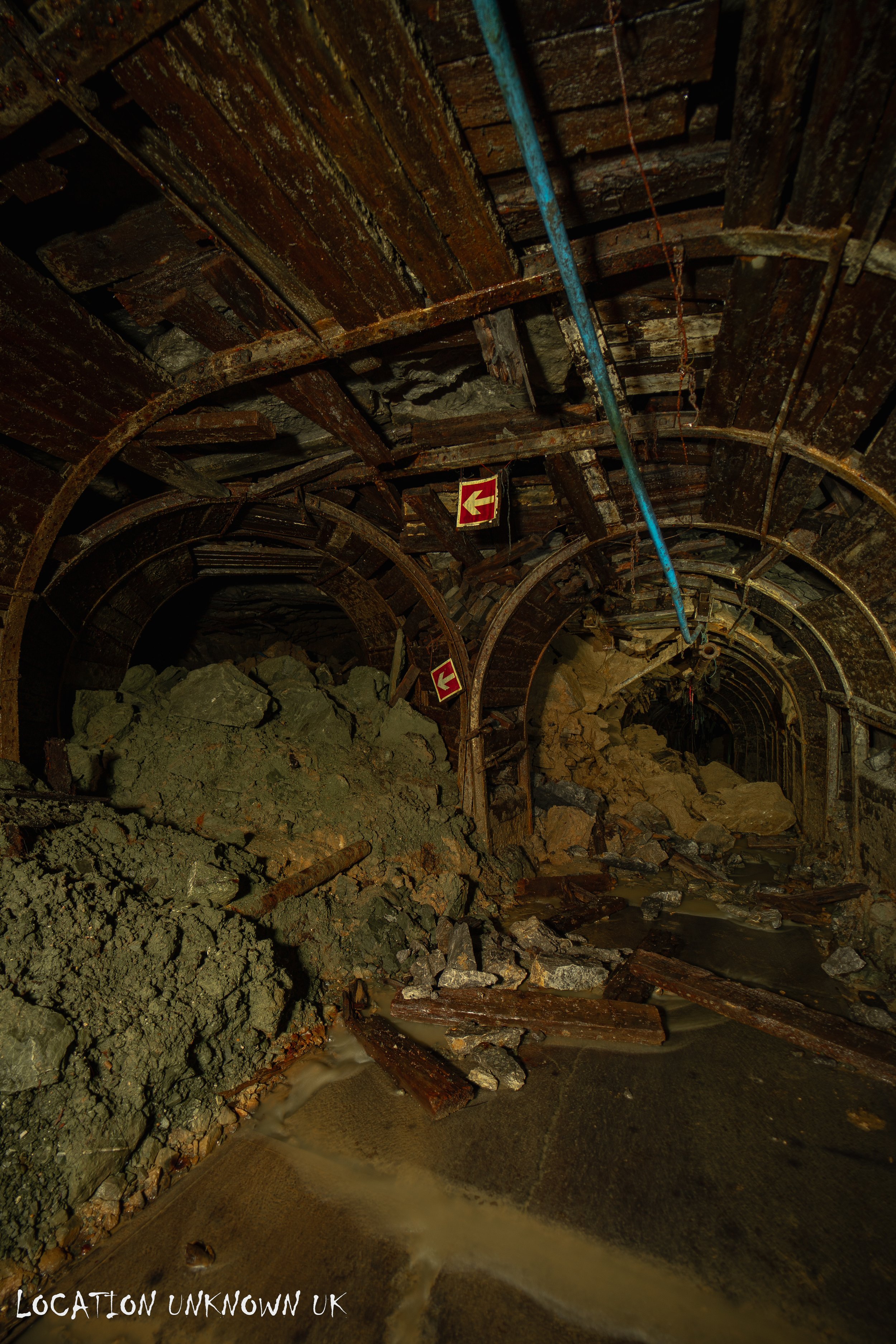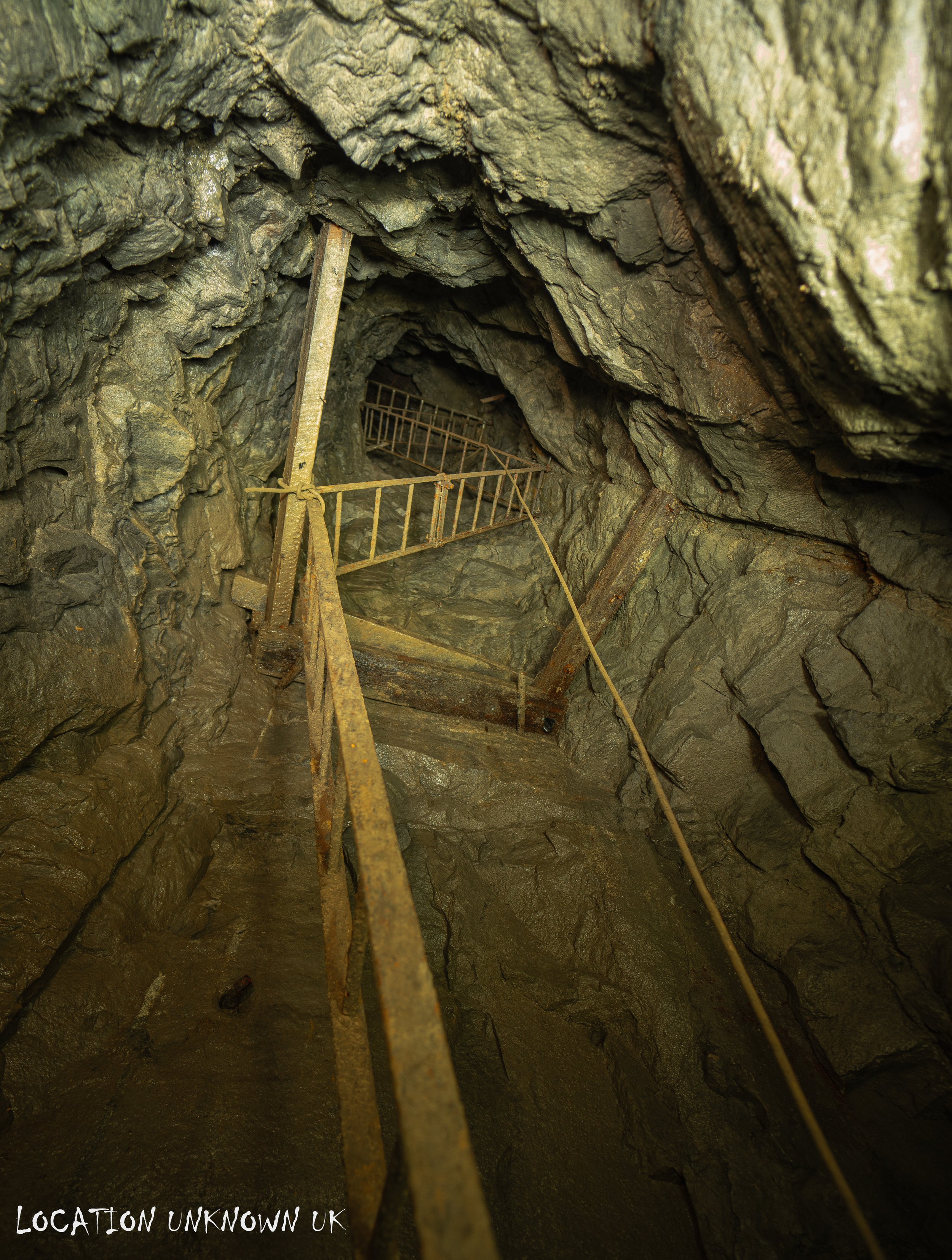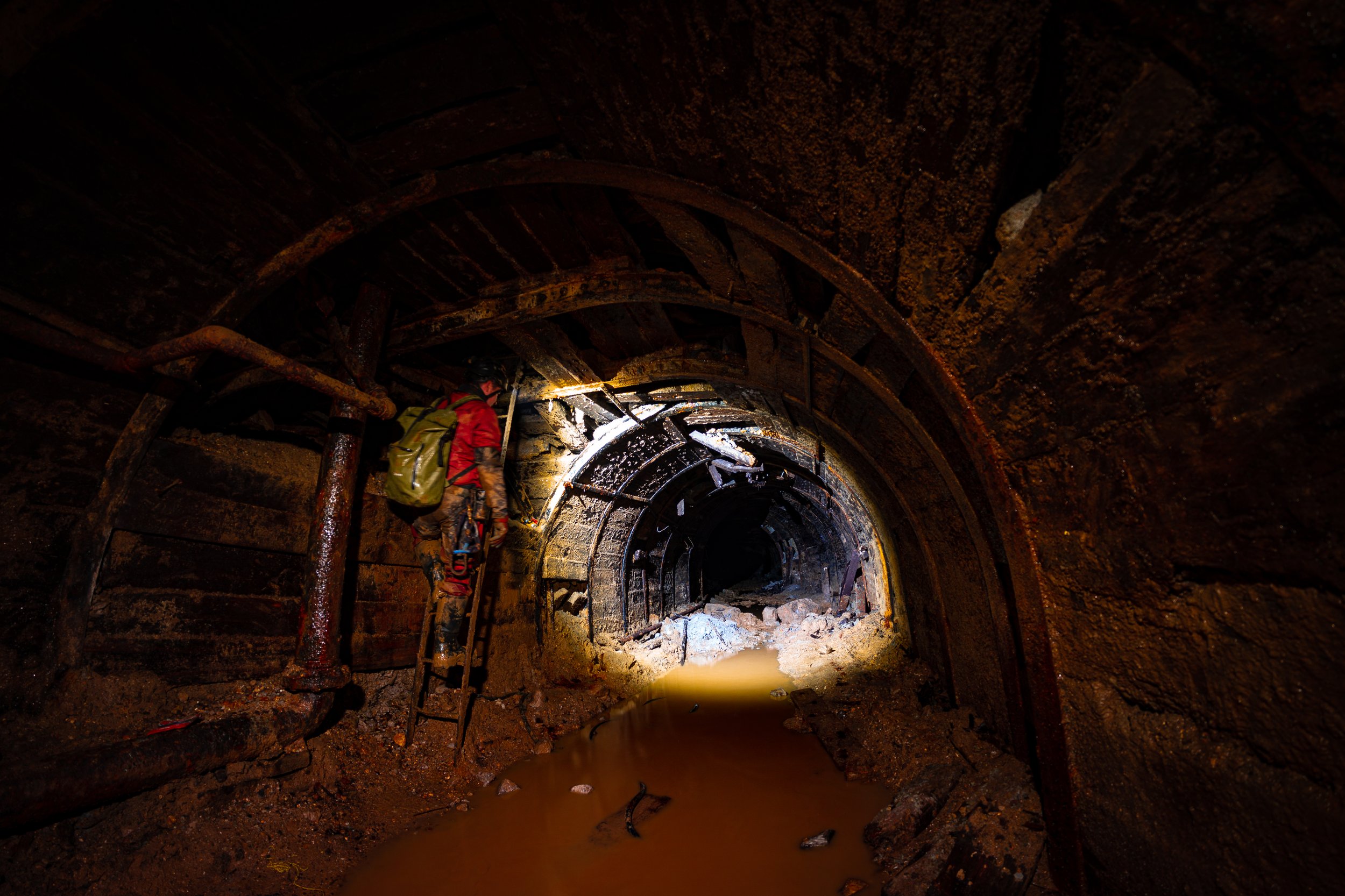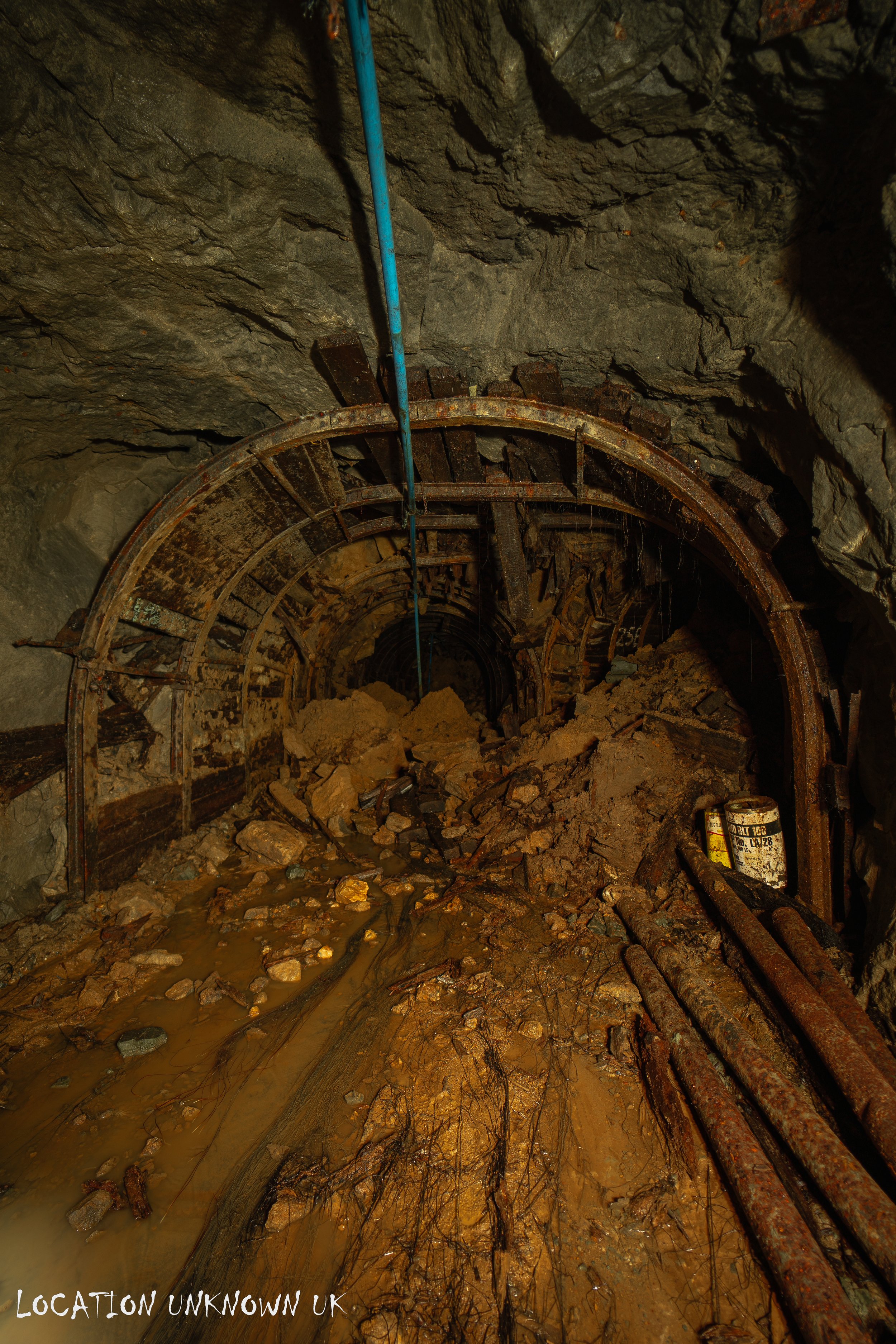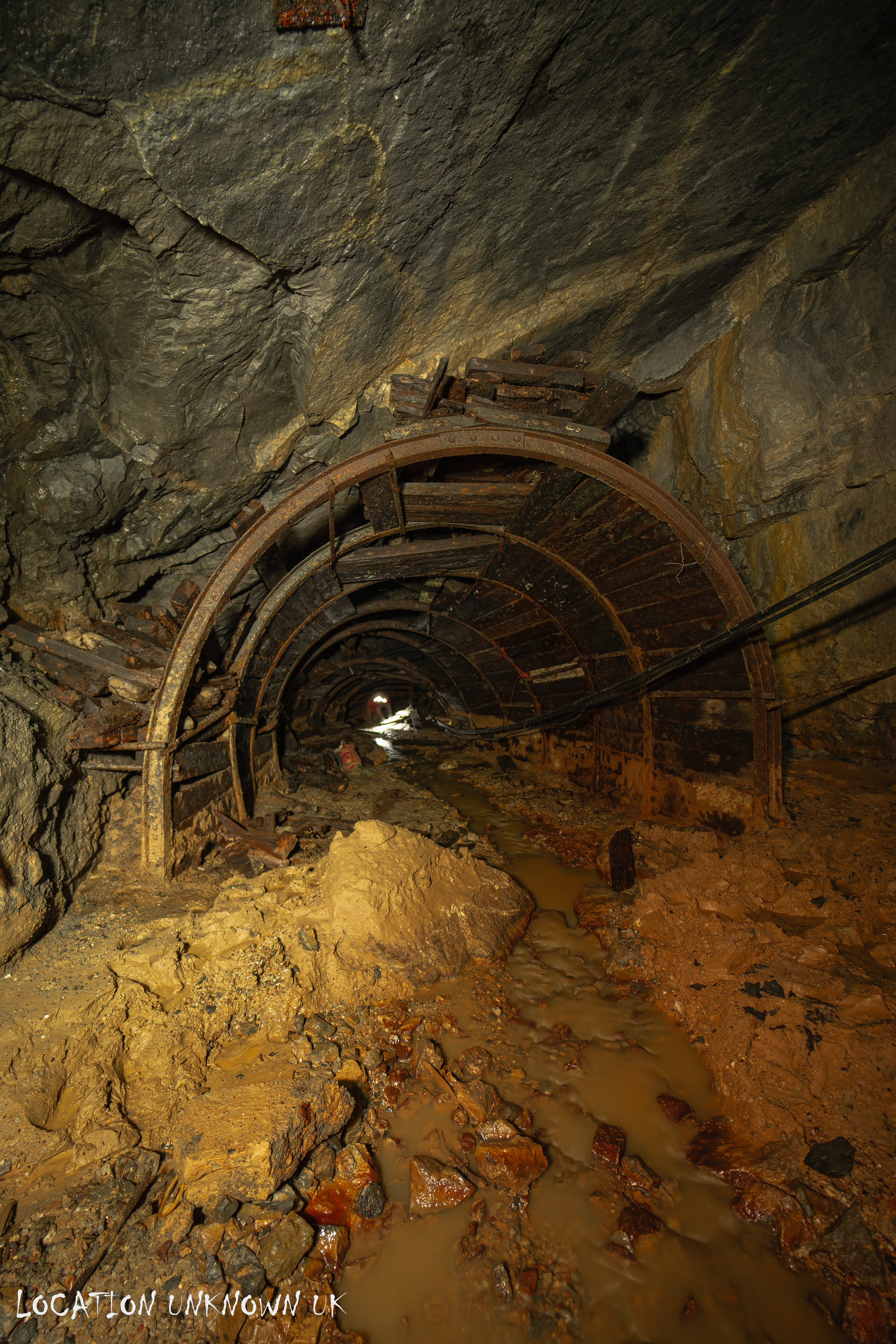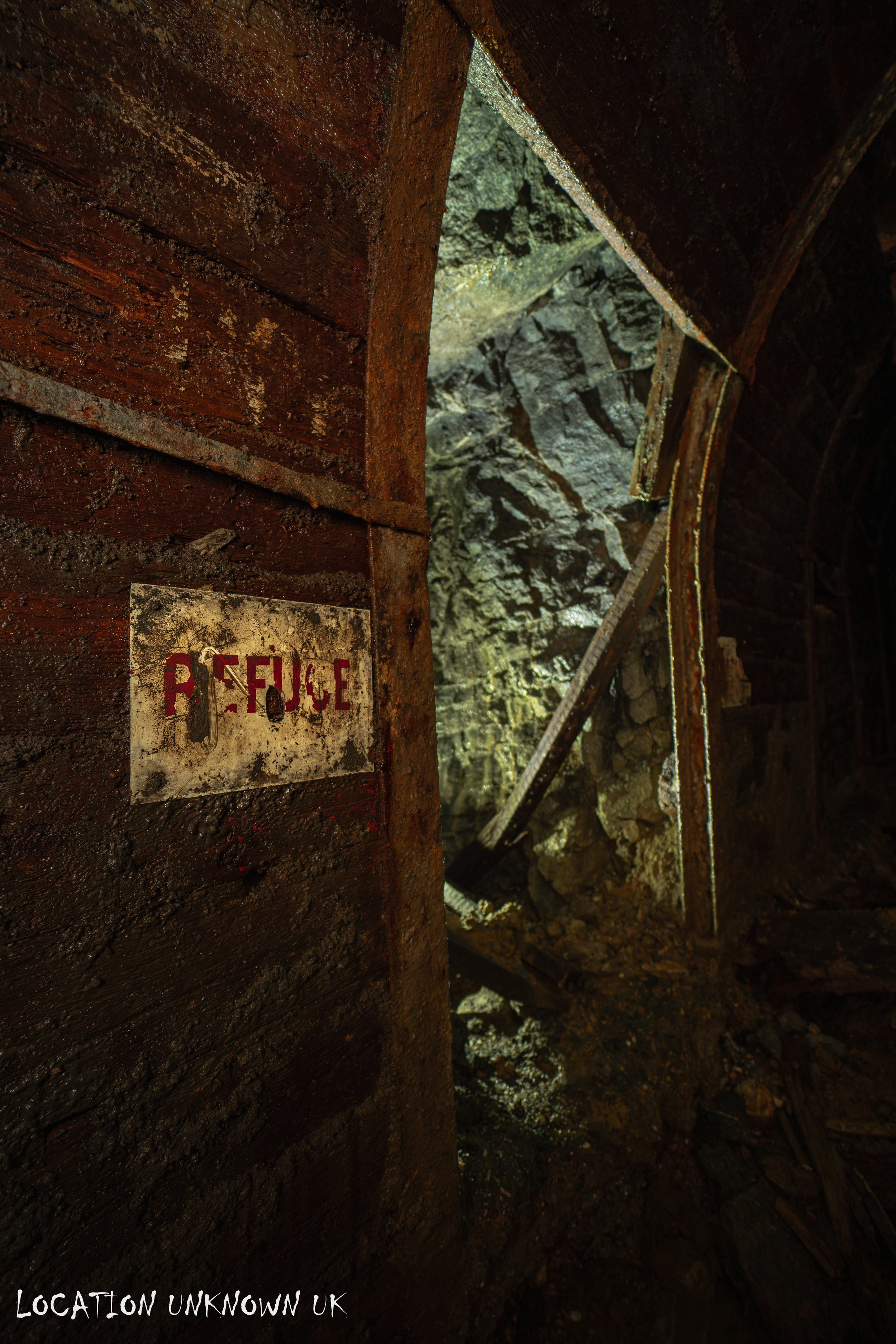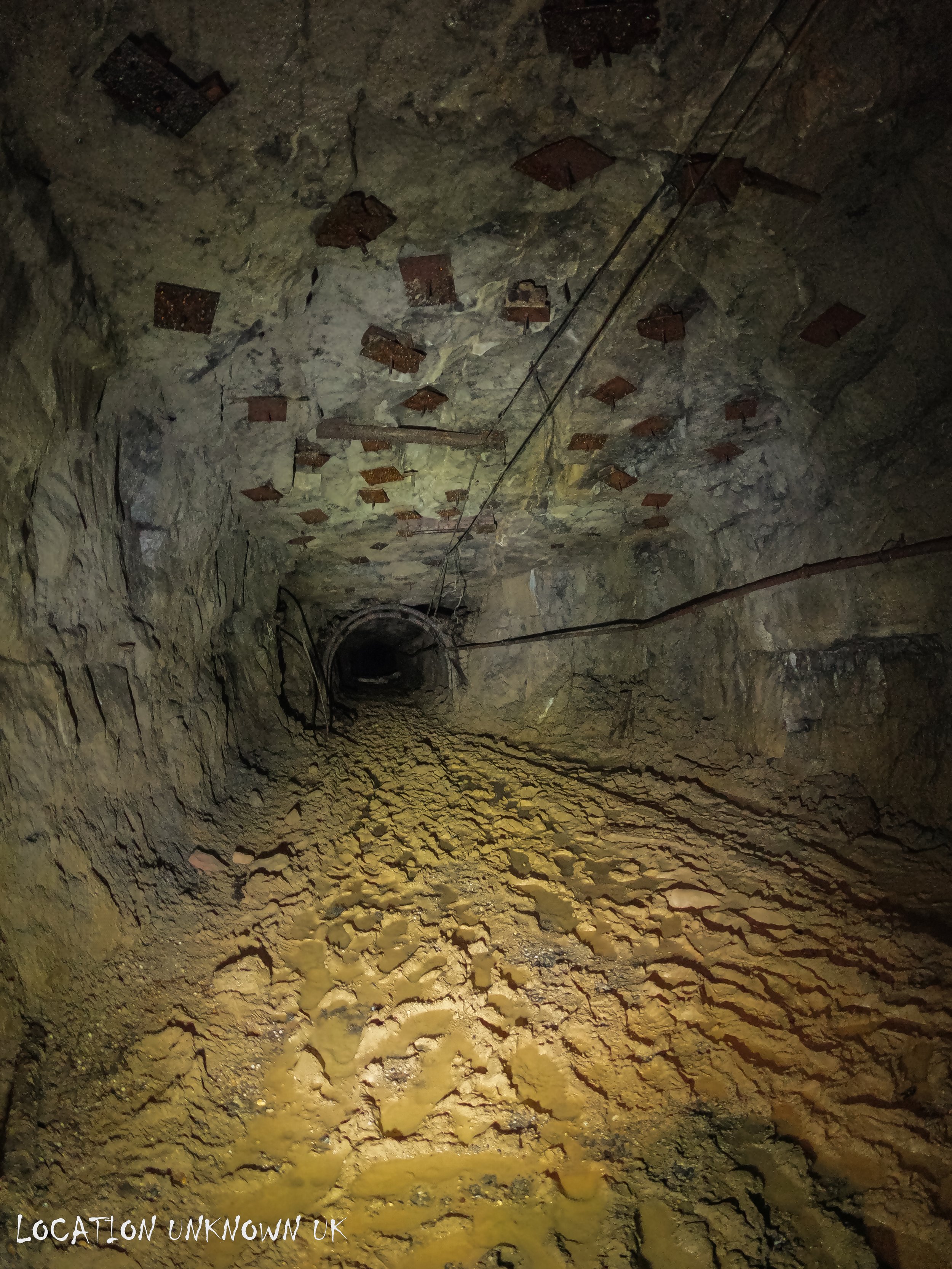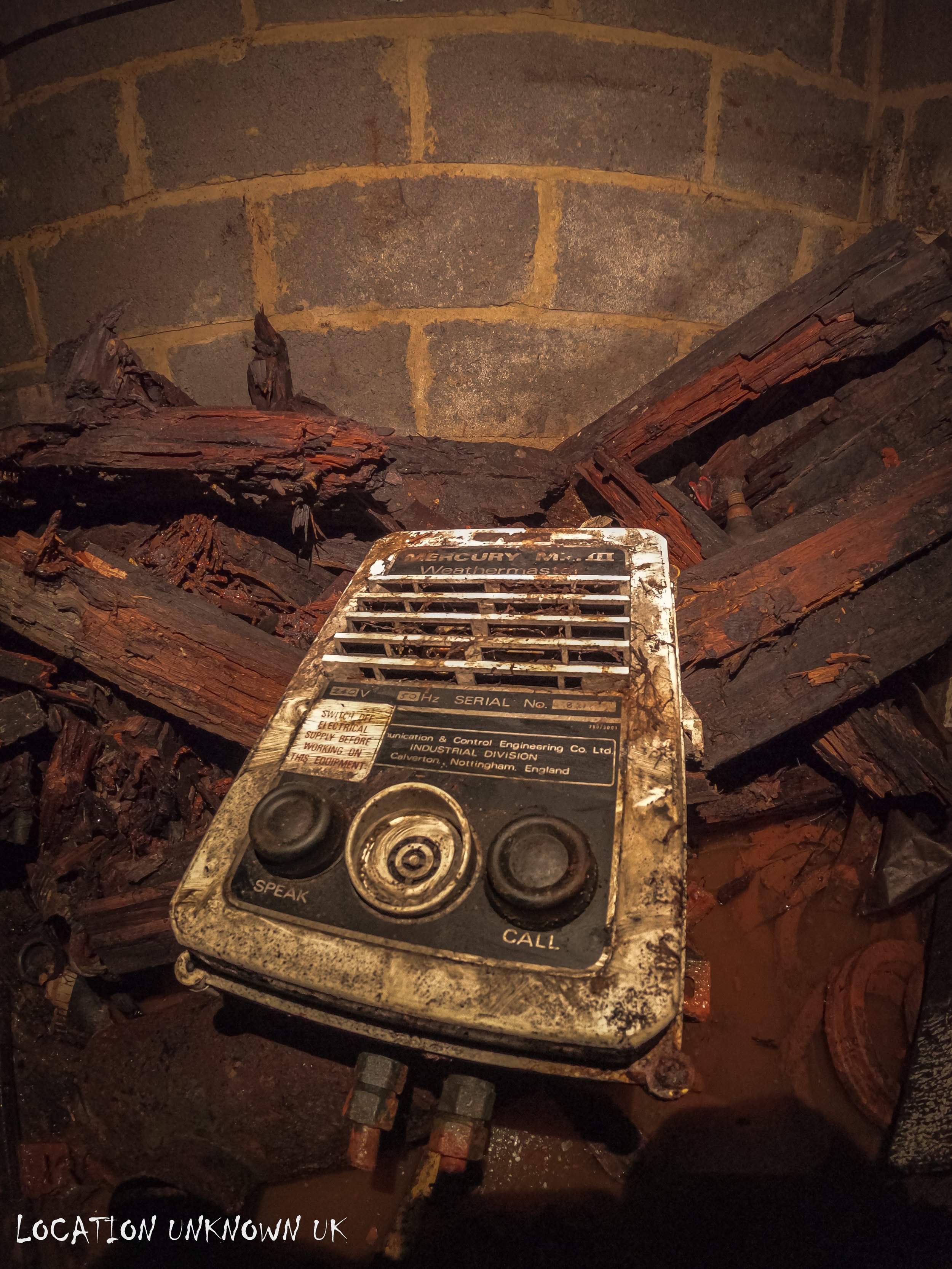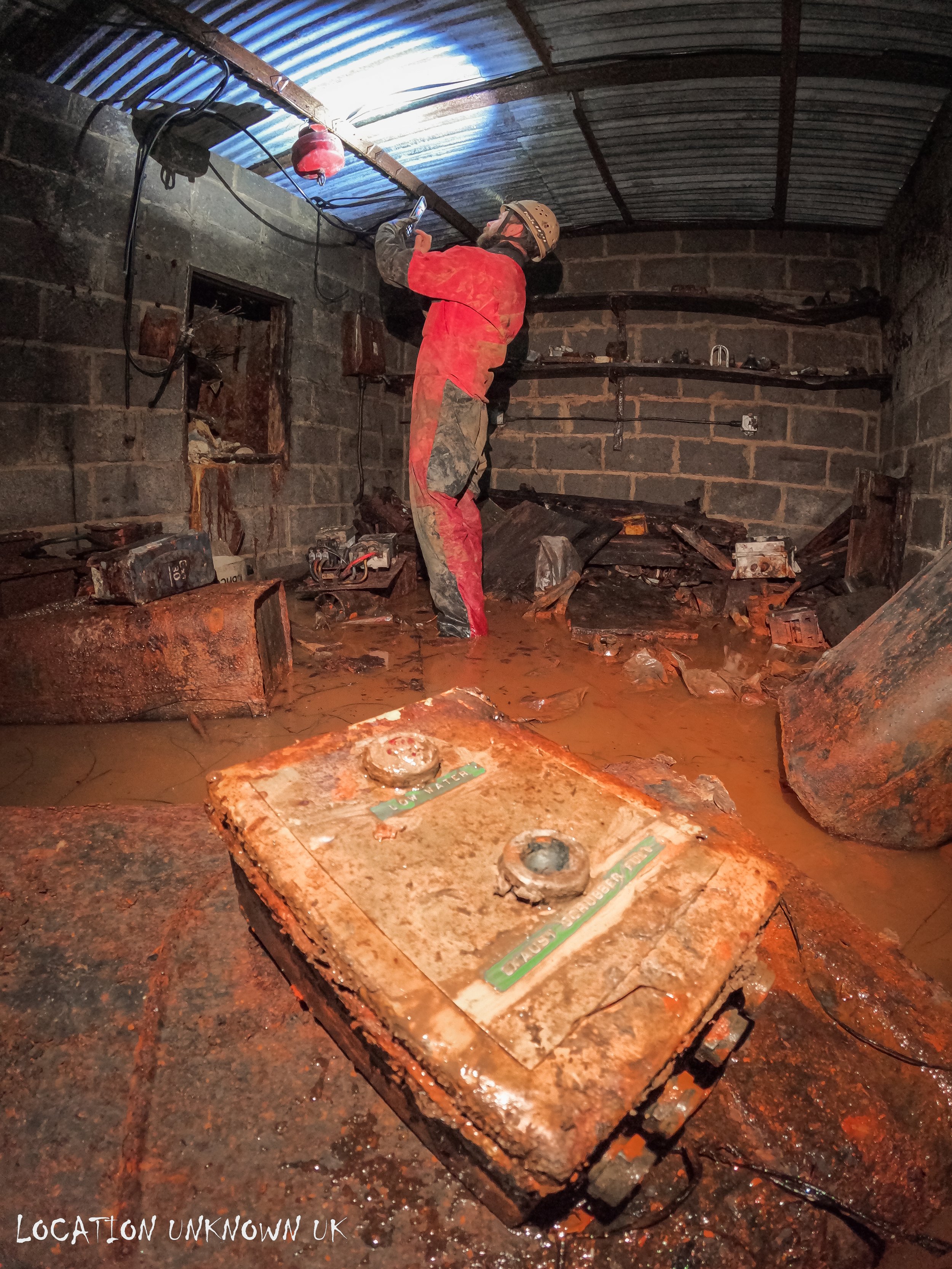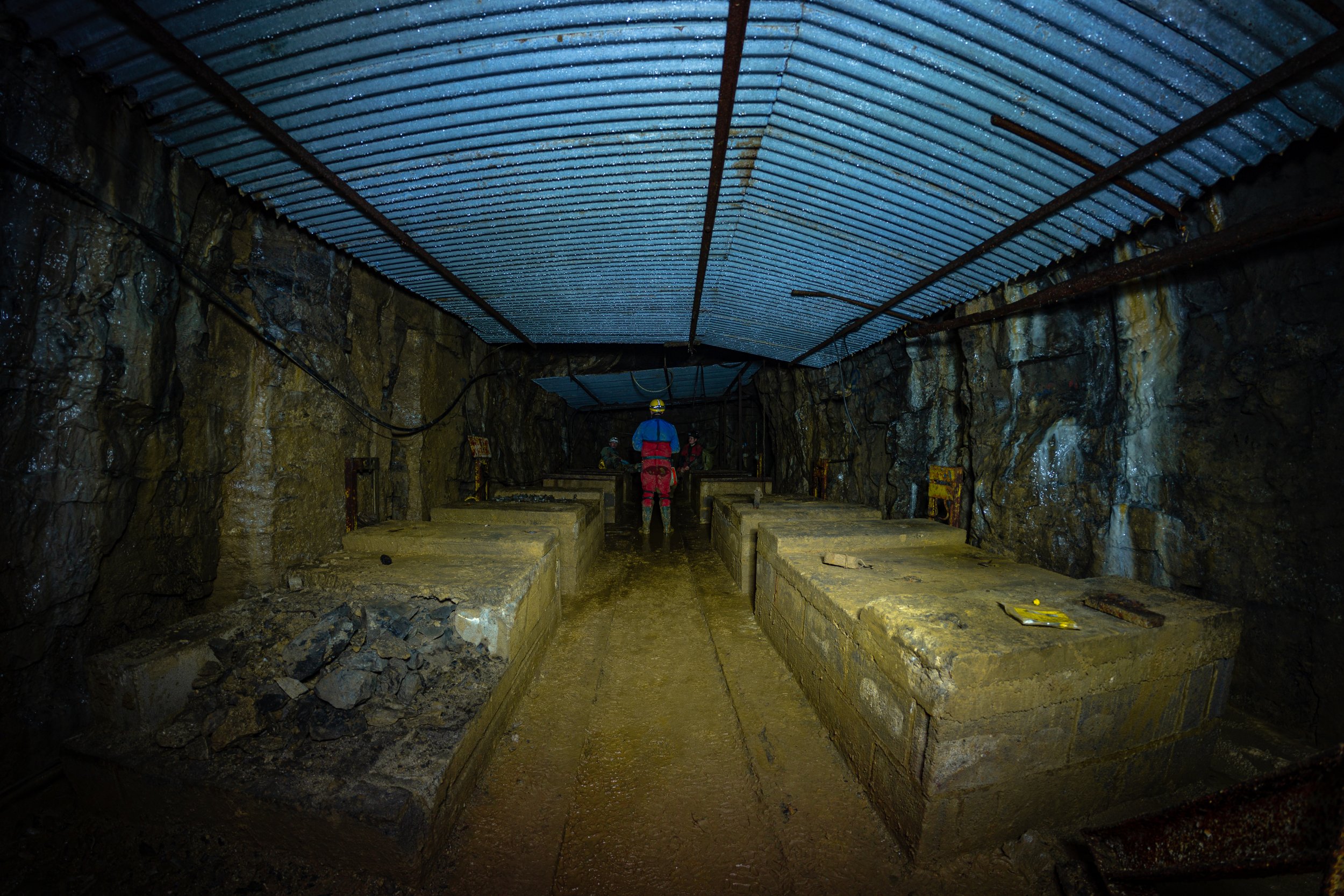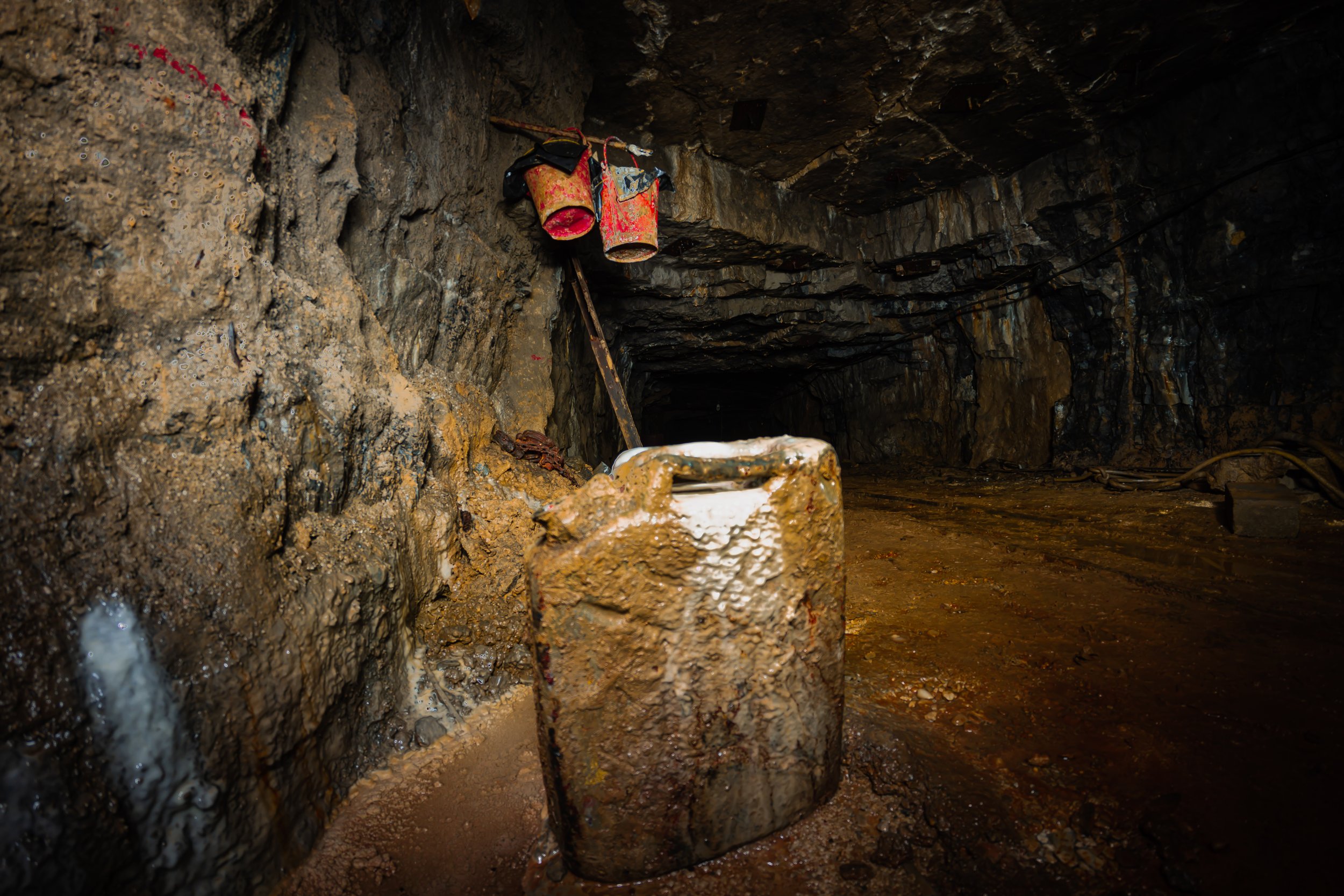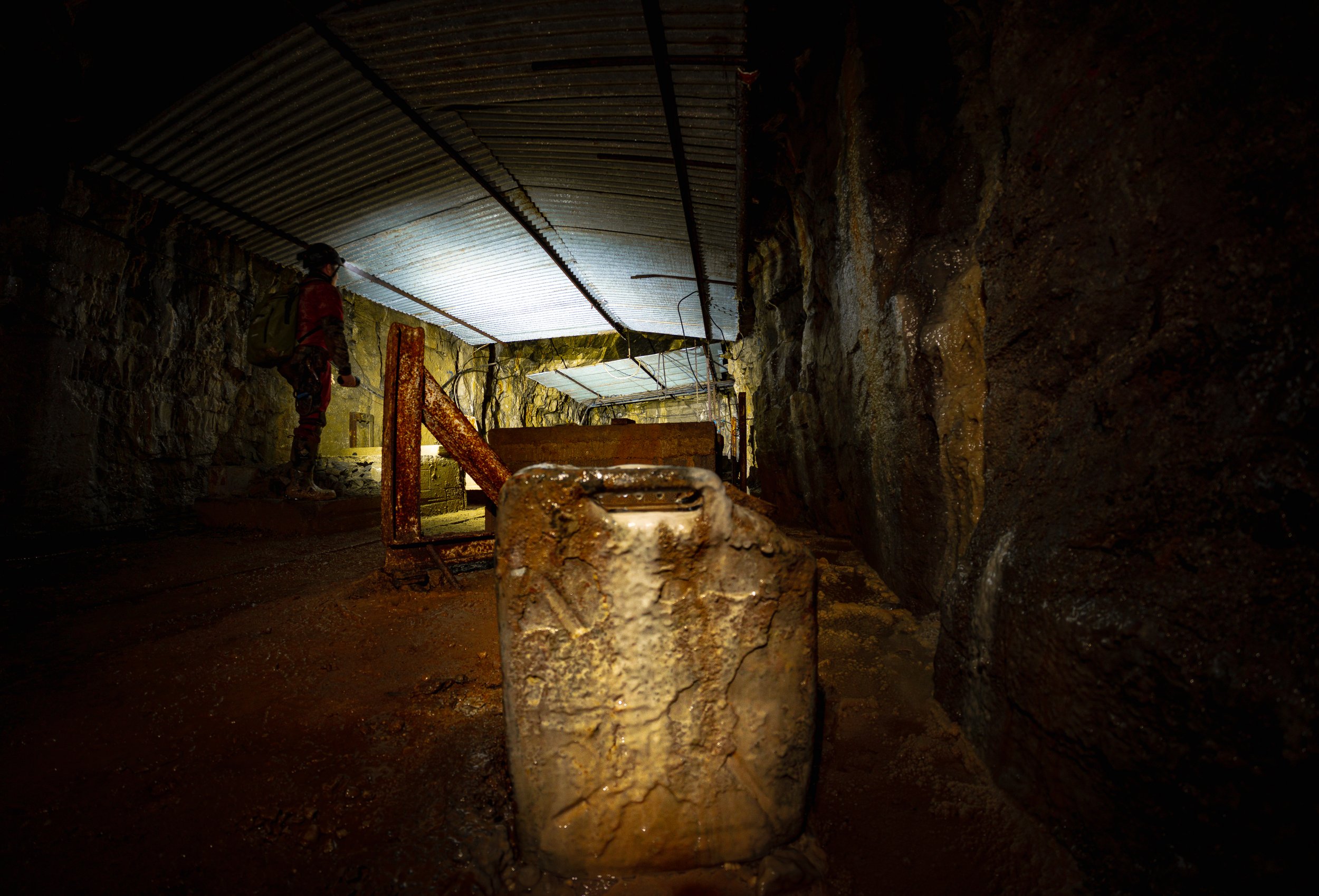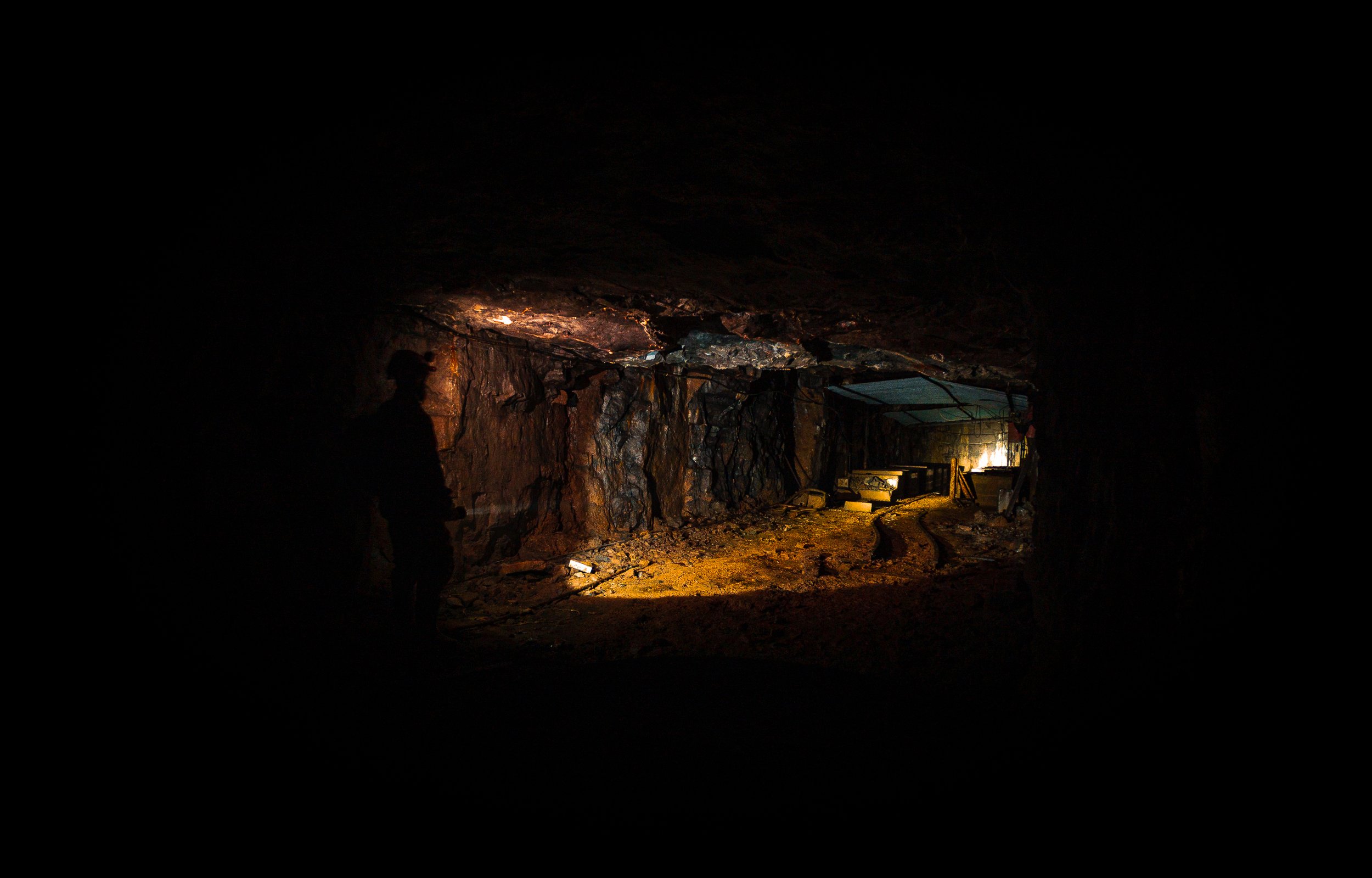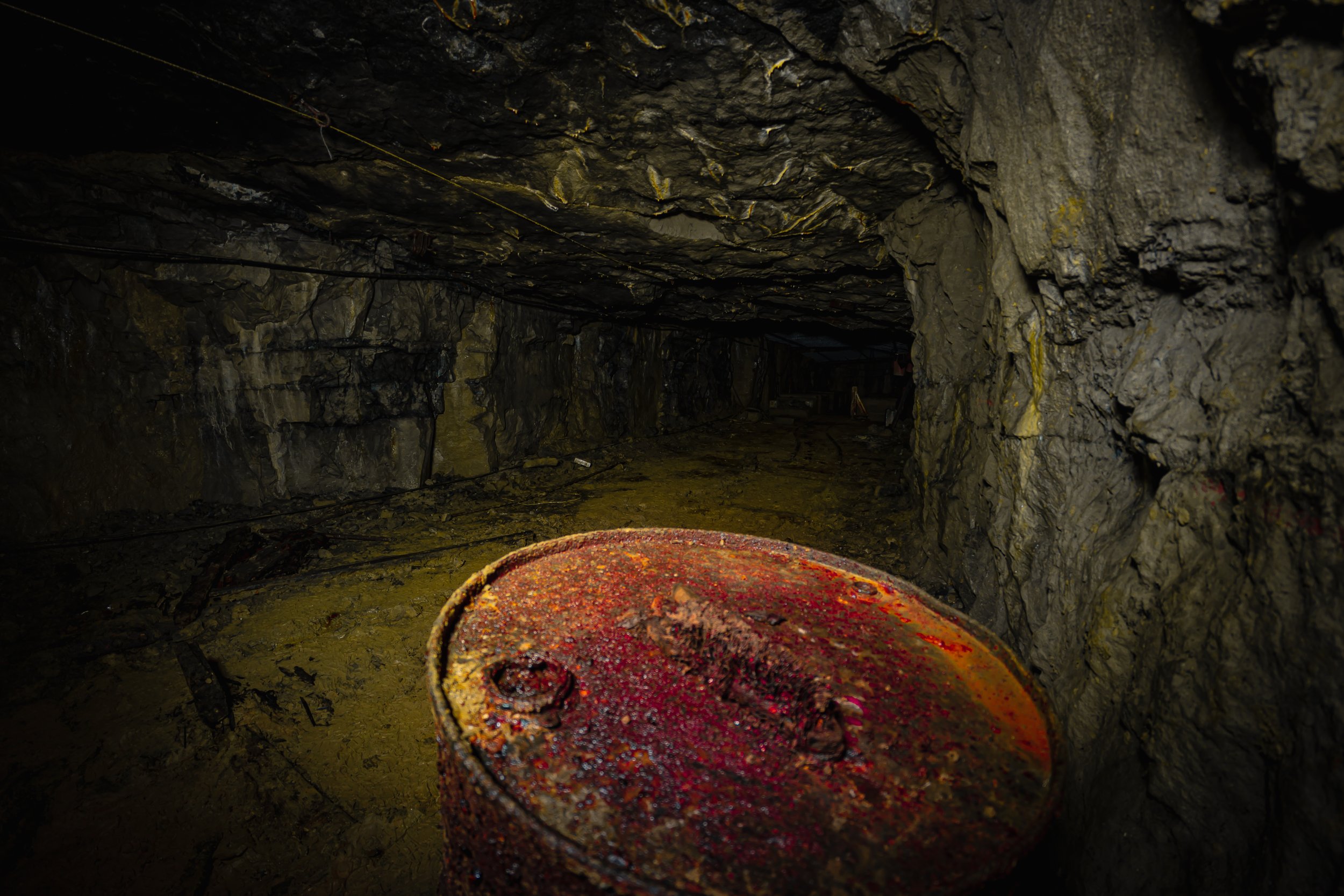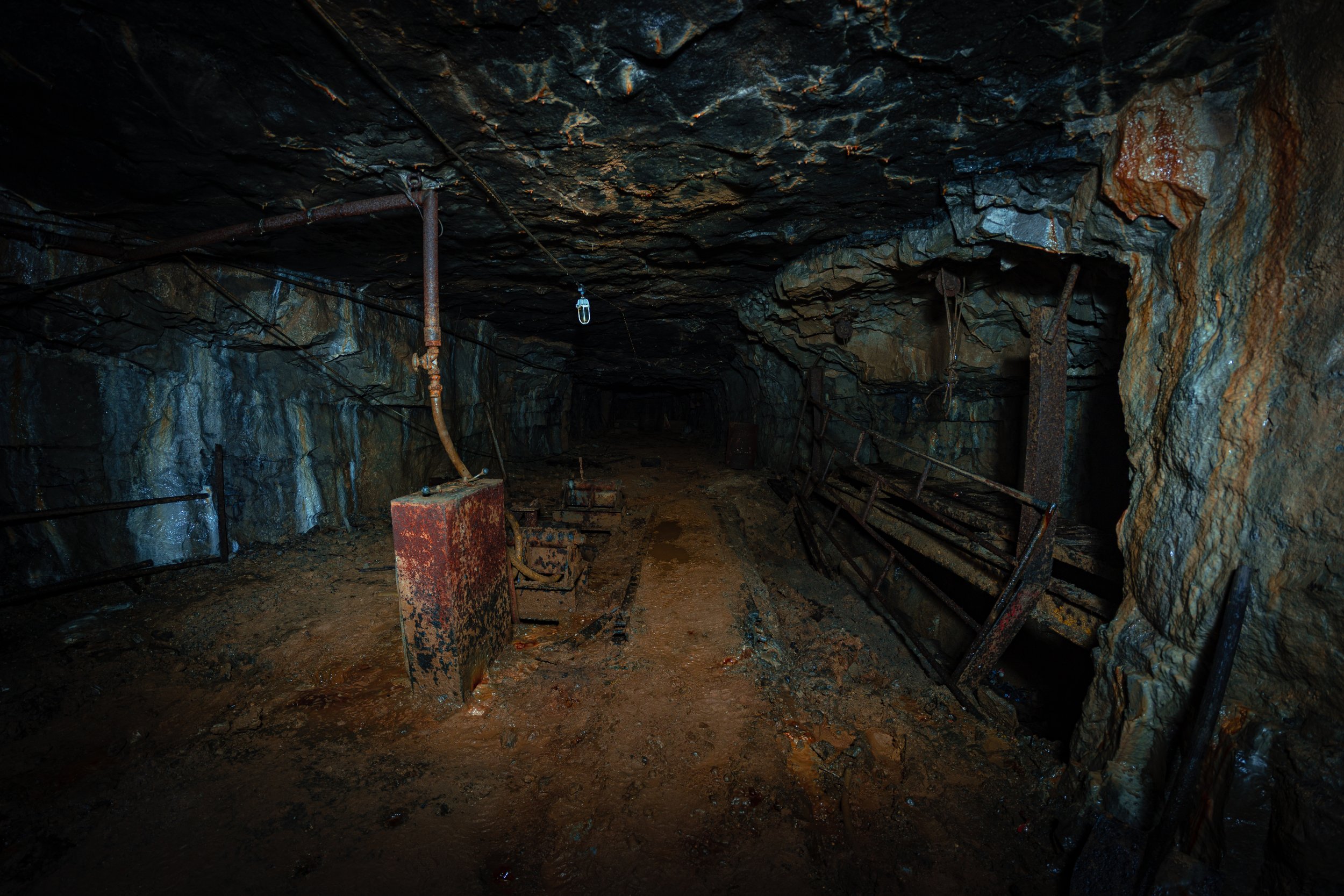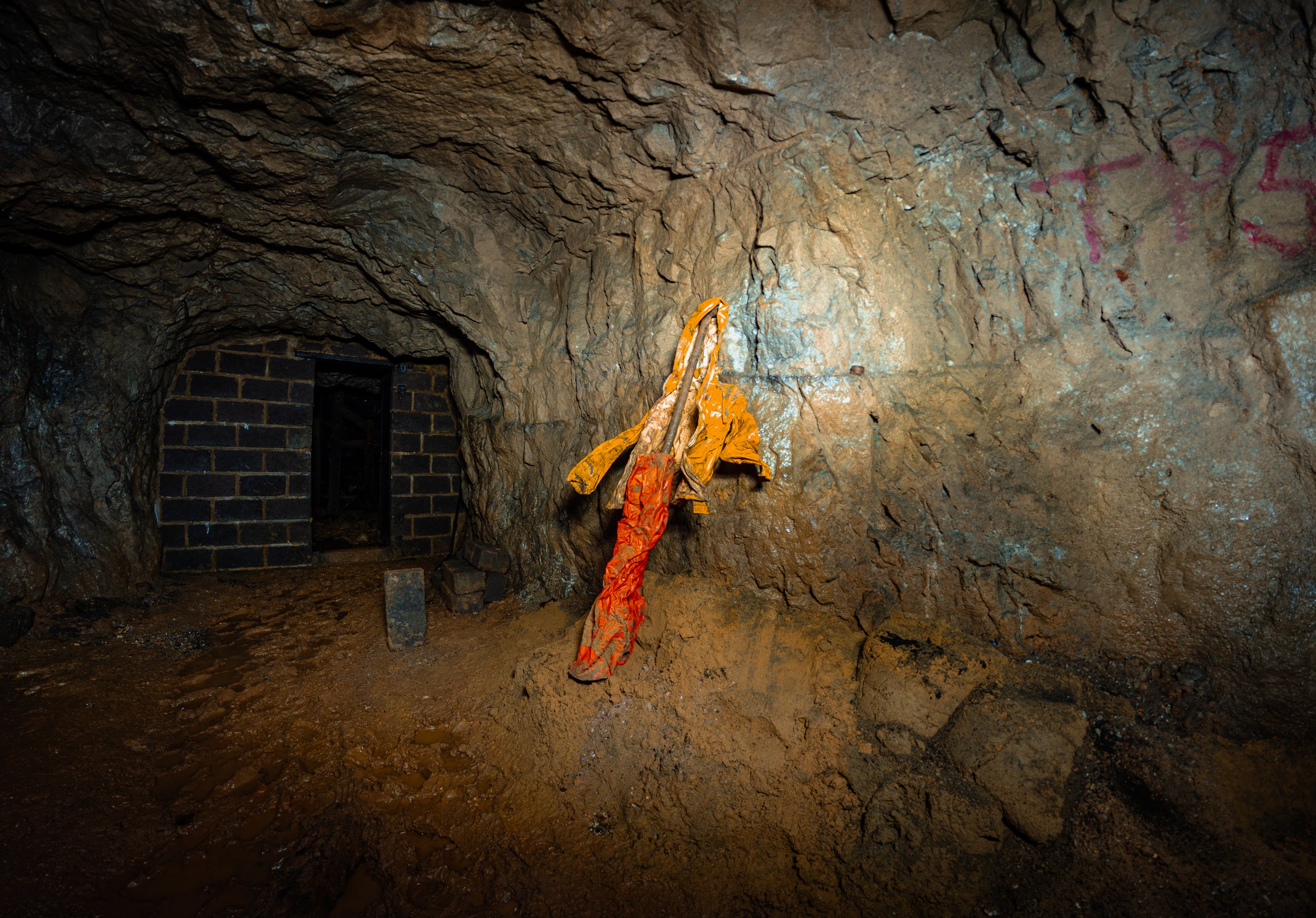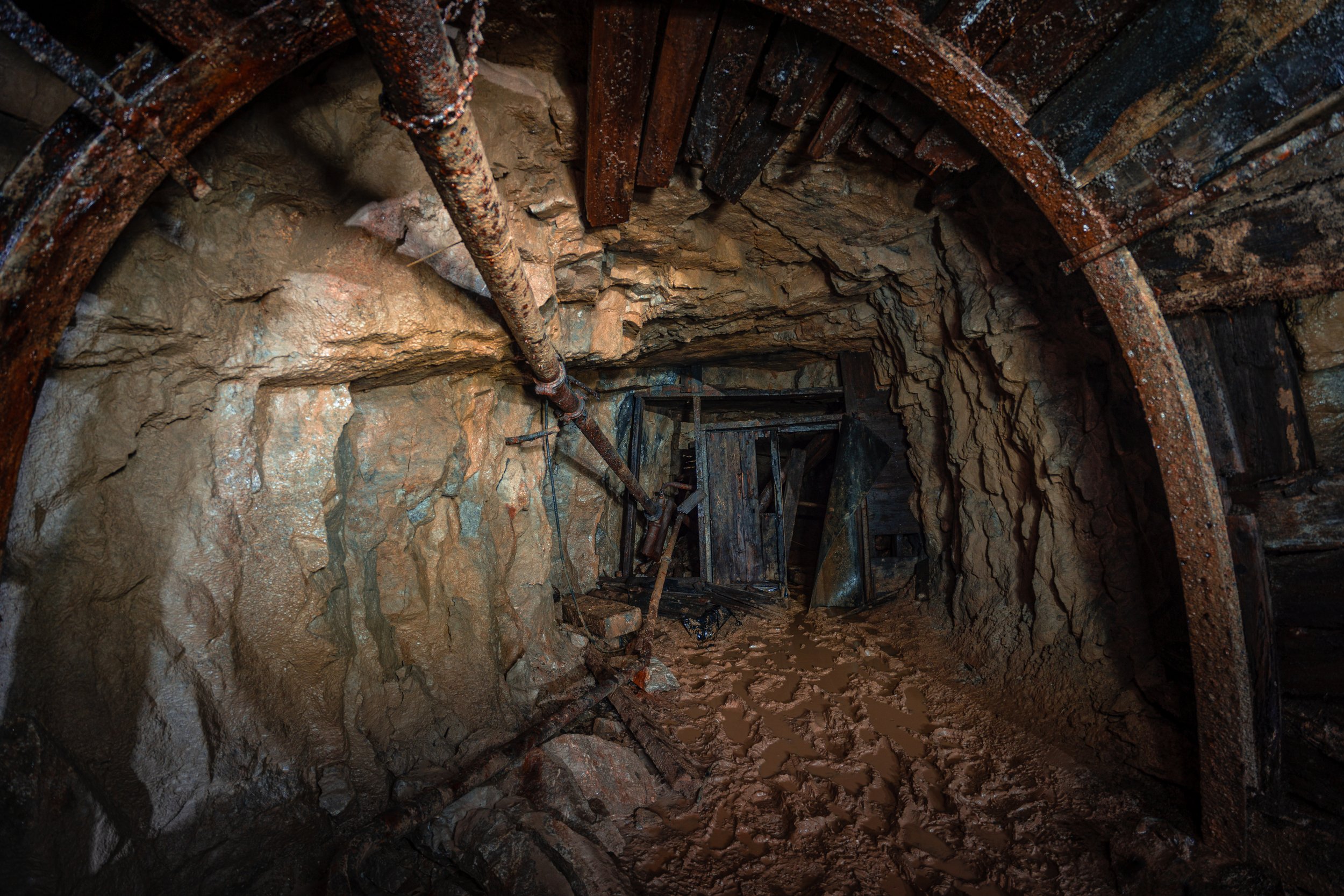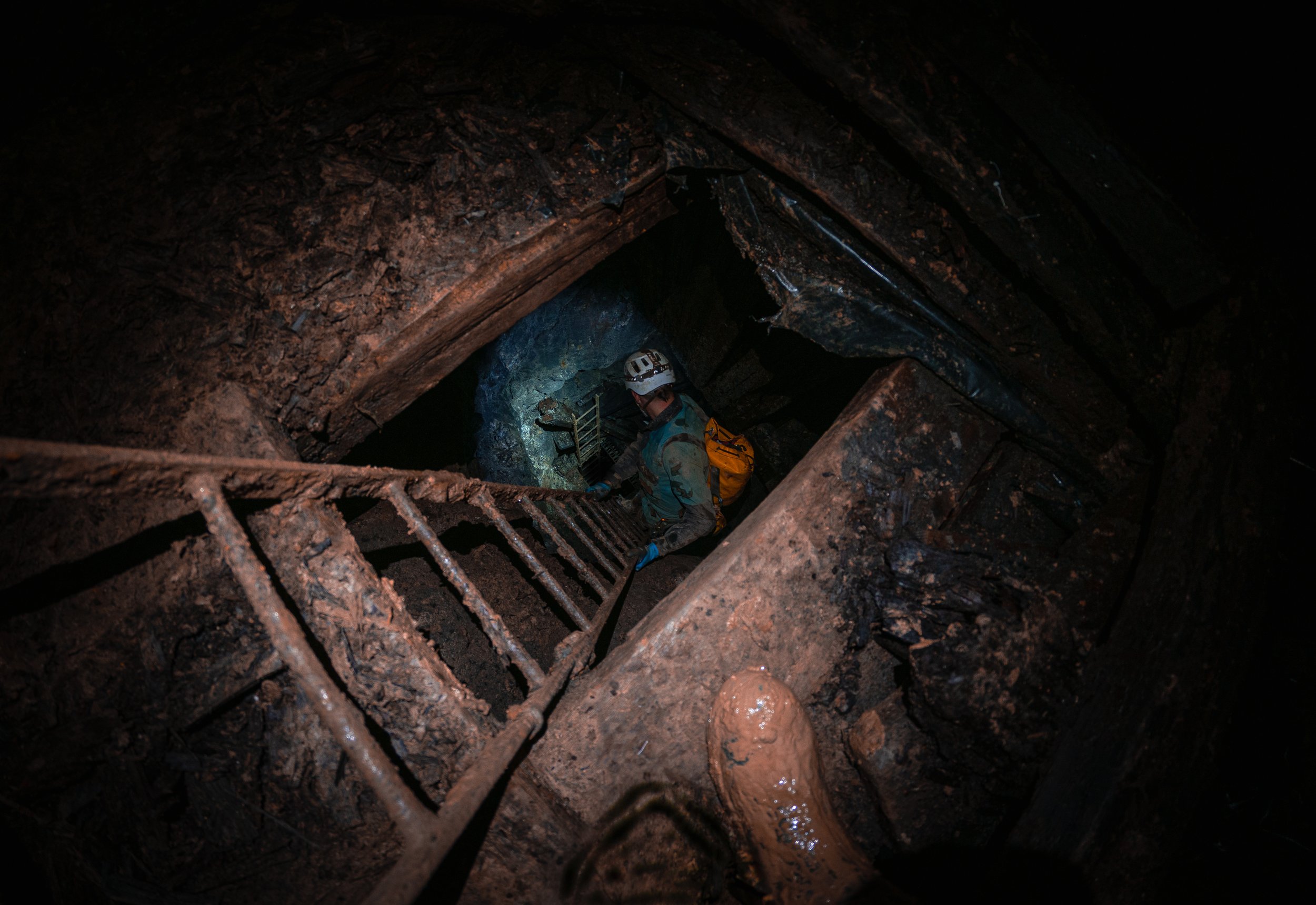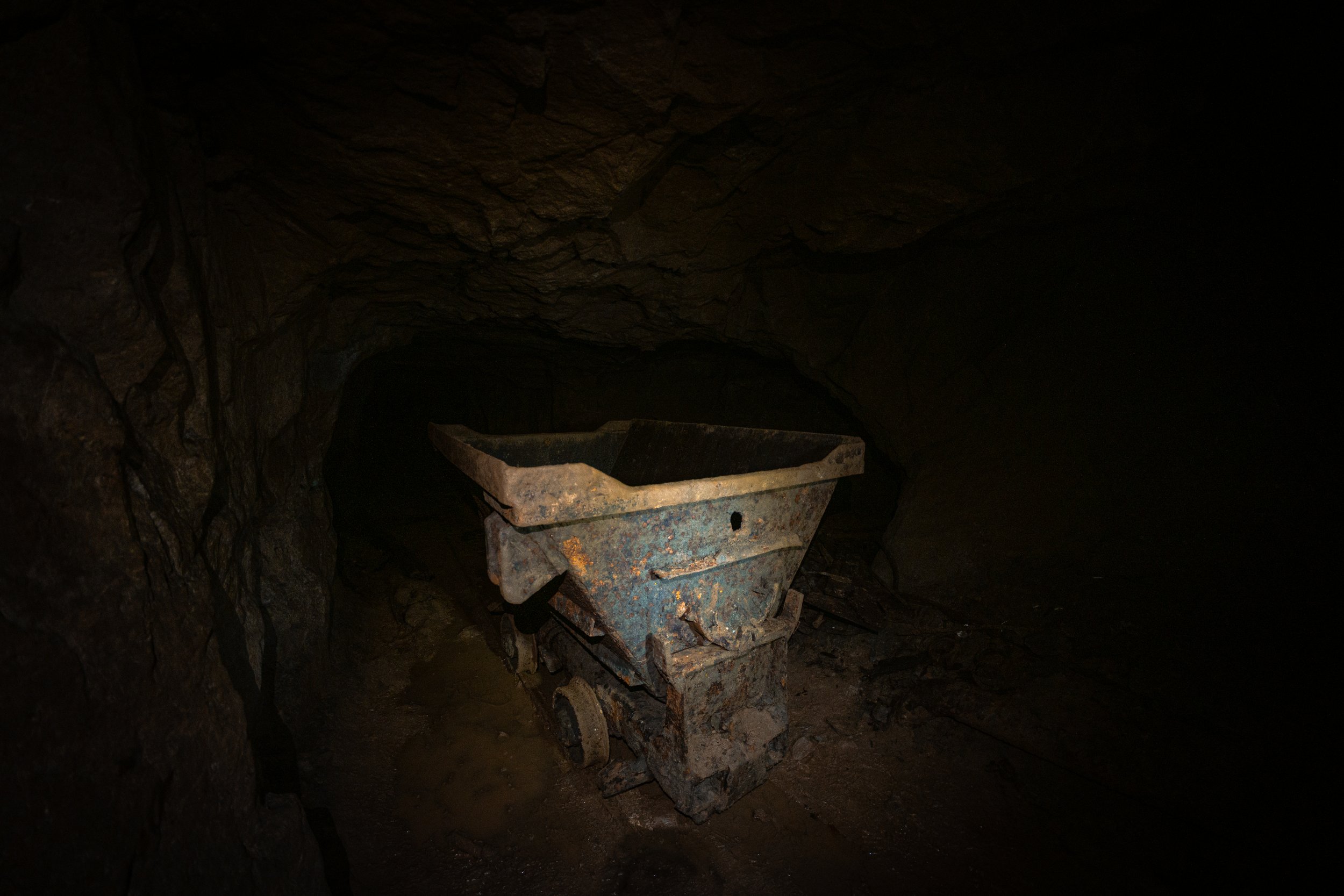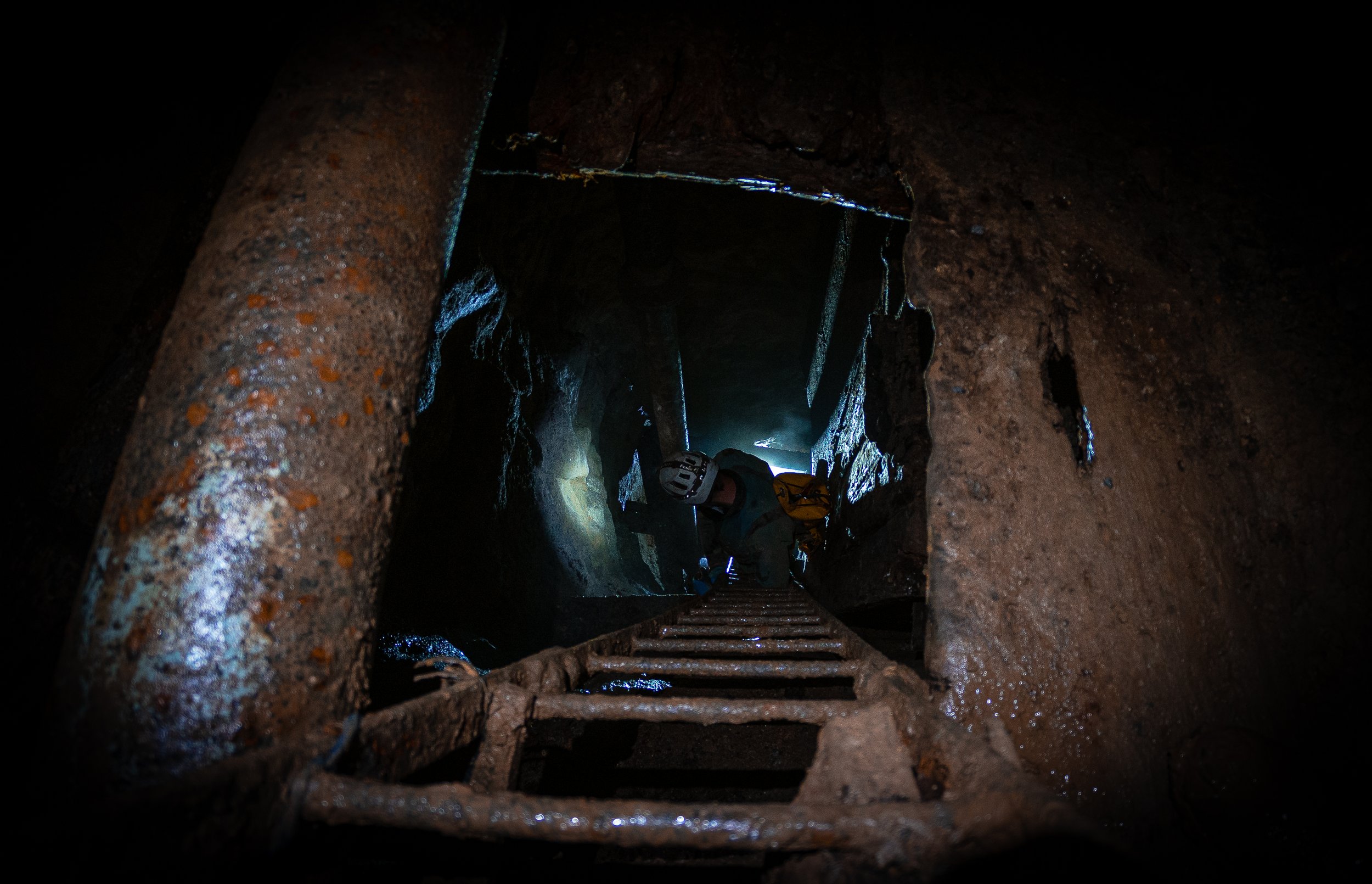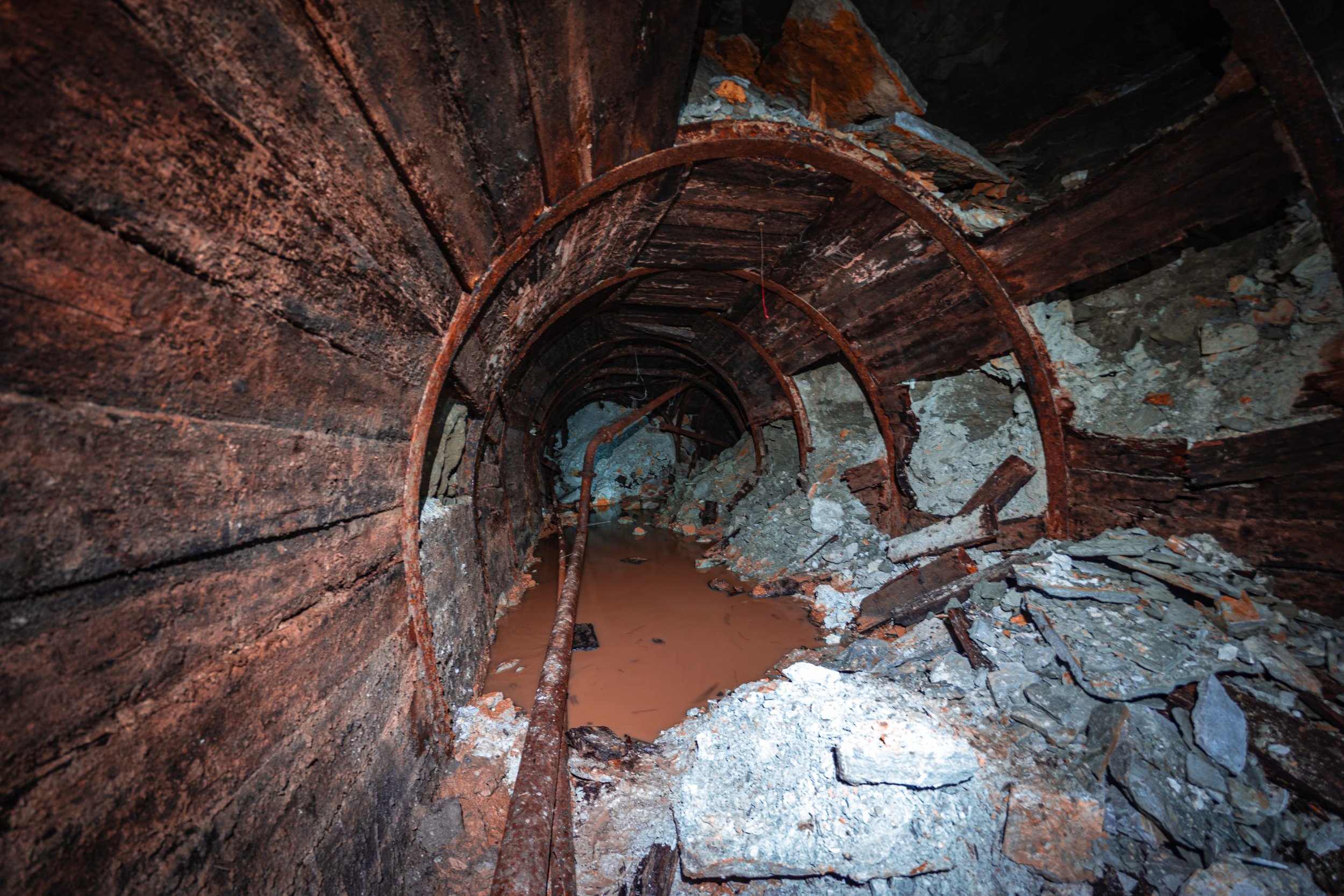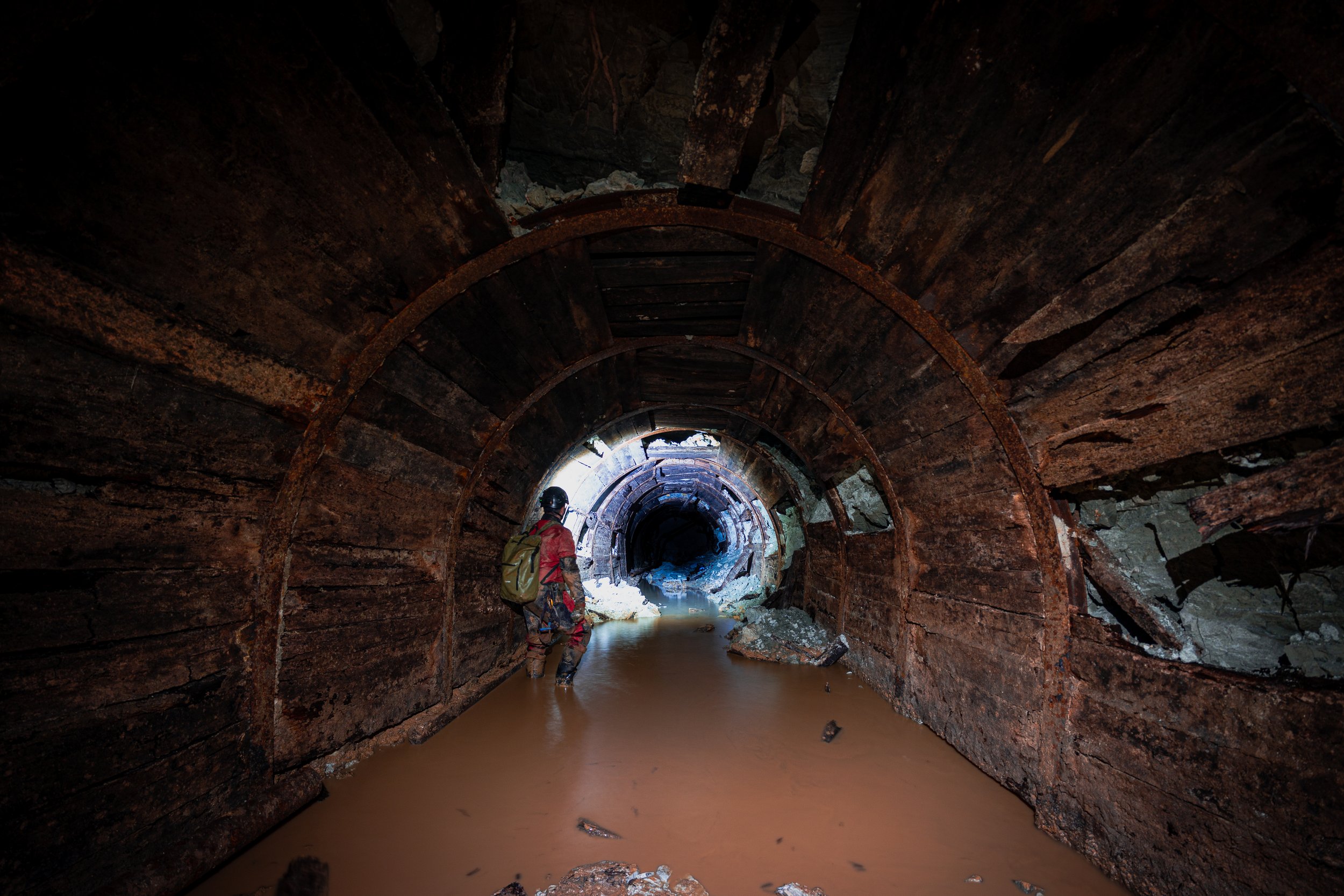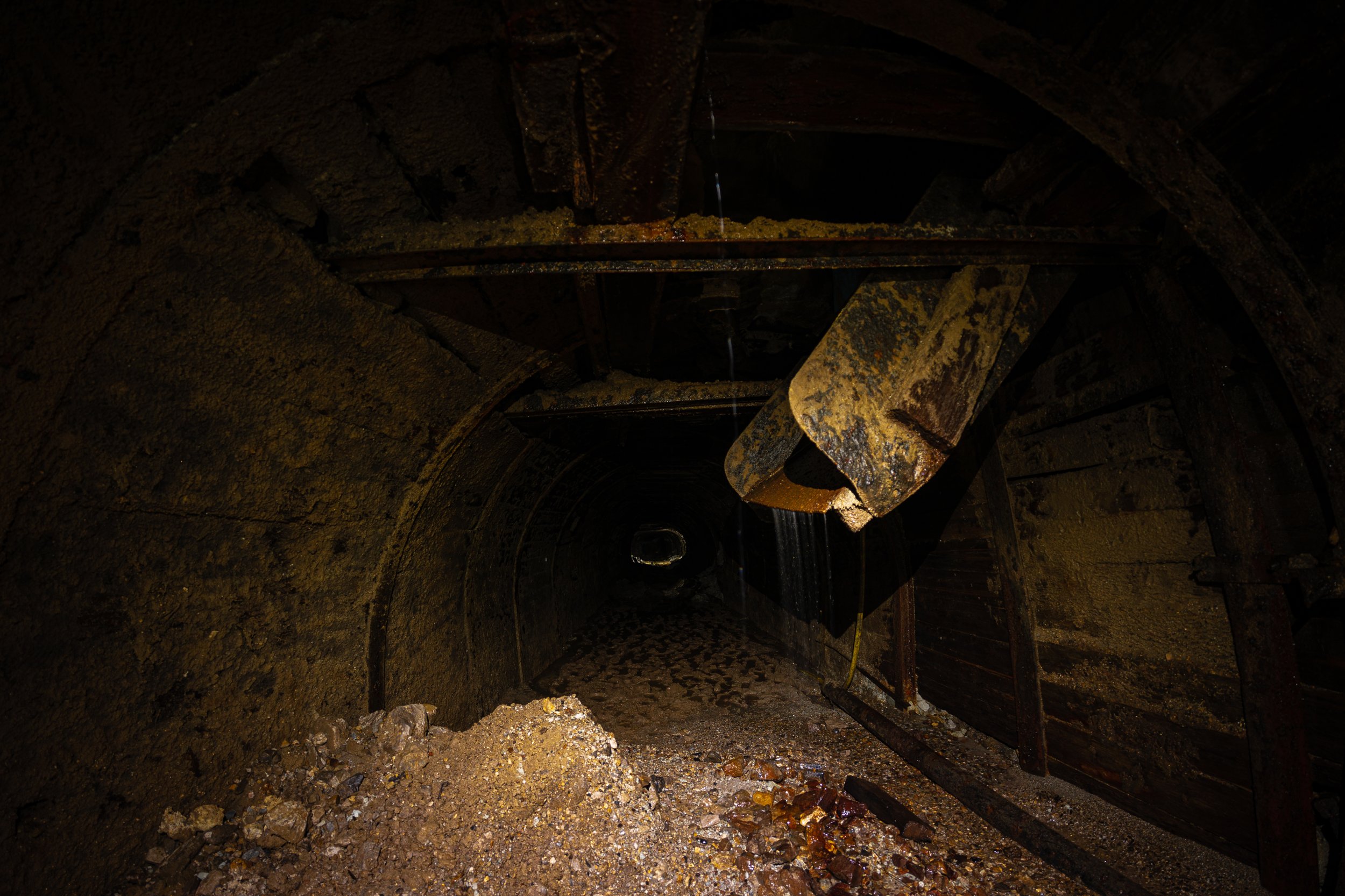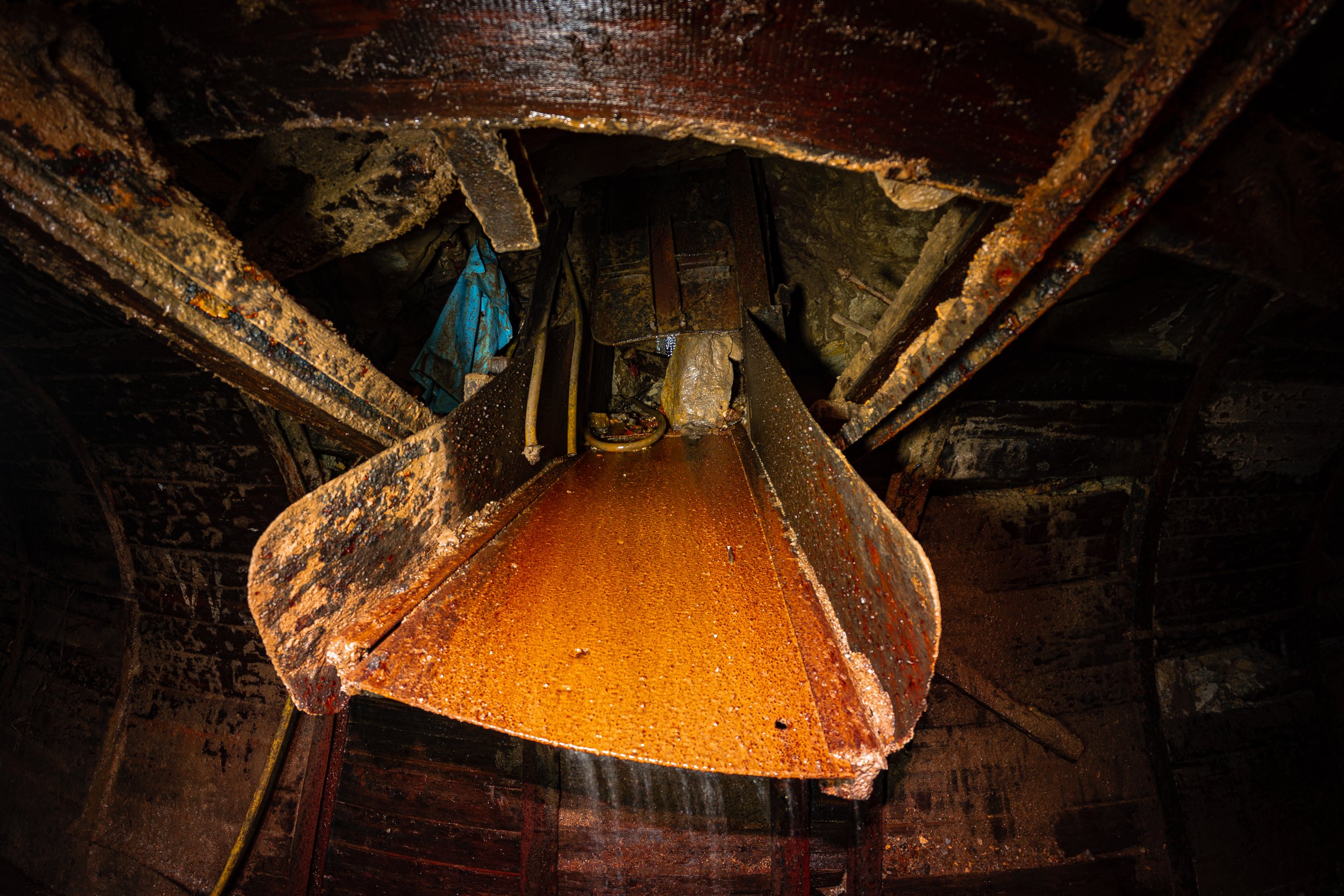Sallet Hole - Derbyshire
At one point in time, access to Sallet Hole was surprisingly relaxed. The main gate was locked, but the key was left under a rock, relying on an "understanding" that persisted for some time. Eventually, the previous owners got wind of this arrangement, and the understanding came to an abrupt end. This led to a cycle of the site being sealed, reopened, and sealed again. At one point, explosives were even used to blast the gate—a rather extreme measure in pursuit of exploring old mine workings. Like many other former mines, the owners eventually placed the site under "care and maintenance." This designation essentially removes a certain amount of liability and eliminates the need for constant monitoring. If the mine were officially deemed "abandoned" and an explorer injured themselves inside, the owners could face legal action for failing to secure the site. All the explorer would need to claim is that they found an open door and wandered in. Under its current status, however, the owners could simply argue that the mine is a live site and that trespassers had no right to be there in the first place.
Looking around today, it’s obvious that the mine has been abandoned for years and shows no signs of ever reopening. From the main drive, it’s a straightforward slog until you reach a three-way junction. To the left, a long series of partially flooded passages eventually leads to a collapse. Along this route, there are a couple of well-preserved timbered shafts that once connected to the sub-levels. On the immediate right-hand side of the junction is the former medic bay, with remnants of its past still scattered around the breeze-block structure. Following this route, you encounter another split: the right-hand side leads to another partially flooded passage with numerous large side-tipping carts, while the left-hand side takes you to the base of the ladders that ascend to the 140 level. Here, a ridiculously steep incline—seemingly leading to nowhere—remains a mystery, its purpose lost to time.
The first ladder to the 140 level is the start of many, and it’s precariously held at the top by an old shoelace. The ladders seem to stretch on endlessly until you finally reach the top, where former miners’ clothing has been left hanging on a post, eerily resembling a worker standing upright. This level has plenty to explore, including a battery station, more tipping carts, and forgotten levels. Over the years, parts of the mine have slowly succumbed to time, which brings us to the final route at the main junction, “Beyond the collapse.”
When I first explored this system, the main way forward was blocked by a collapse of shale and toadstone—two materials you wouldn’t want to attempt digging through. This was frustrating, as there was far more to see beyond the collapse than on this side. From what I’d heard, the workings beyond were extensive. On one visit, I noticed visible efforts to clear a way through. We stood atop a massive pile of toadstone that had delaminated from the ceiling—tons of the stuff, by the look of it. Over the mound, there was a narrow slot in the floor on the left-hand side, seemingly just large enough for someone slim to squeeze through. As we approached, however, the ground shifted ominously beneath us, with large chunks of rock moving around. We quickly backed off, thinking that whoever was actively digging there must have a death wish.
A few weeks later, I heard that the collapse was now passable. This was confirmed by a couple of cavers who had recently made it through; they described it as daunting but worth it. The following weekend, we set out early in the morning, armed with a 4-gas detector and a shovel, prepared to tackle the death trap. Upon arrival, we were shocked to see that the previous attempt to dig through on the left-hand side had collapsed entirely. All efforts now seemed focused on a narrow channel to the right, which acted as a dangerous slide. This required a sort of Superman-style, feet-first slide down—with bags off—while trying desperately not to disturb the unstable rocks above.
Once through, we found ourselves standing in the remnants of the old dig, which had completely given way. Anxiety levels were high as we moved cautiously forward, aware that we’d have to exit the same way we came in. Beyond the collapse, the main haulage split into five paths. Straight ahead were three visible routes leading to the sub-levels, a ladderway, and the fan shaft. Out of view to the right was the West Incline, where the connection to Watersaw Mine used to be—or so we’d heard.
We chose to explore to the left first, ascending some remarkably well-preserved ladders. Through a small hole in a breeze-block wall, we found ourselves in a muddy passage. Waist-deep in sludge, it became too difficult to wade through any further. On this level, there was also a wet passage leading to the top of a tipping shaft. We spent the rest of the day exploring various sub-levels, coming across the fan shaft, old telephones, and remnants of workshops. The final area I wanted to see was the West Incline—a loose network of passages, most of which had collapsed, including the infamous "zig-zag" ladders. These were originally installed by Antonio of C9C in an attempt to survey new ground, but unfortunately, they led to older workings that had all run in. Along the West Incline was once a connection to the nearby Watersaw Mine over the hill. This connection has since collapsed, but at one point, it was possible to complete a through-trip.
After spending over eight hours in the mine, we headed for the exit, knowing the unstable collapse awaited us. On the way out, more loose silt shifted around us as we kicked our feet to climb upwards. At one point, a large slab of toadstone shifted dangerously above the narrow entrance, nearly burying one of us. Thankfully, we made it out unscathed. In recent times, the mine has reportedly been permanently sealed, And now i can confidently say i have no need to ever return to this place thank fuck.
History
“Sallet hole has been worked for Lead, Barytes and in its more recent years Fluorspar, a common occurrence in Derbyshire where old lead mines were re-worked for Fluorspar once the un profitable by-product of Lead was now where the riches lay. Fluorspar is used directly or indirectly to manufacture products such as aluminum, gasoline, insulating foams, refrigerants, steel, and uranium fuel. It has been worked for this mineral on and off since the 1920's working 'deep rake' below Longstone edge, Drives were made into the limestone in the process of 'stoping' were ore was extracted leaving behind an open space known as a stope. In 1987 the connection to the nearby 'Watersaw Mine' was made and mining was still going strong with 73,000 tonnes extracted in 1990. The mining operations would drastically slow down in the 90's due to a decline in demand by chemical and steel sectors and the cheaper alternative of importing, China accounts for around 64% of the world's Fluorspar supply and Mexico around 27%”.
